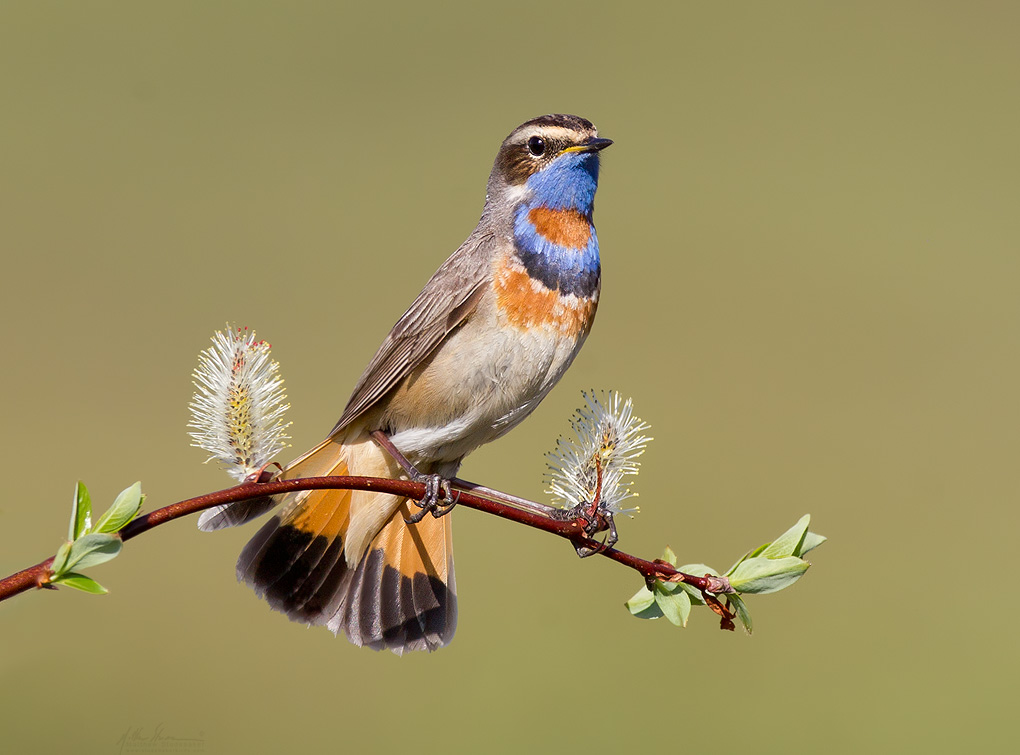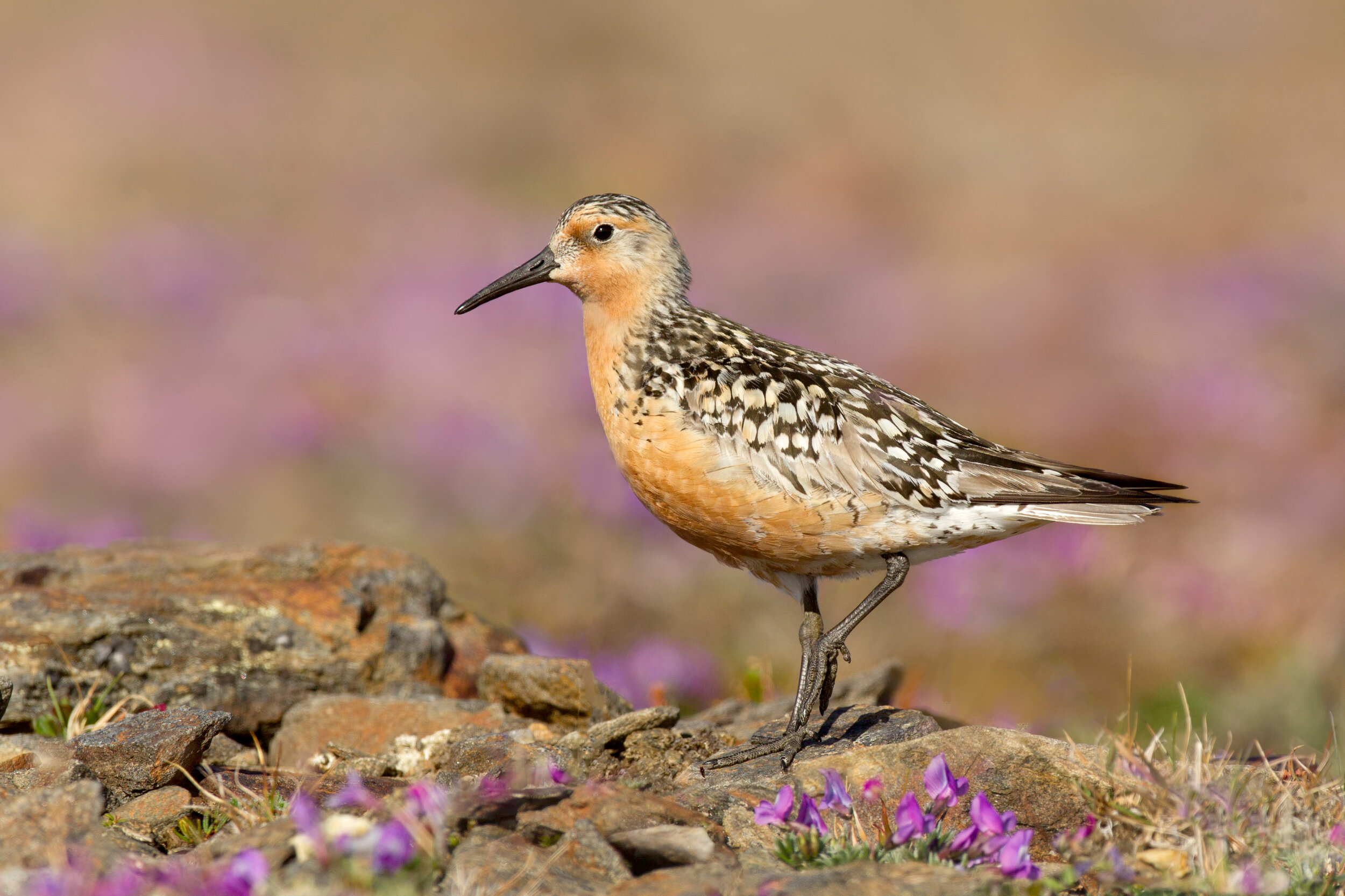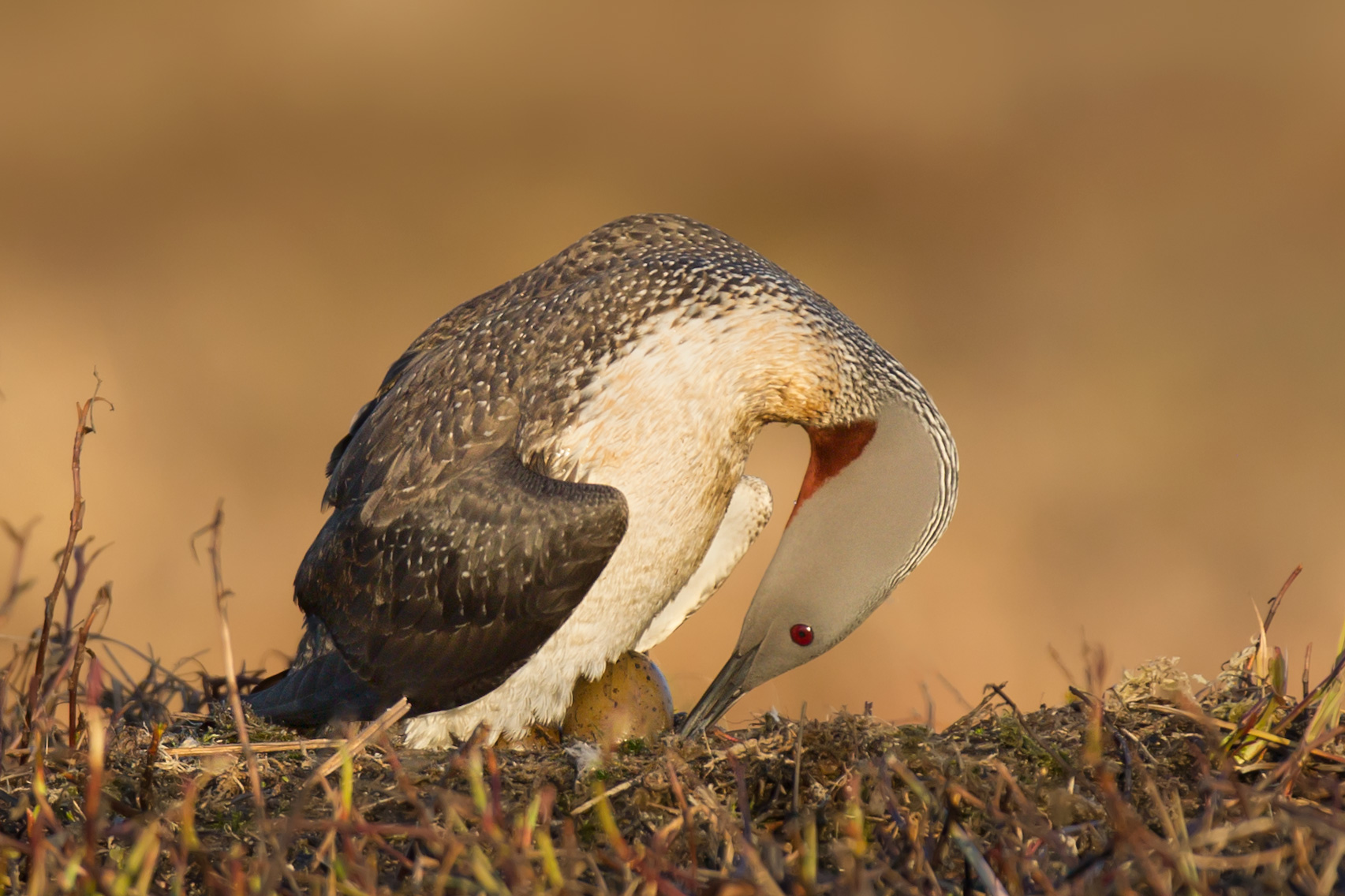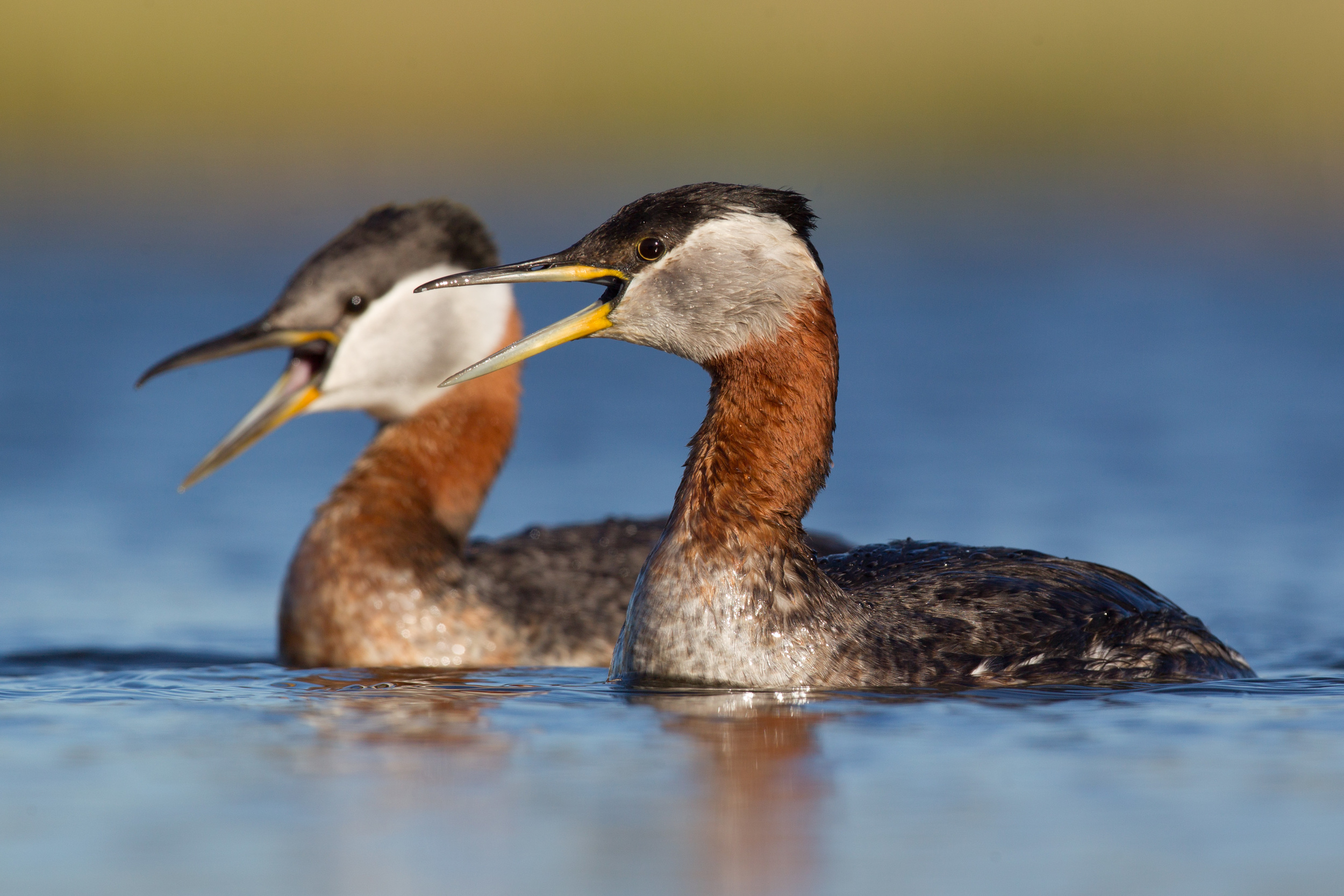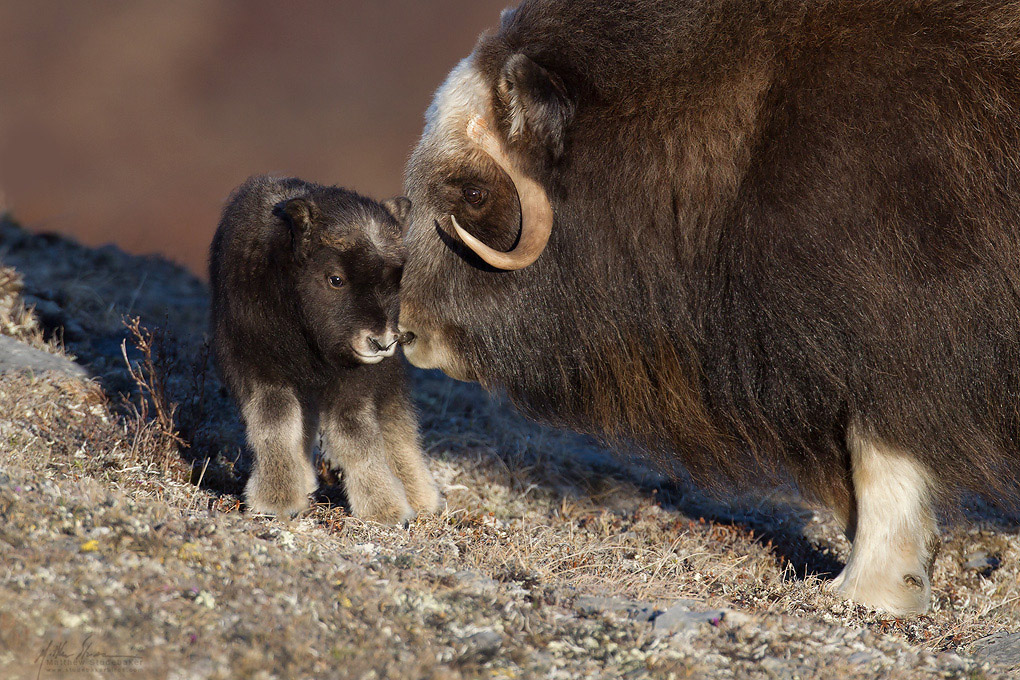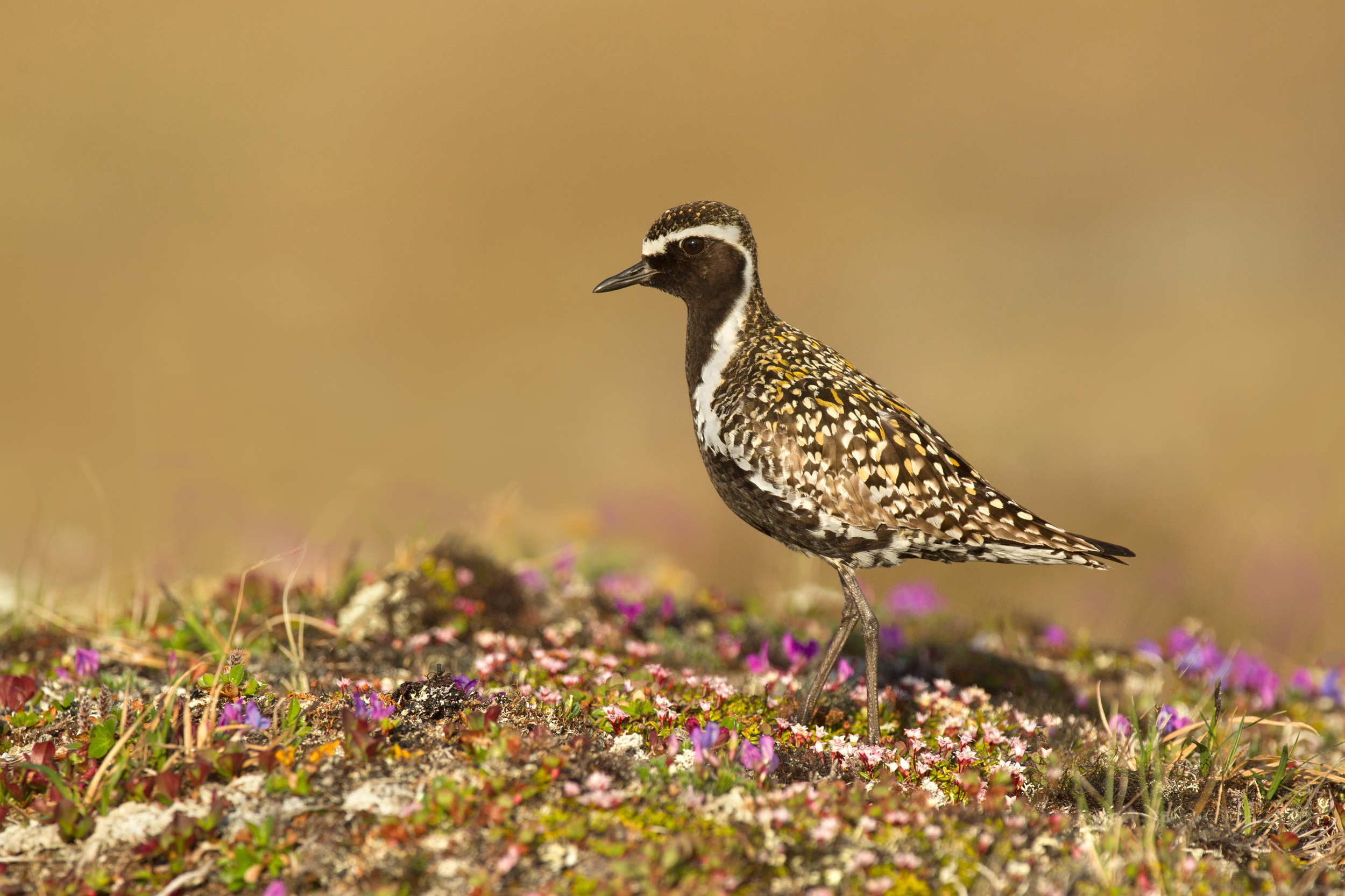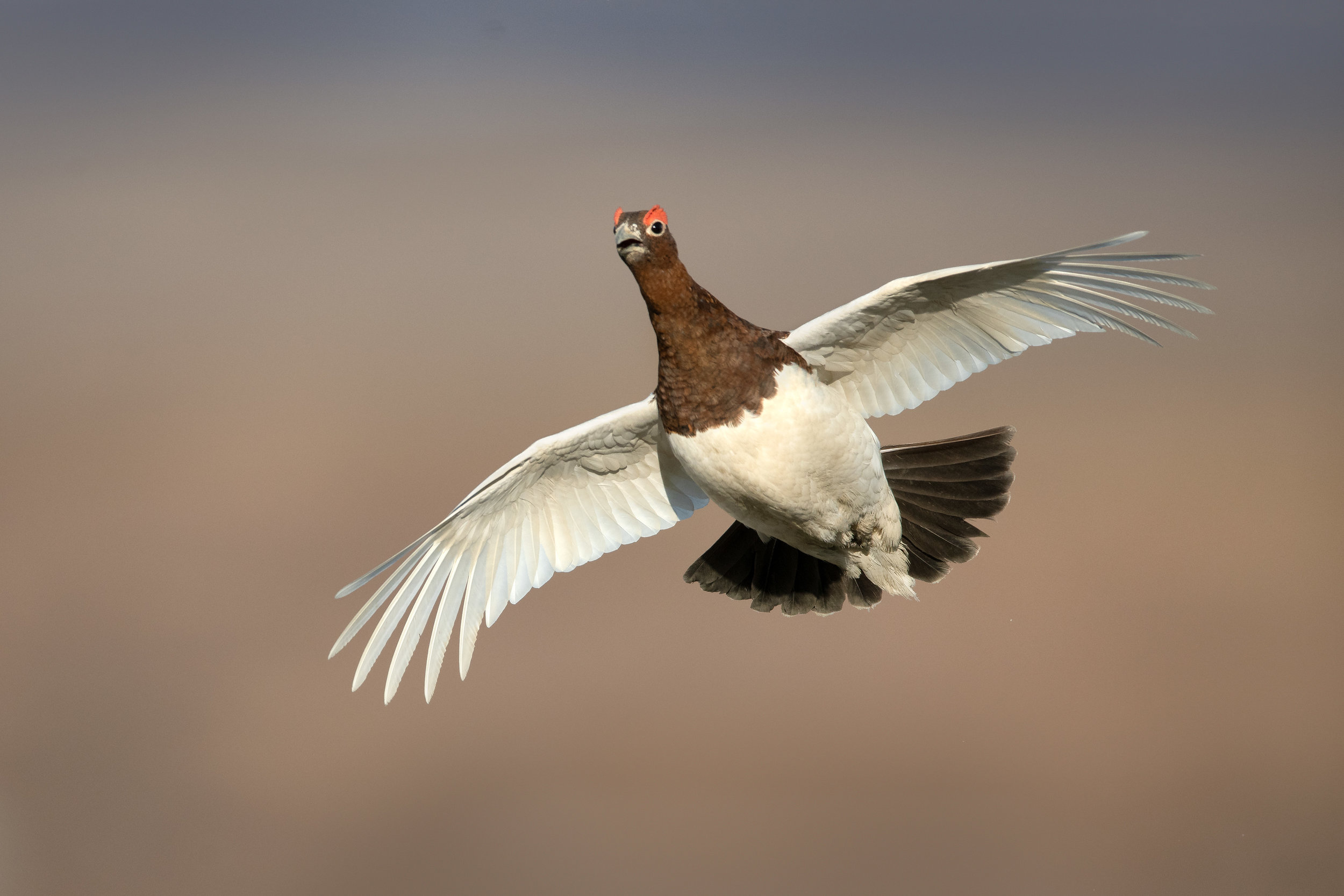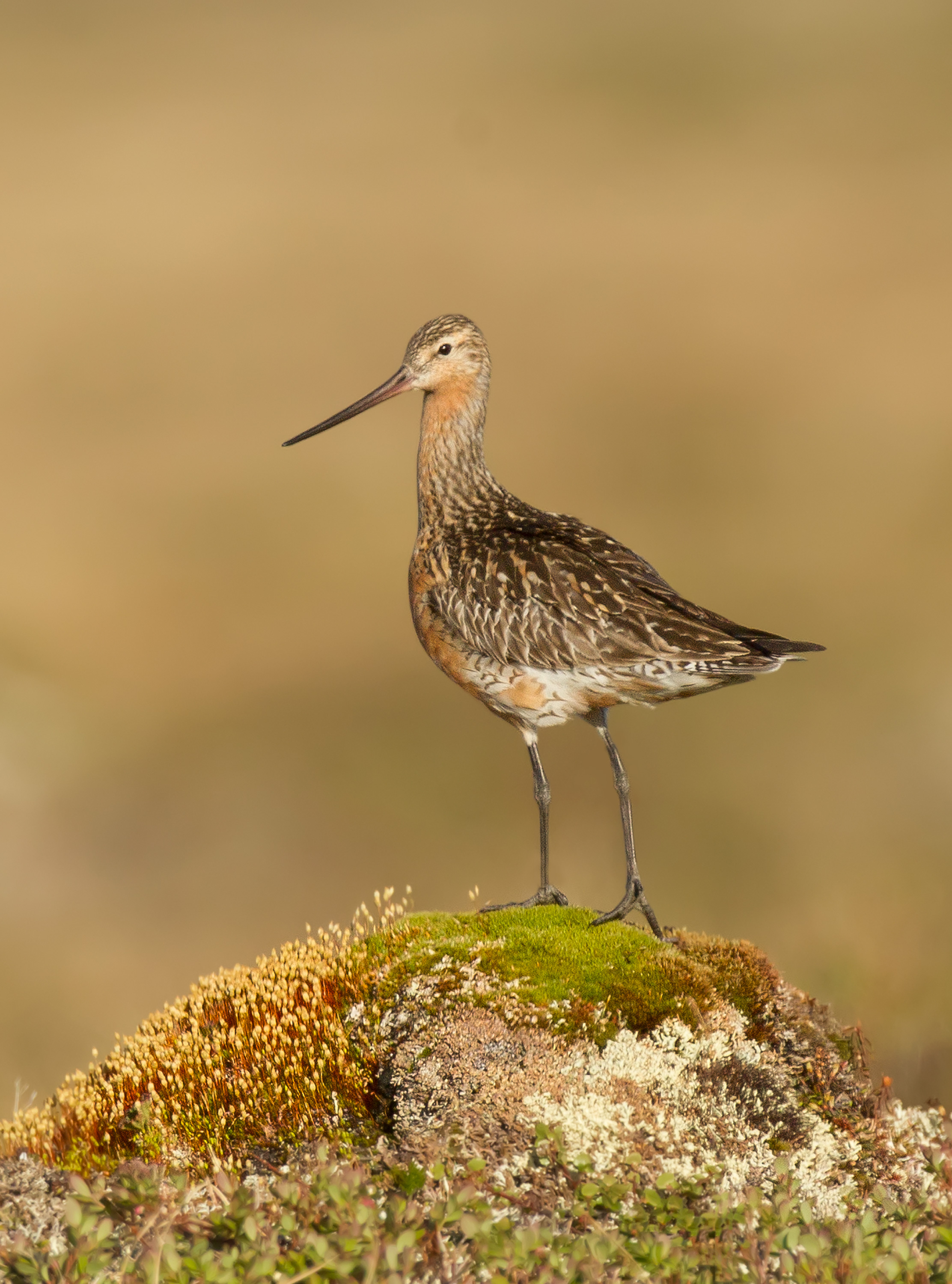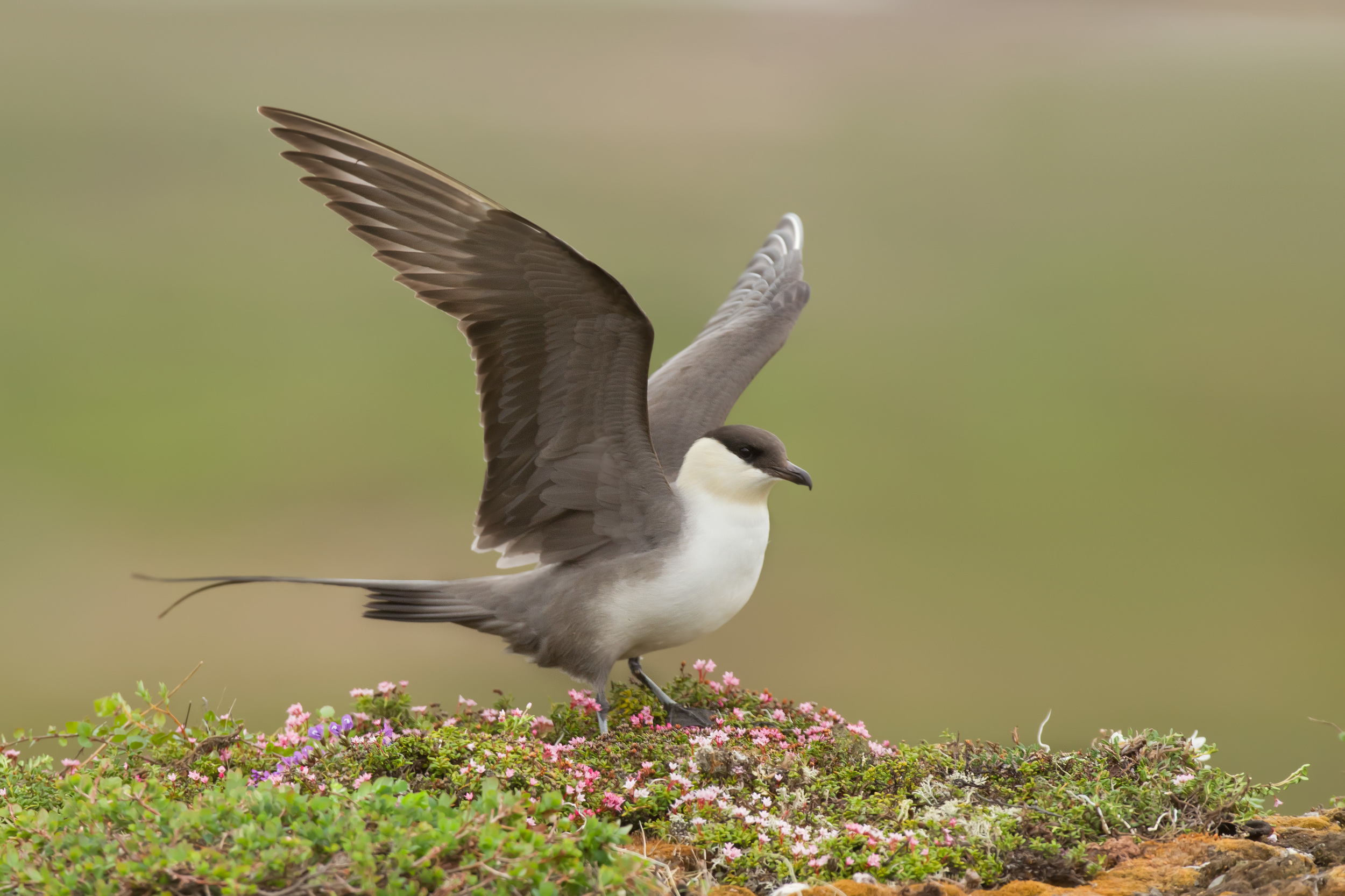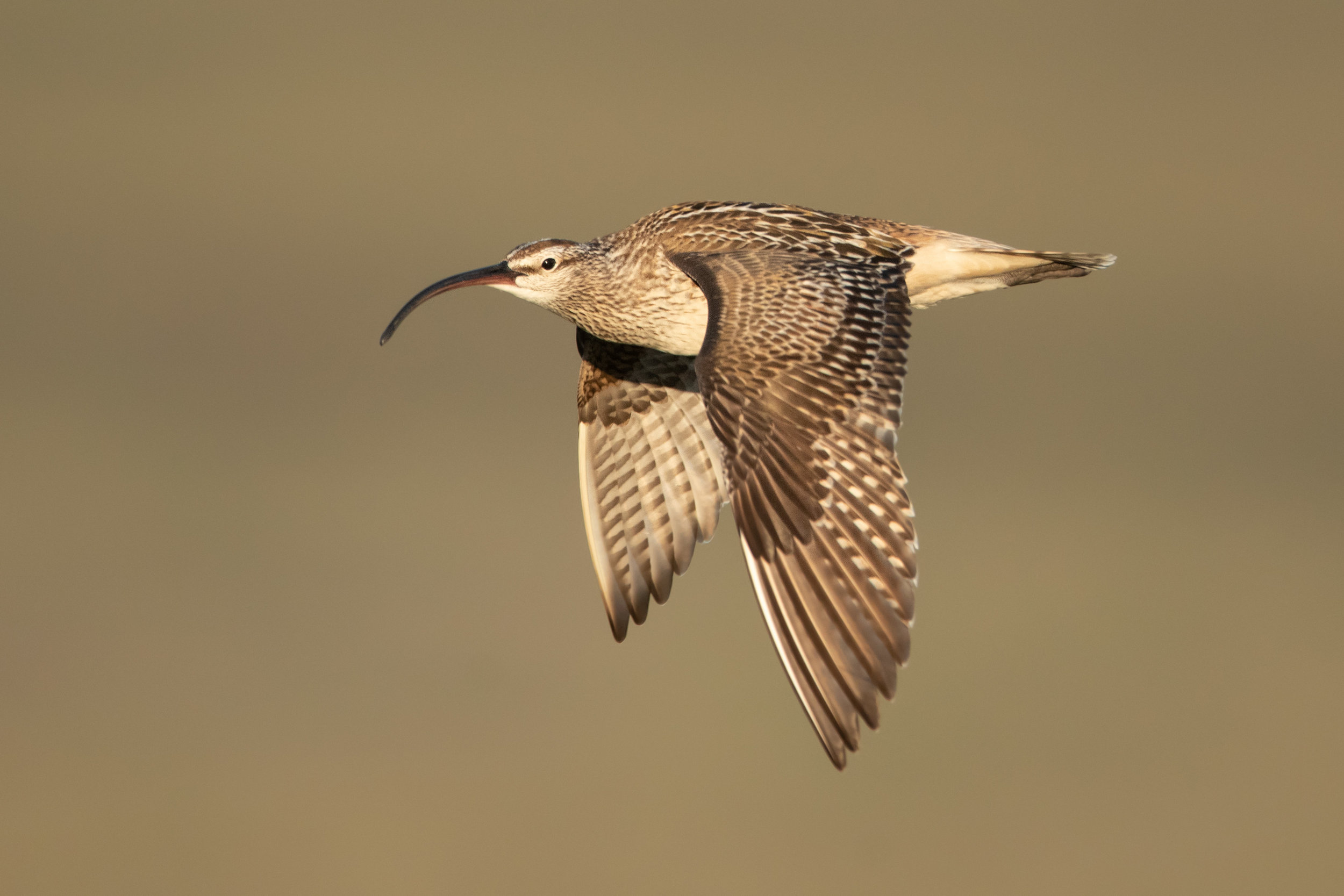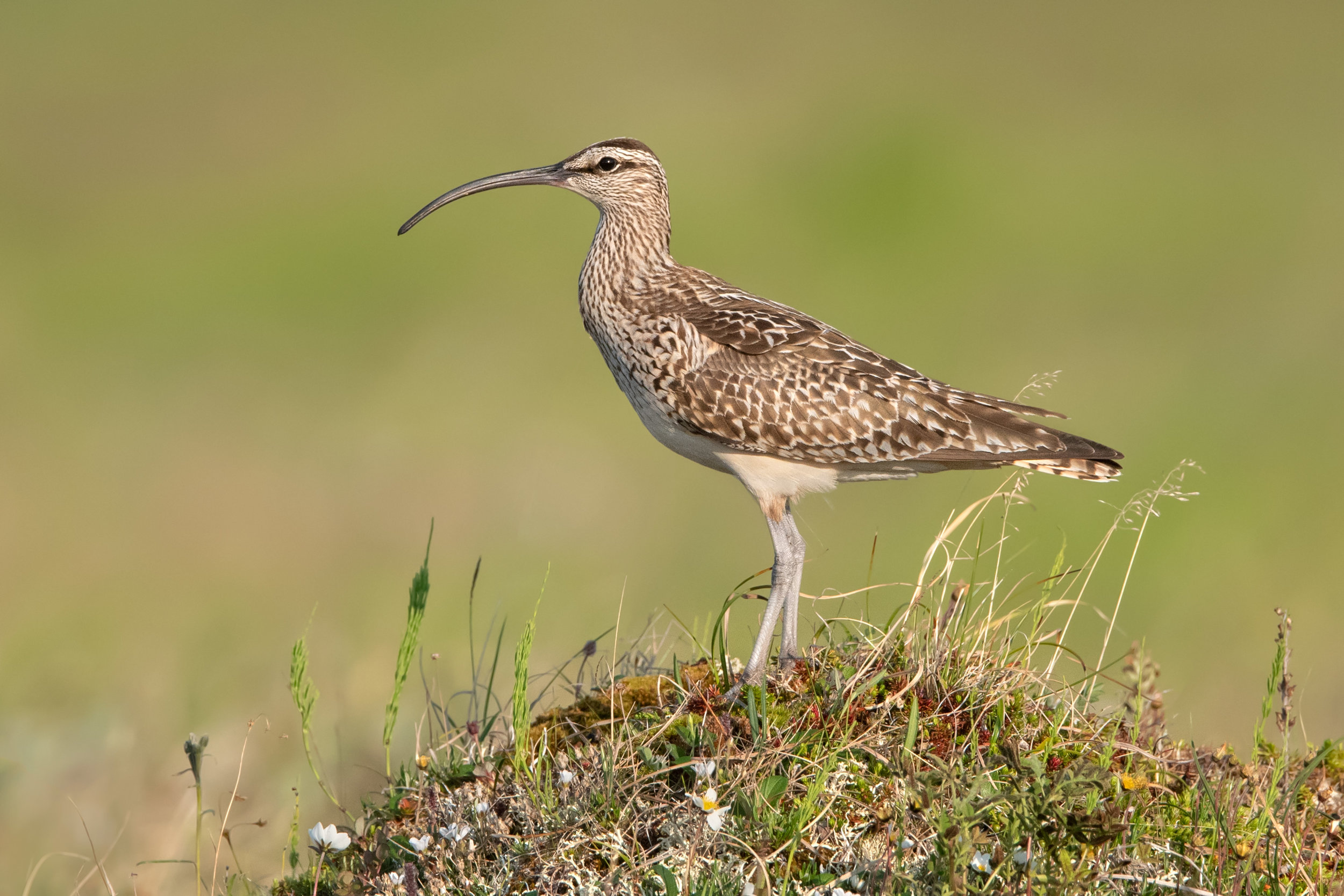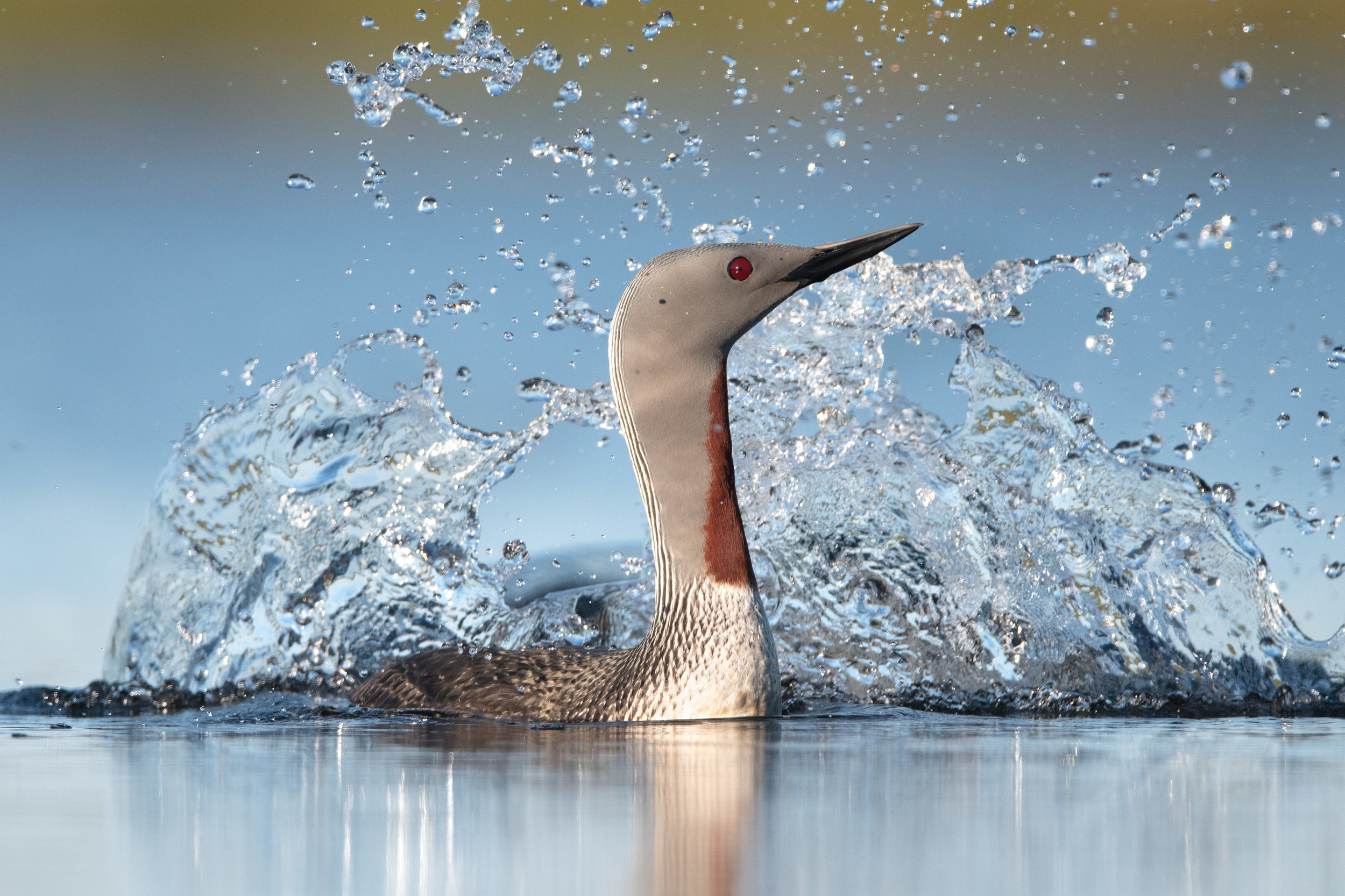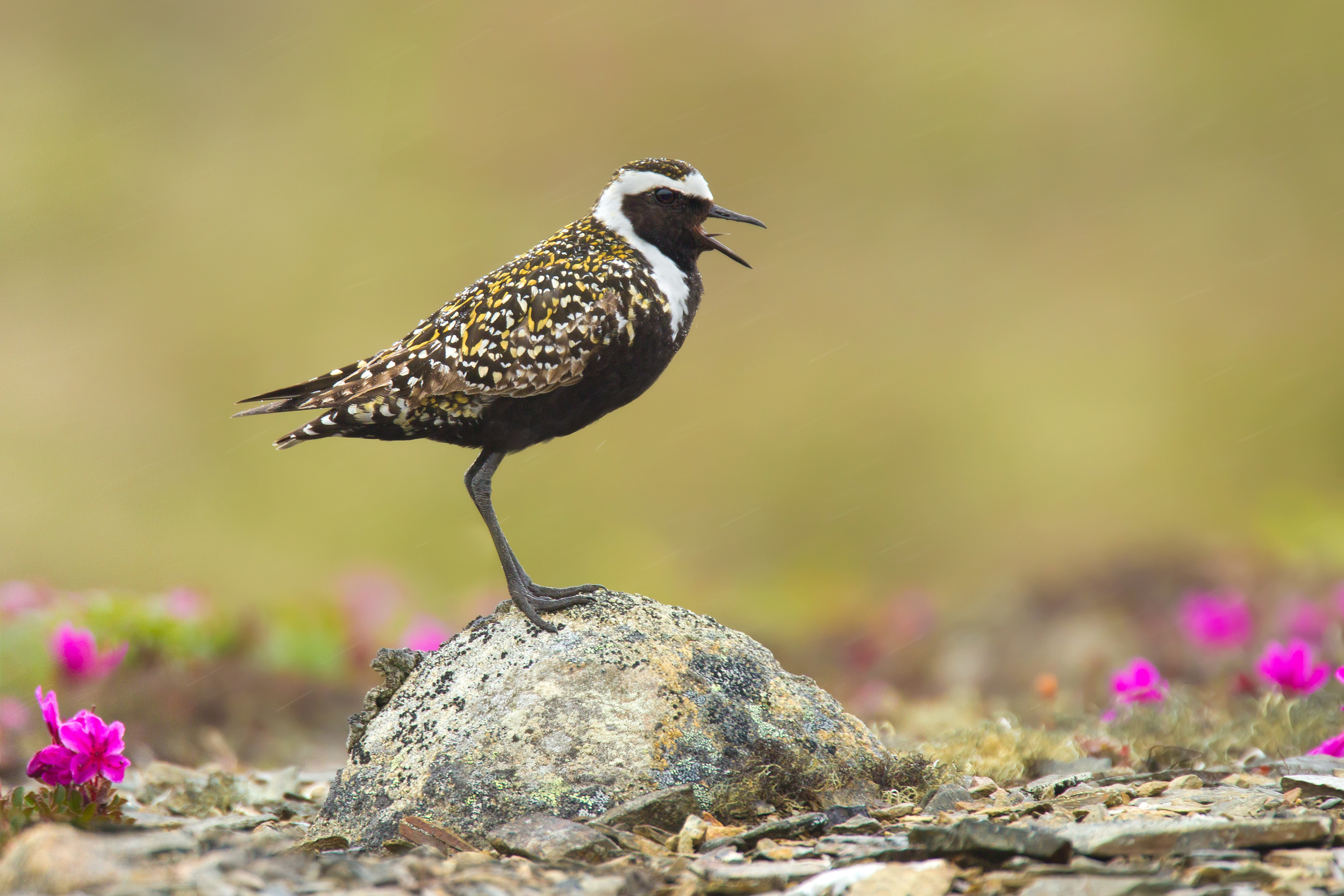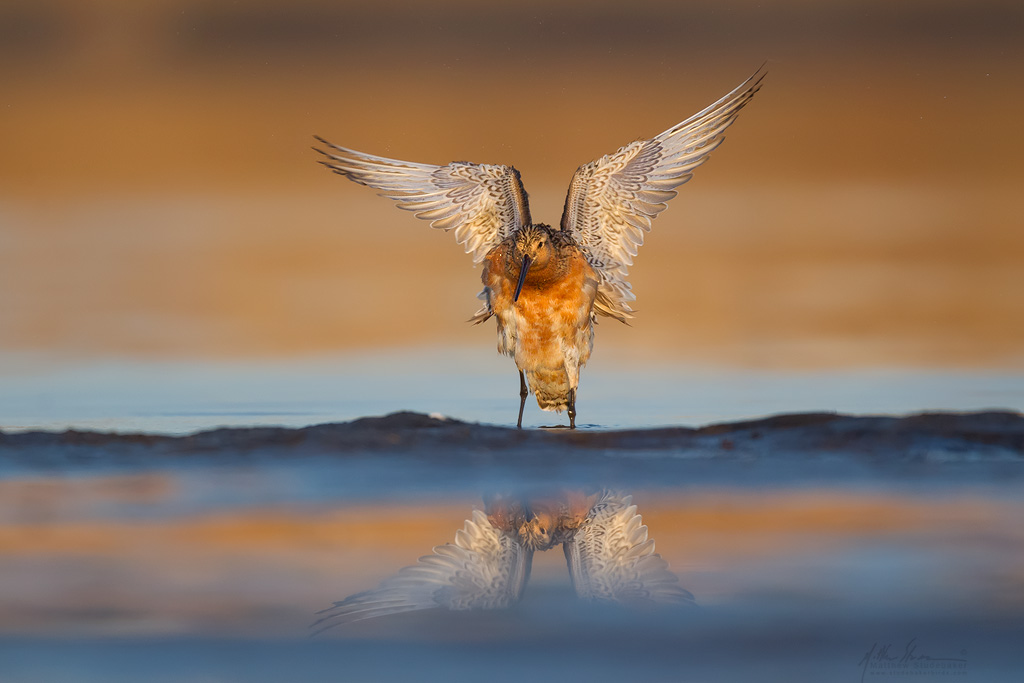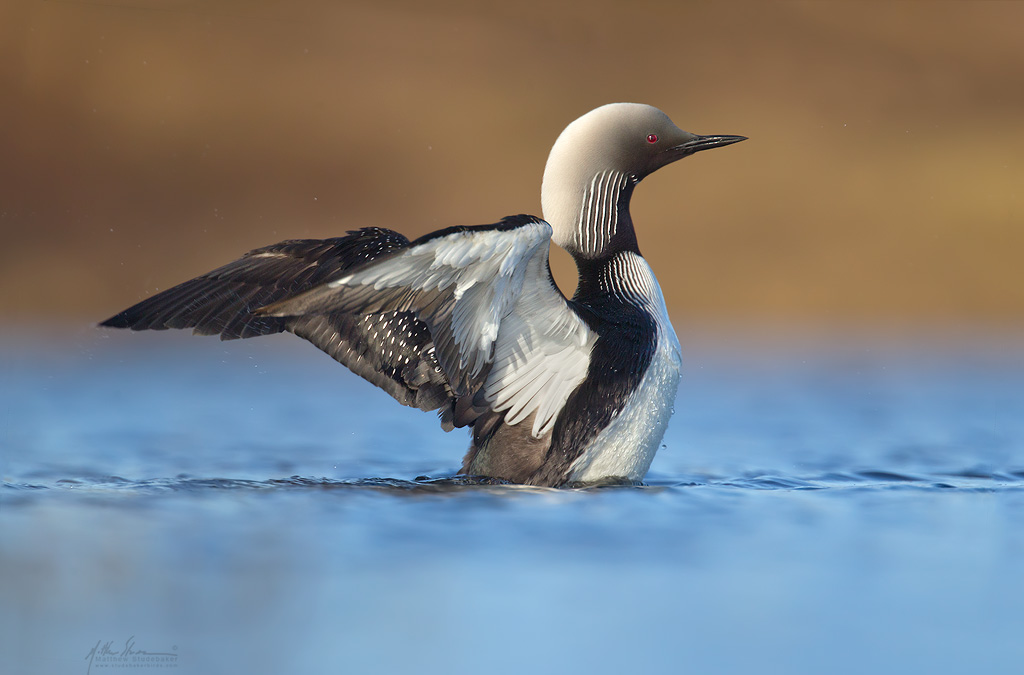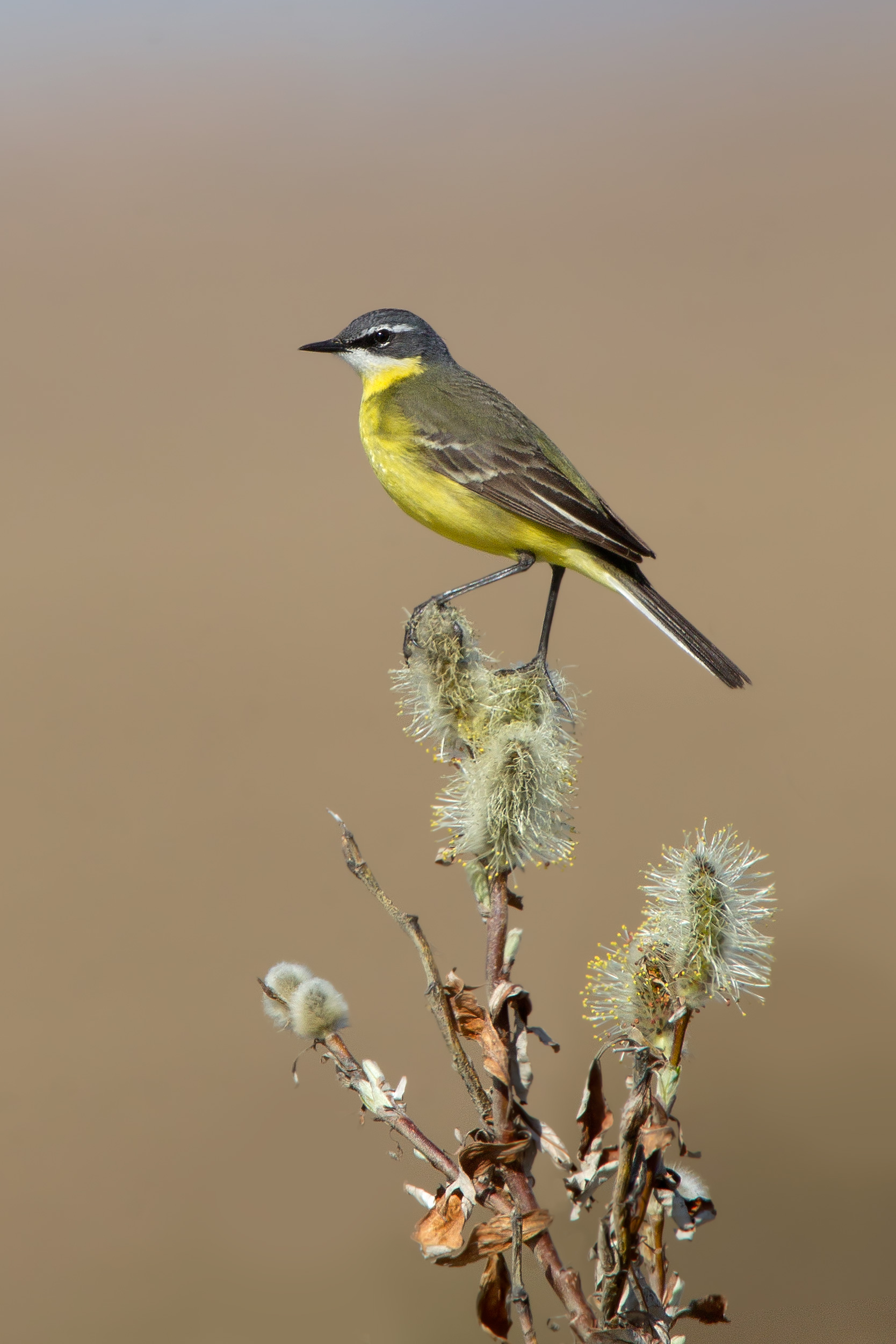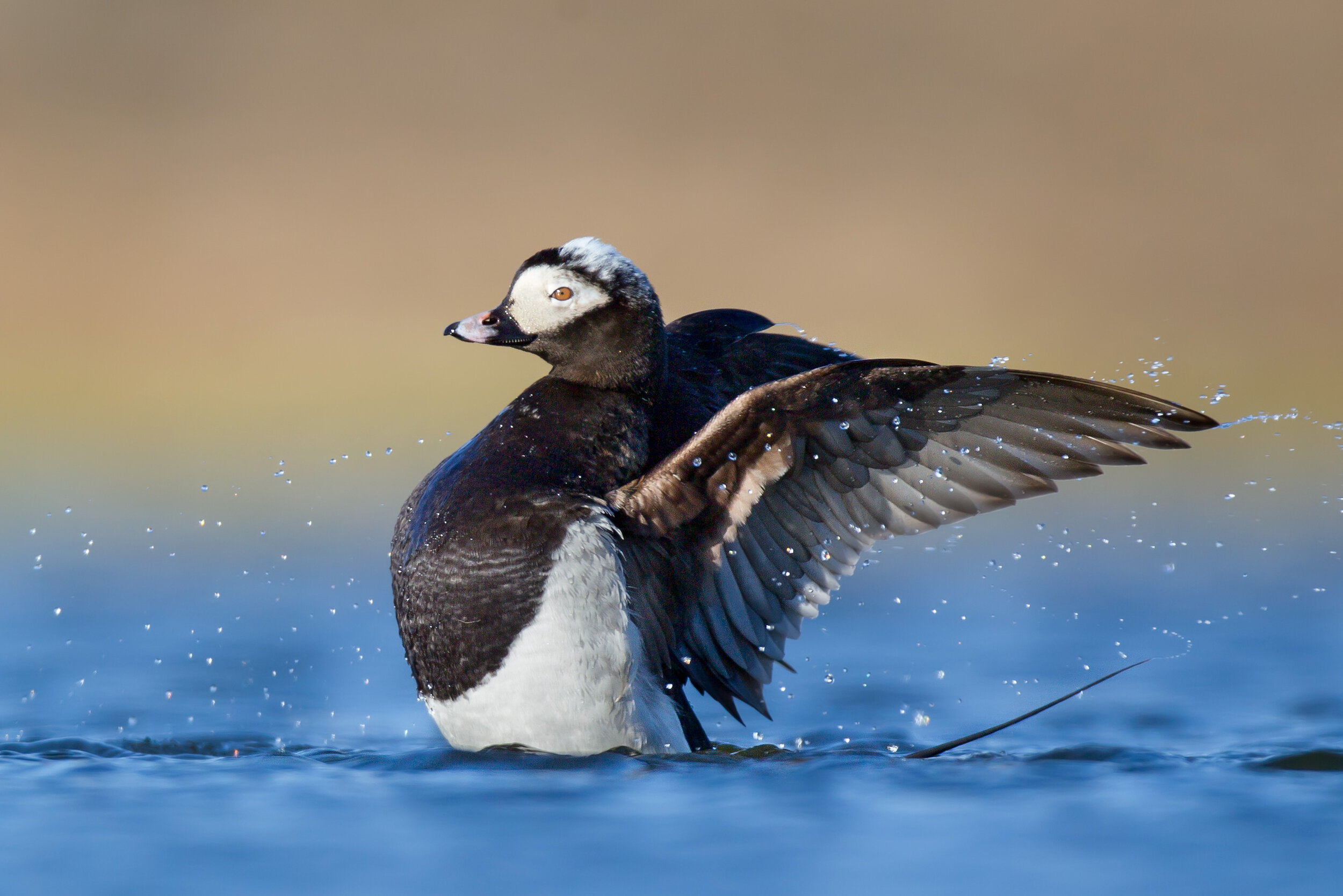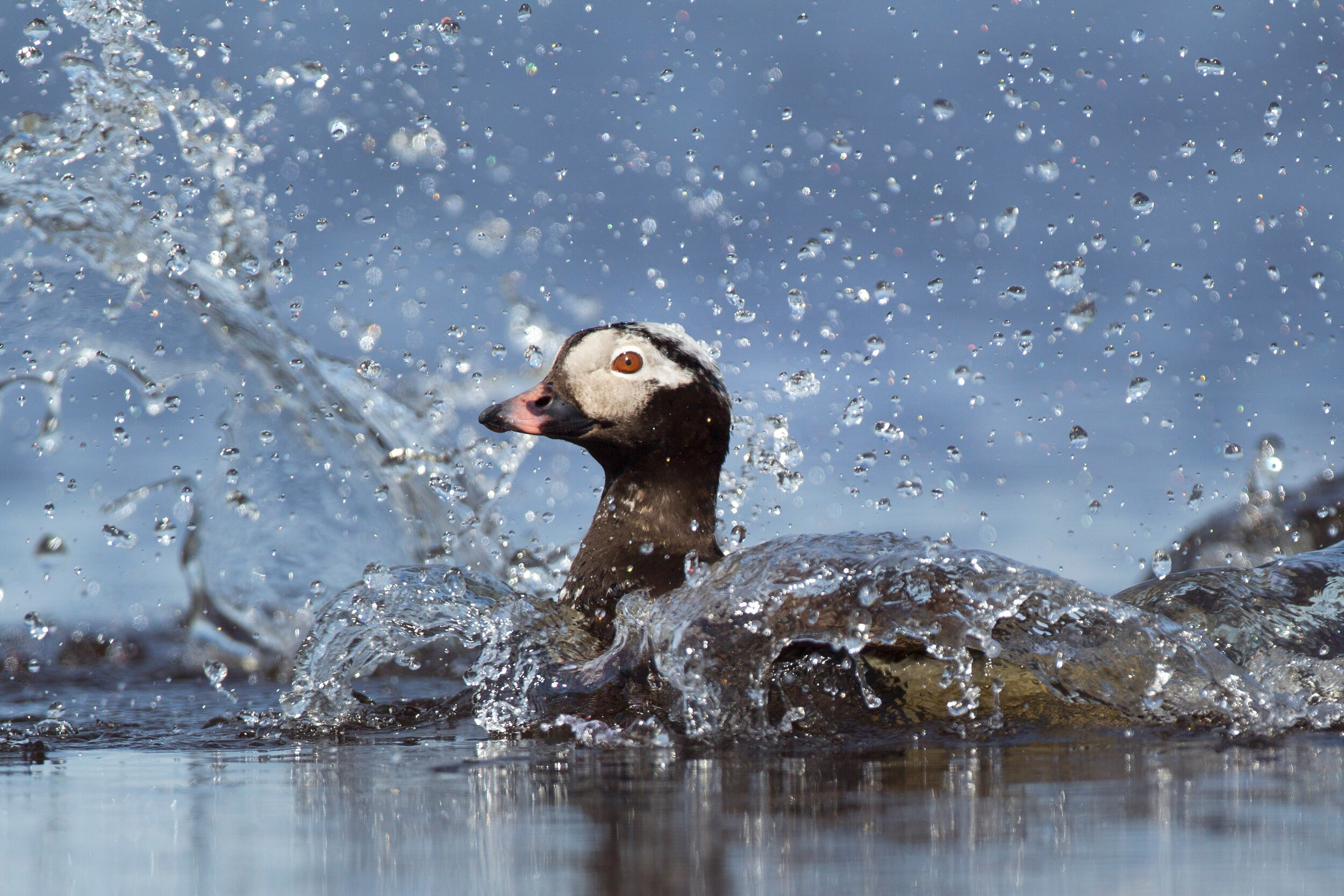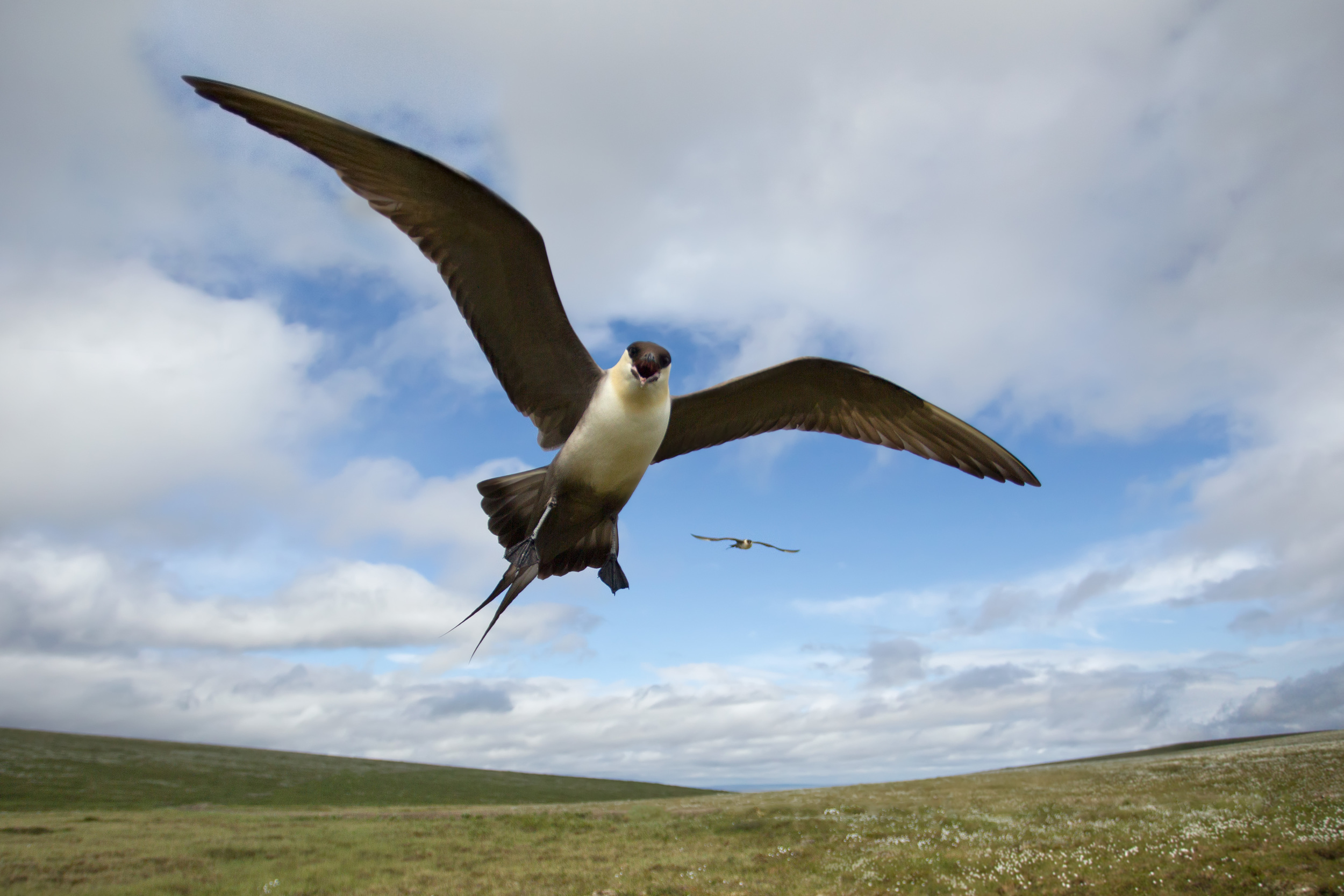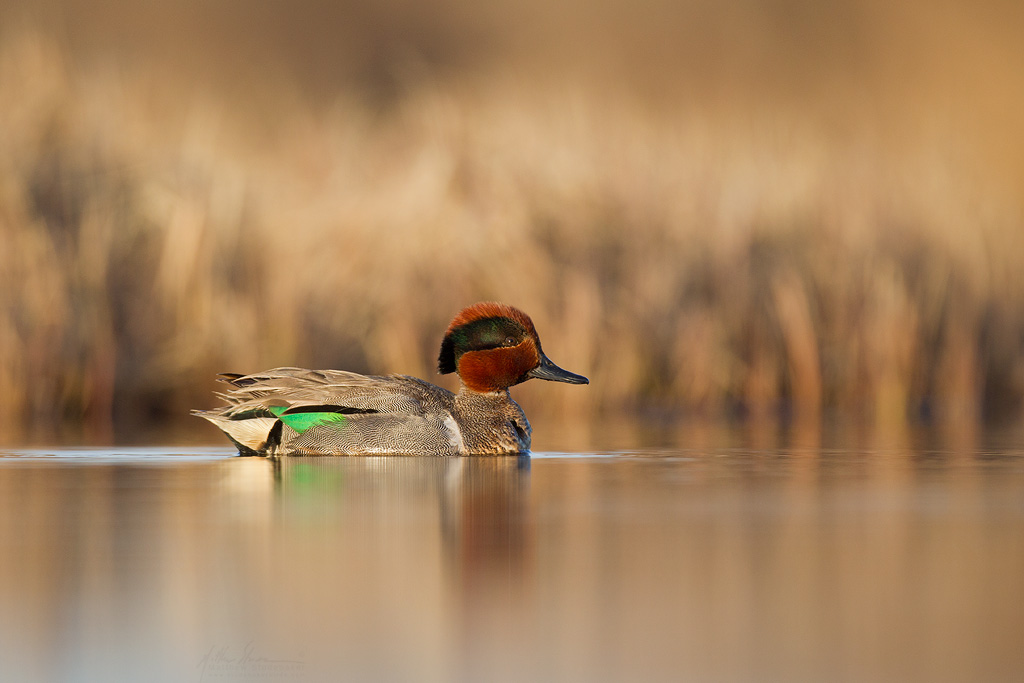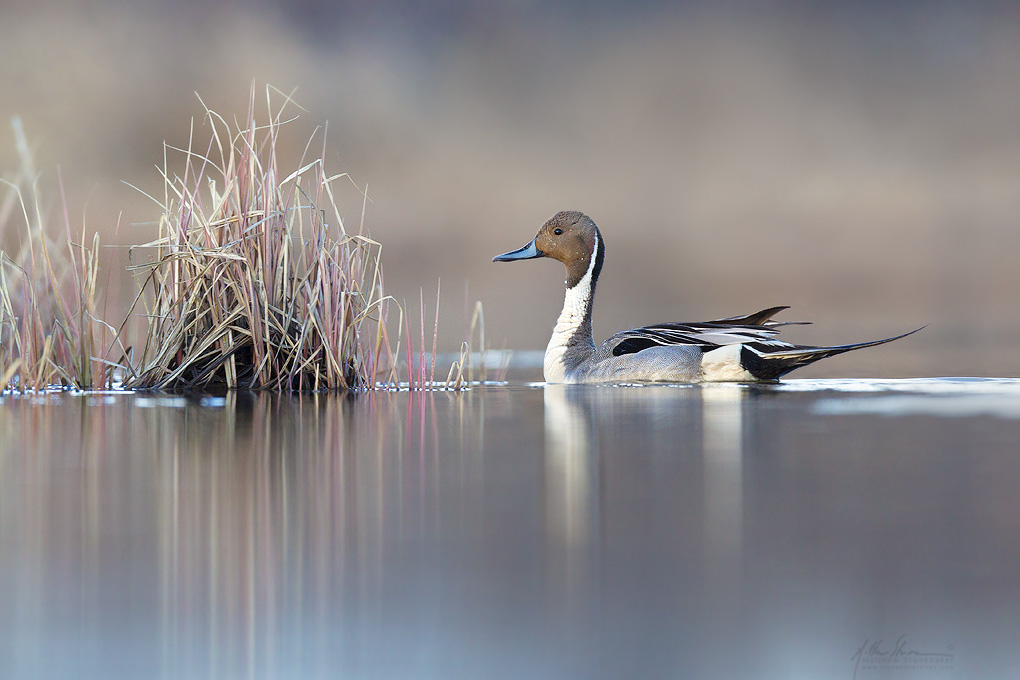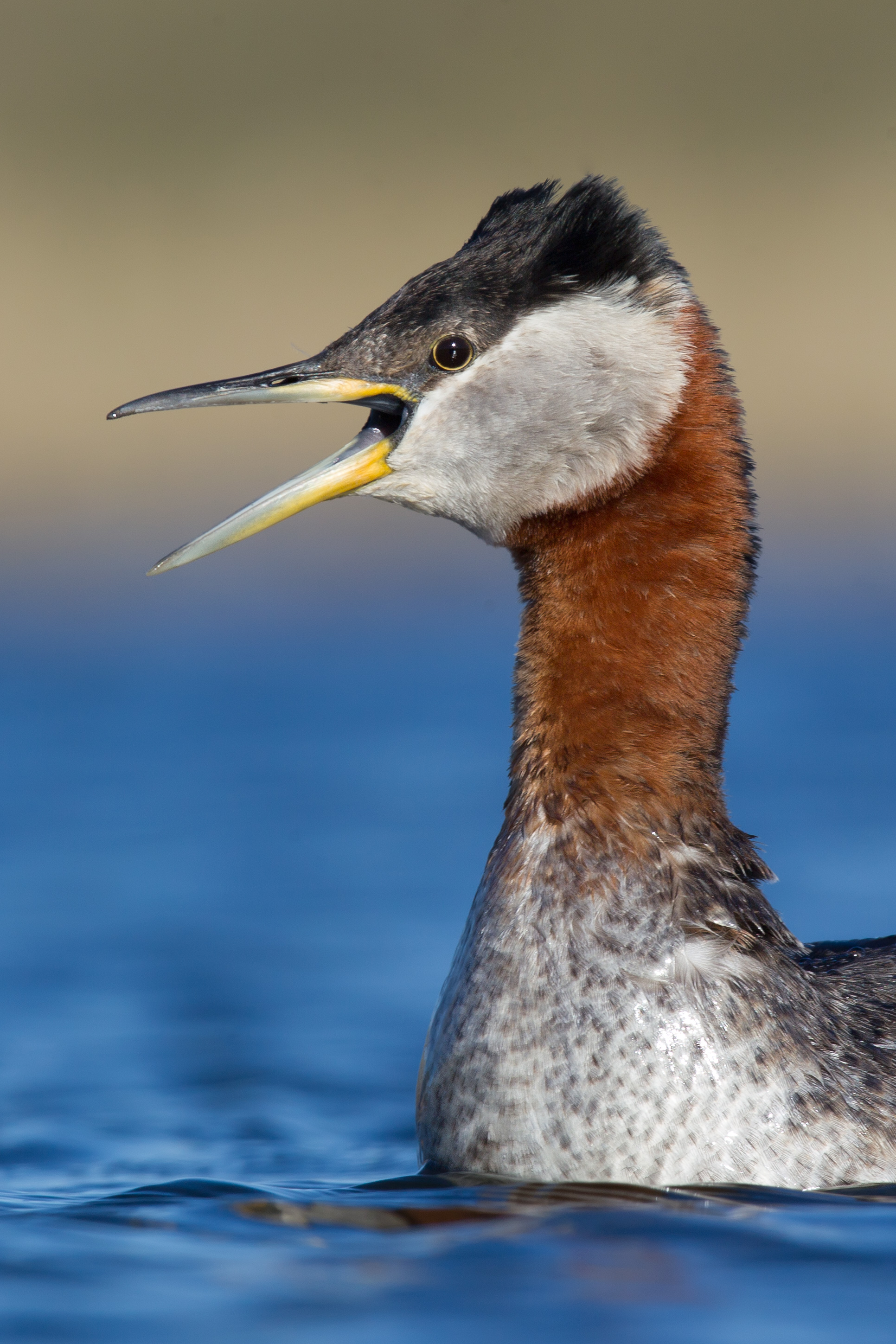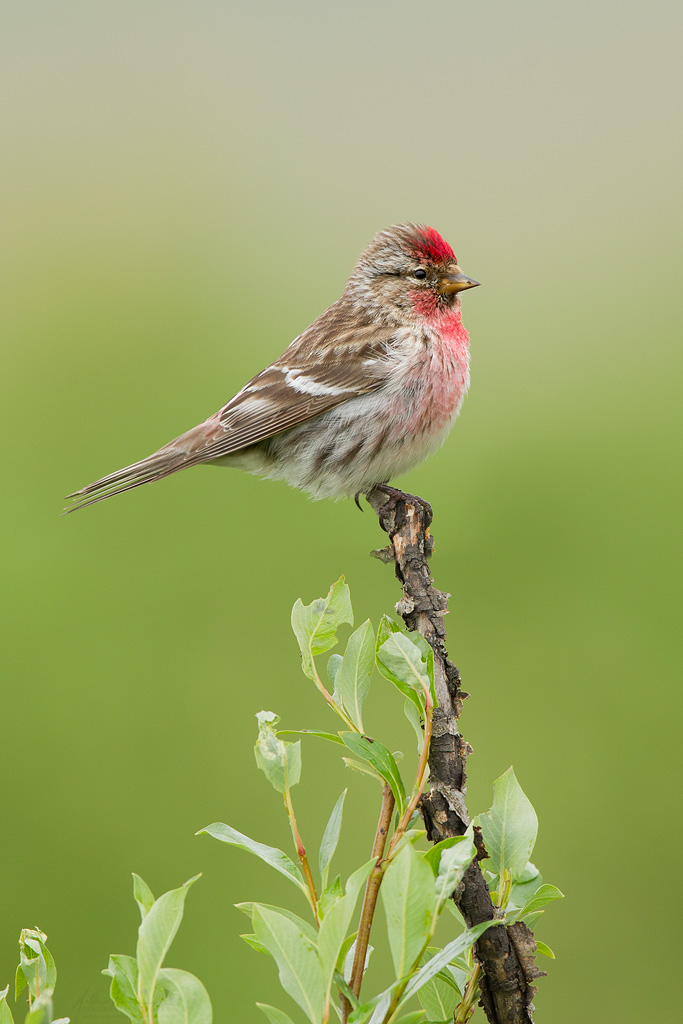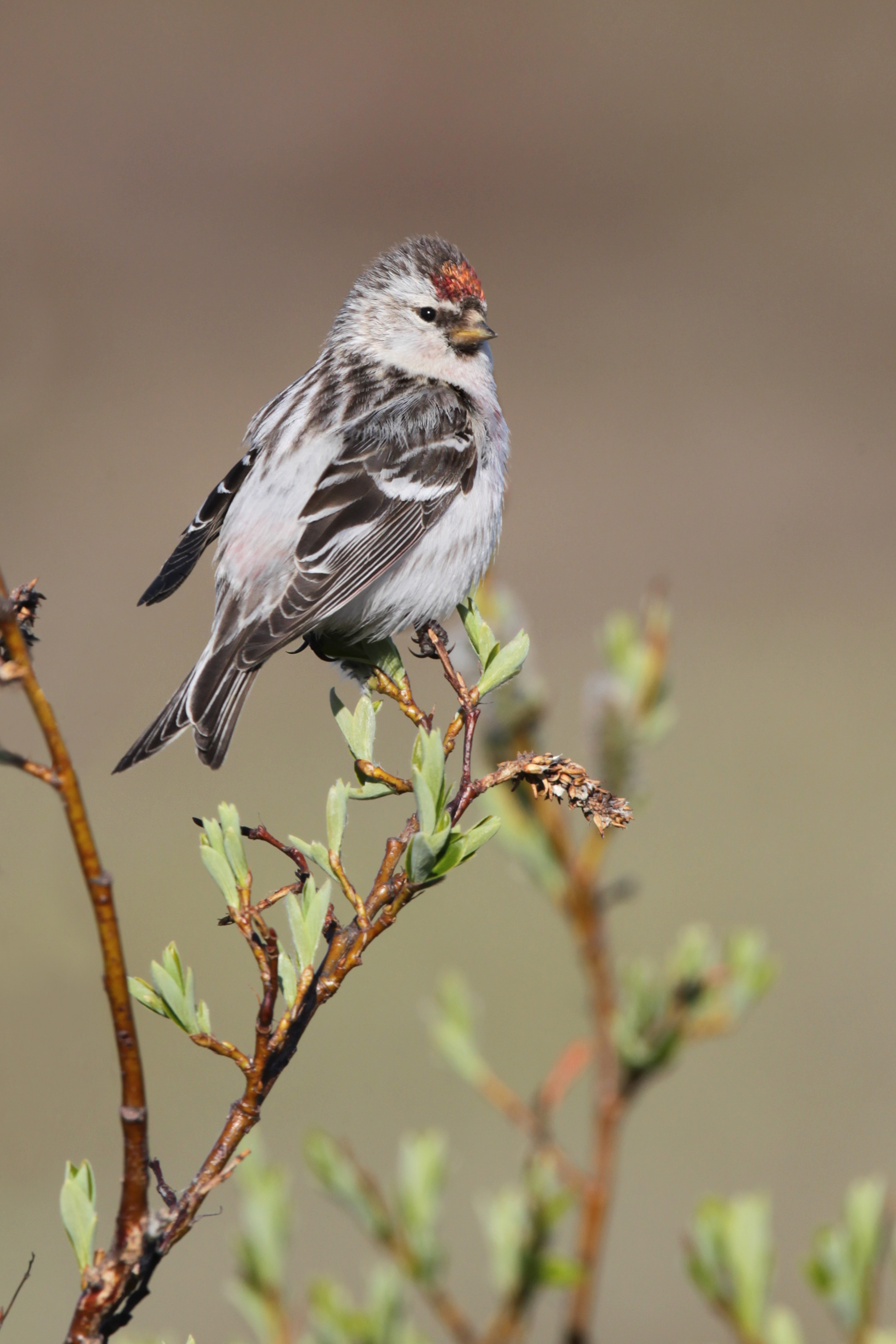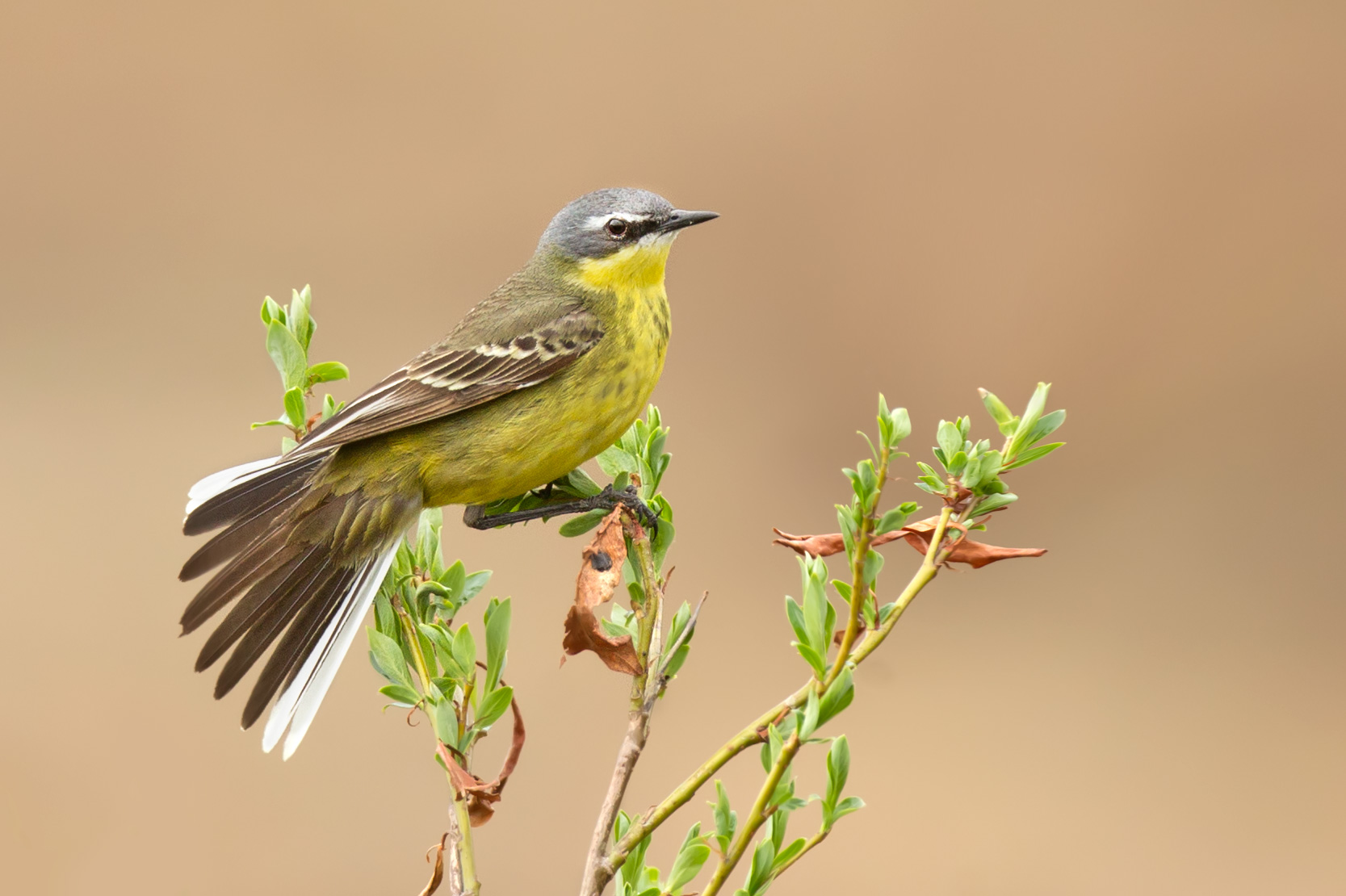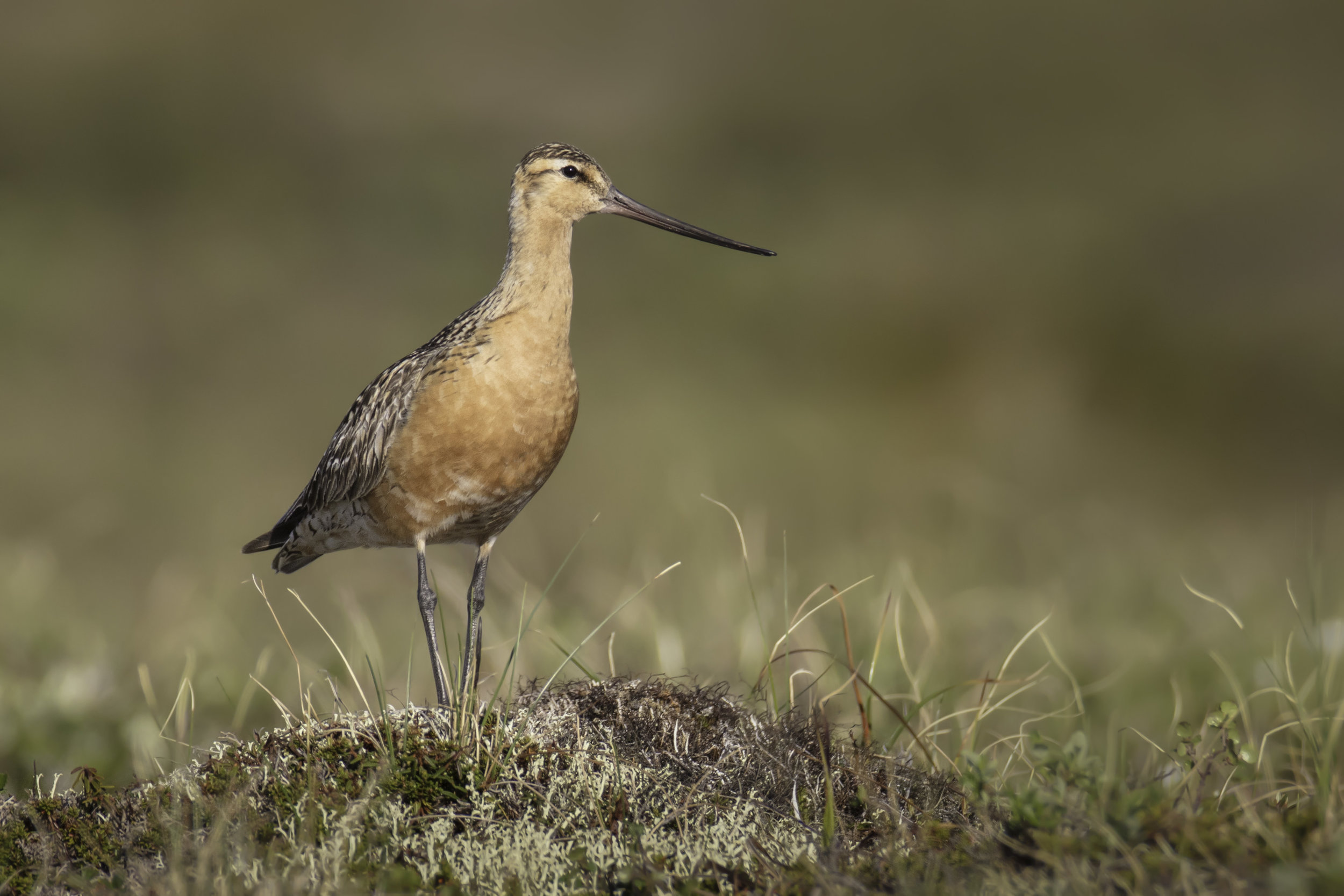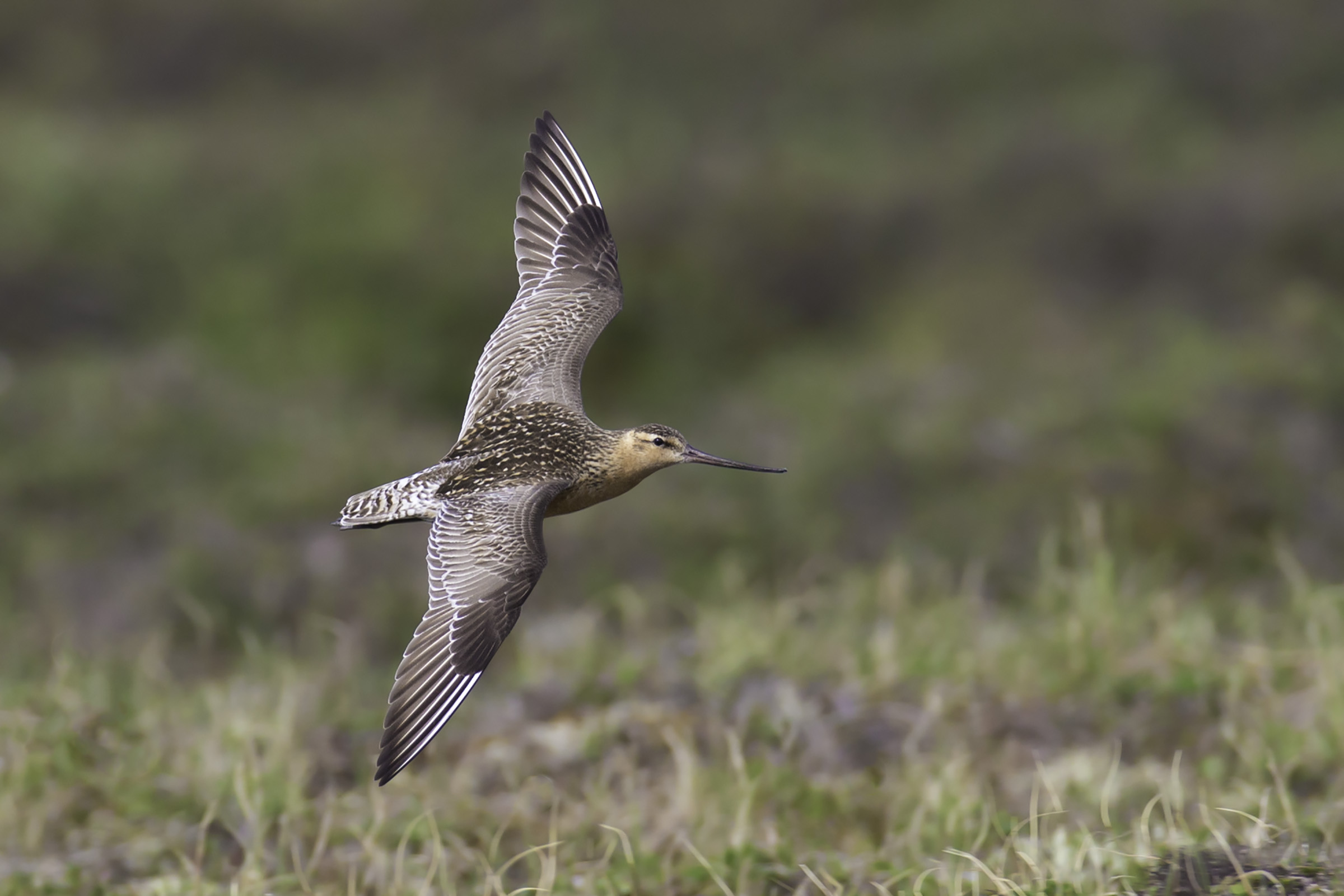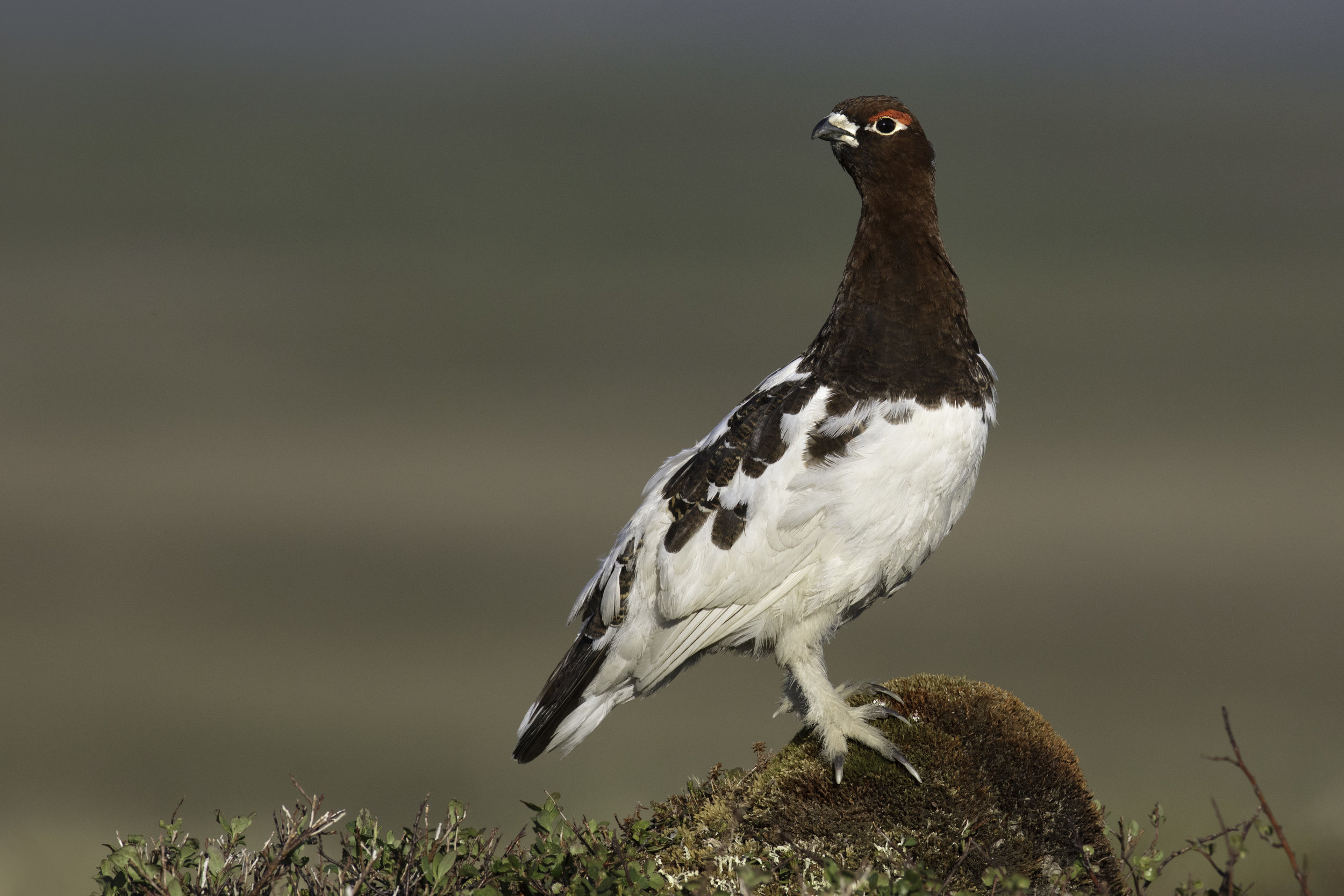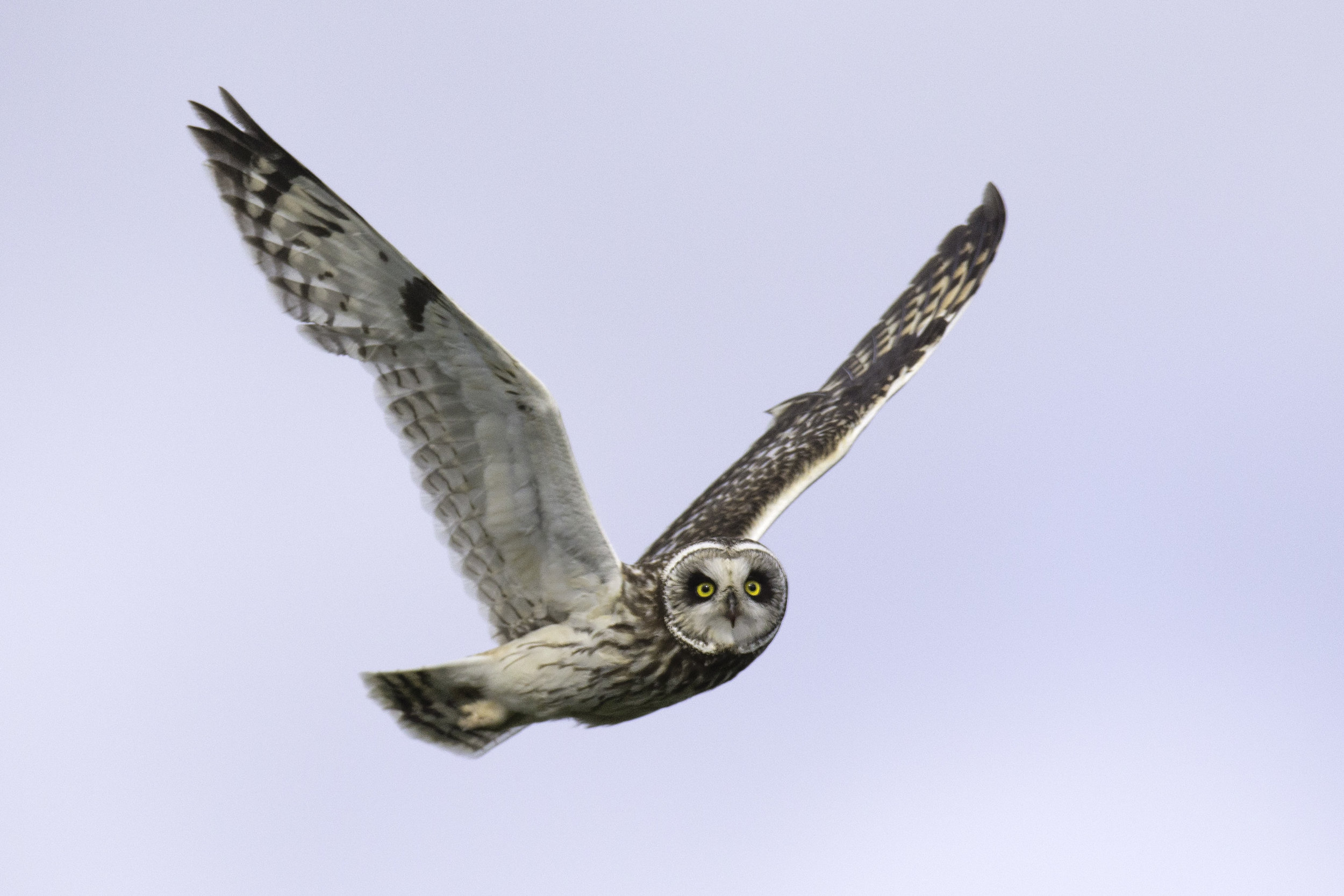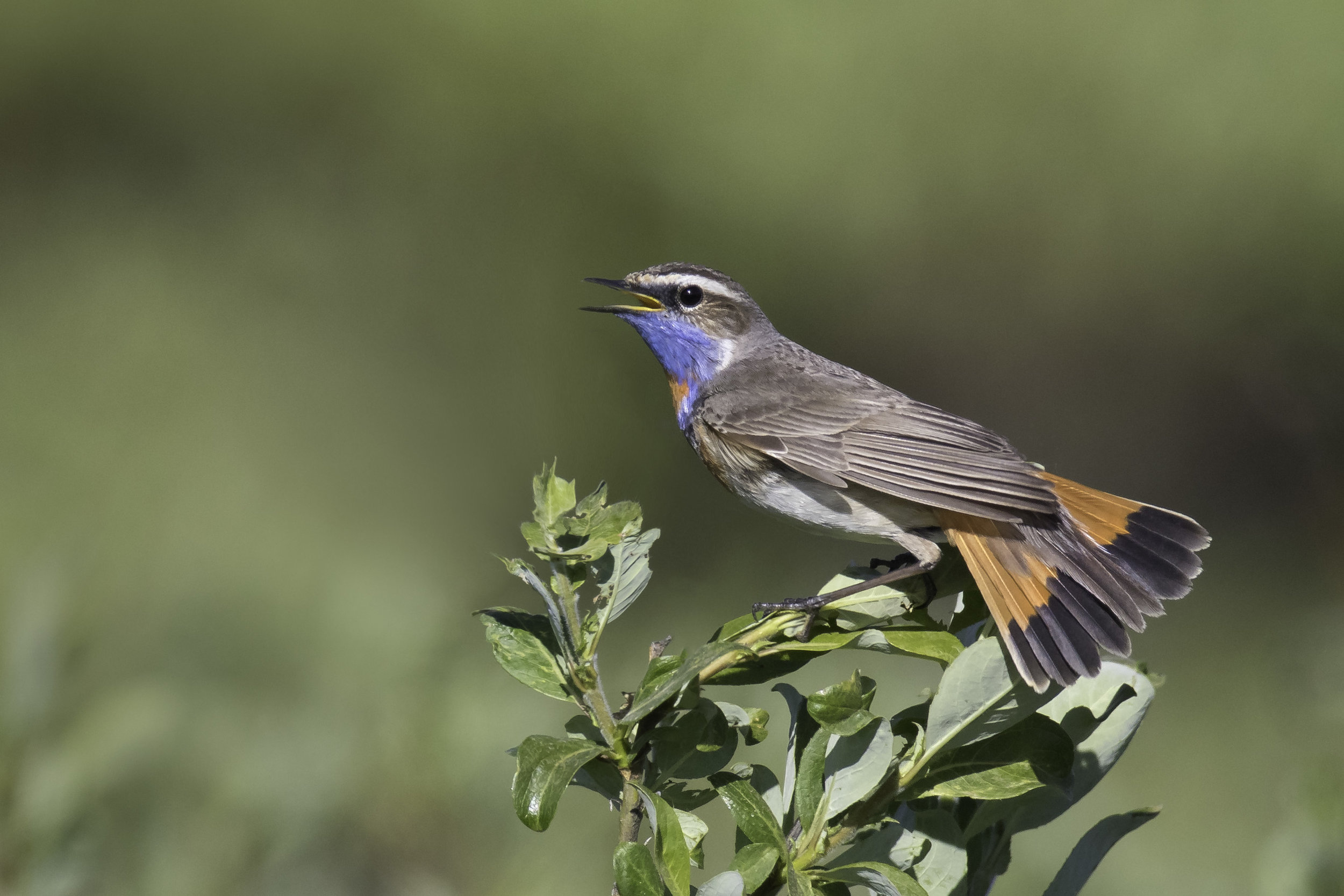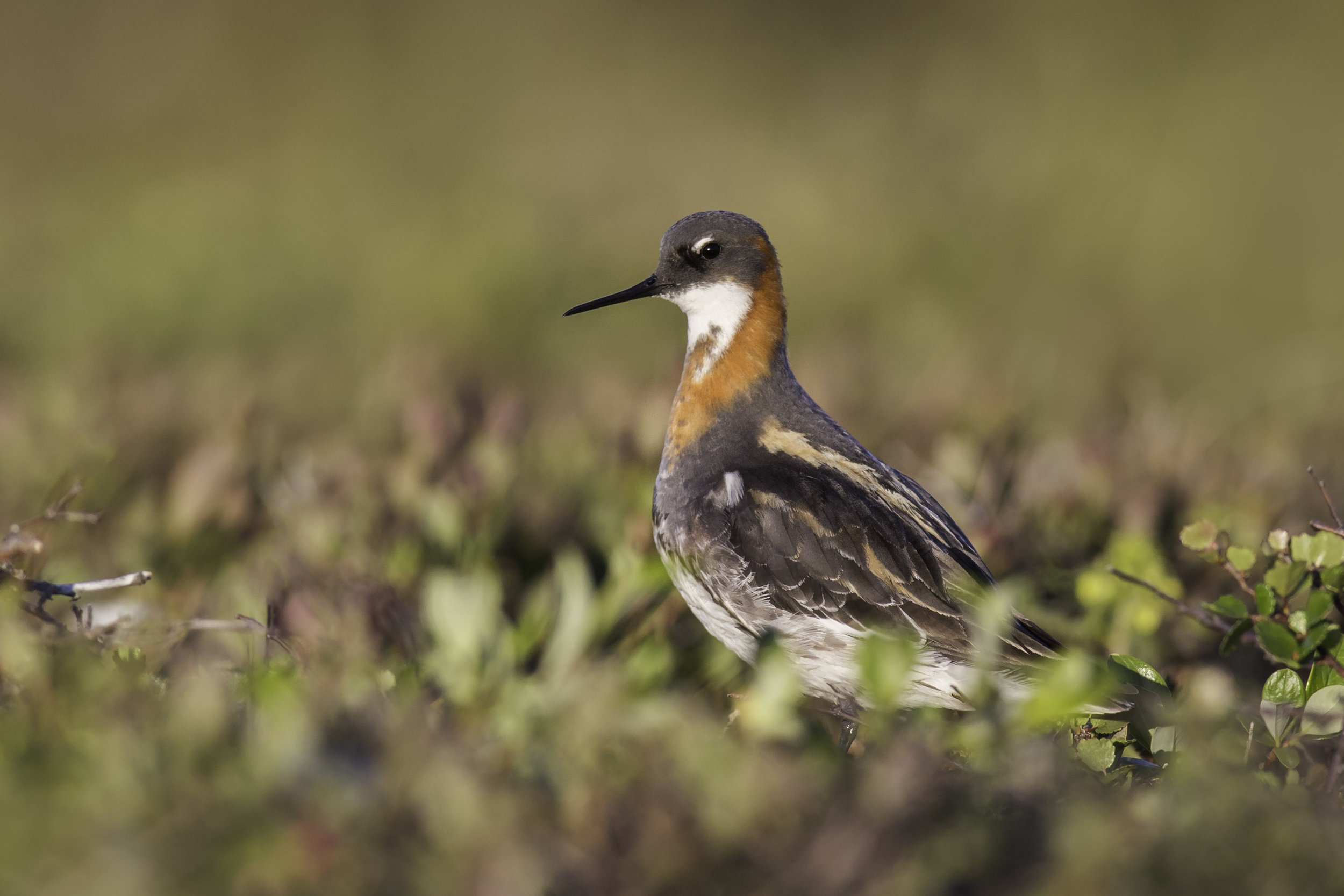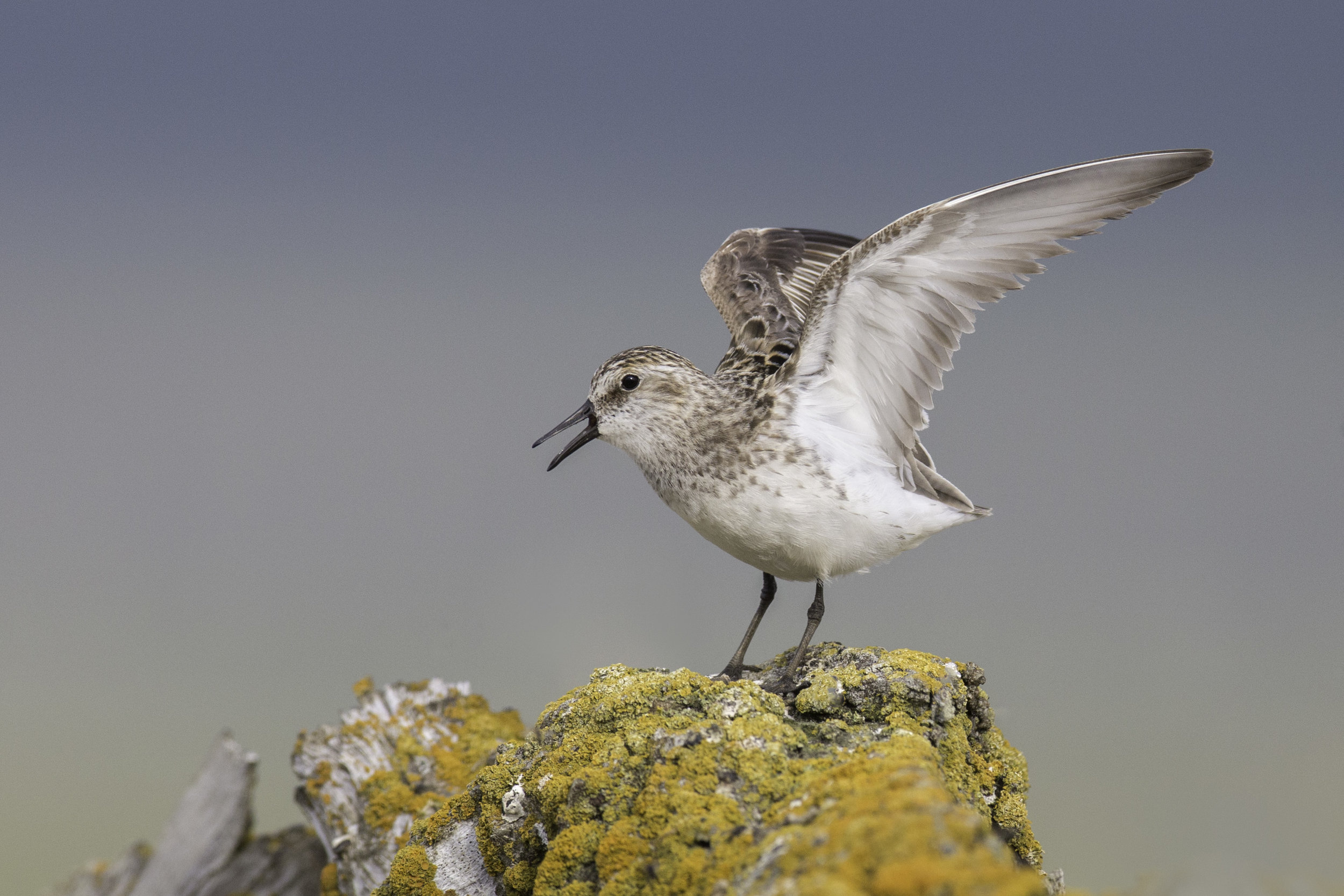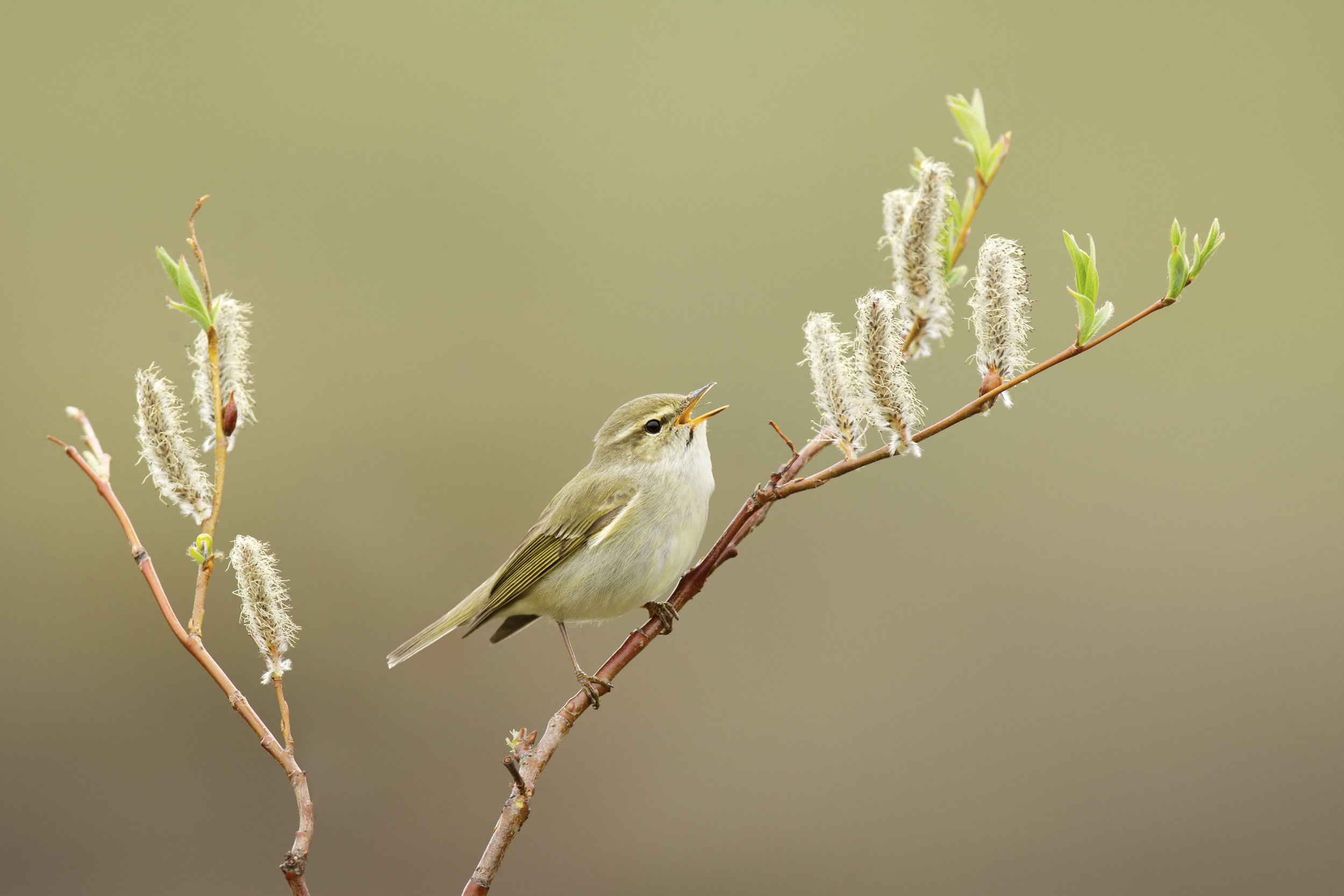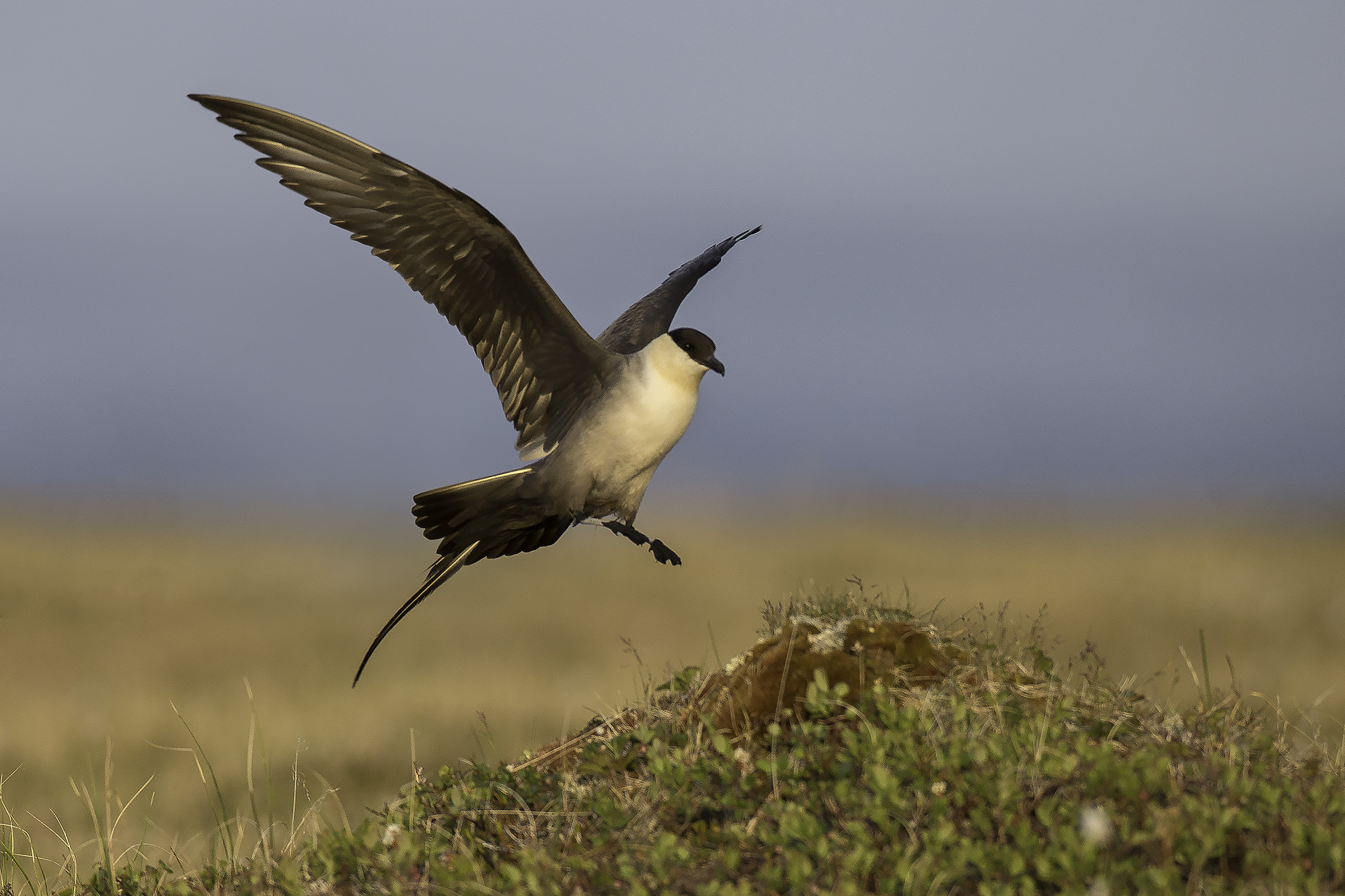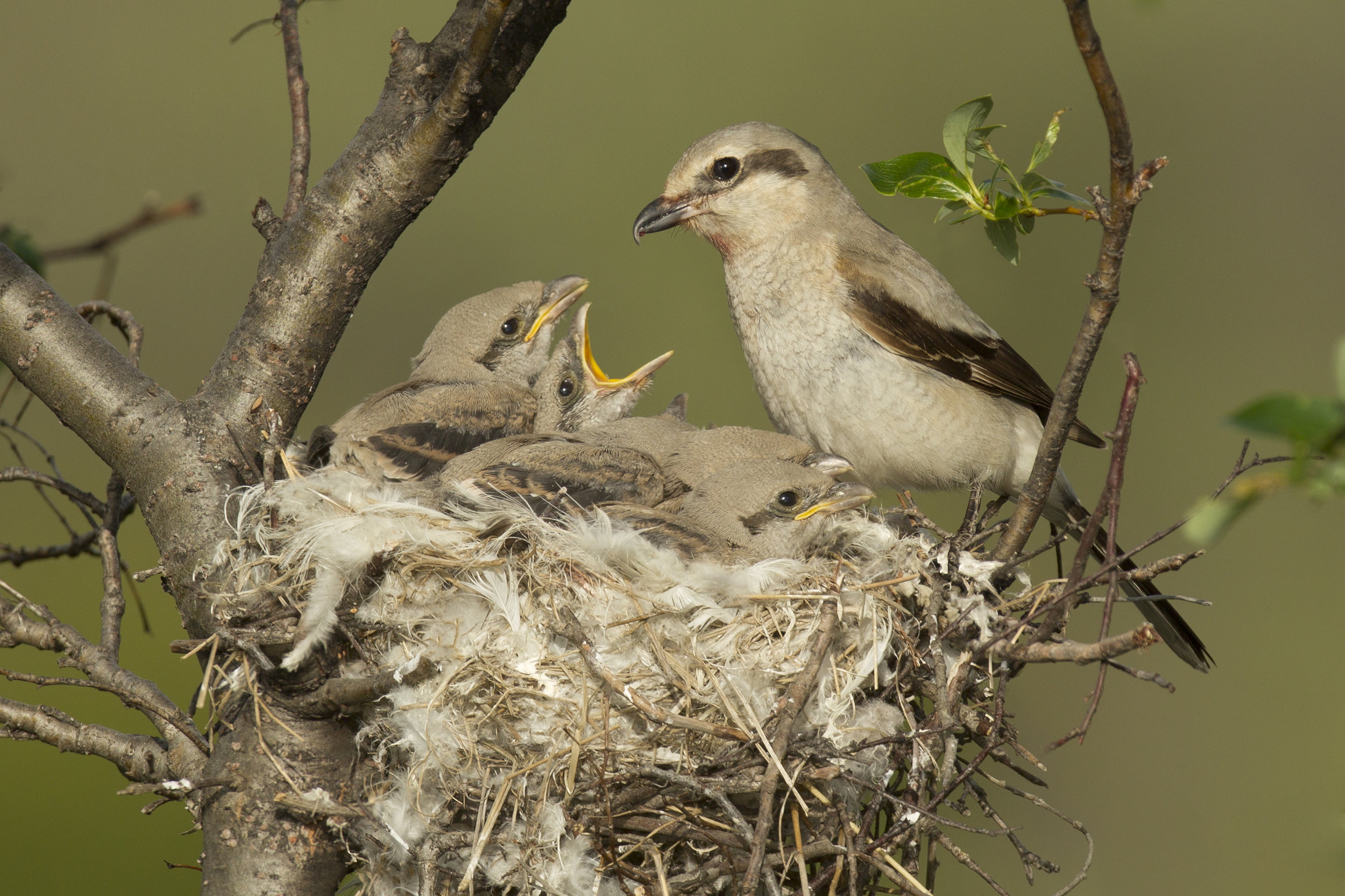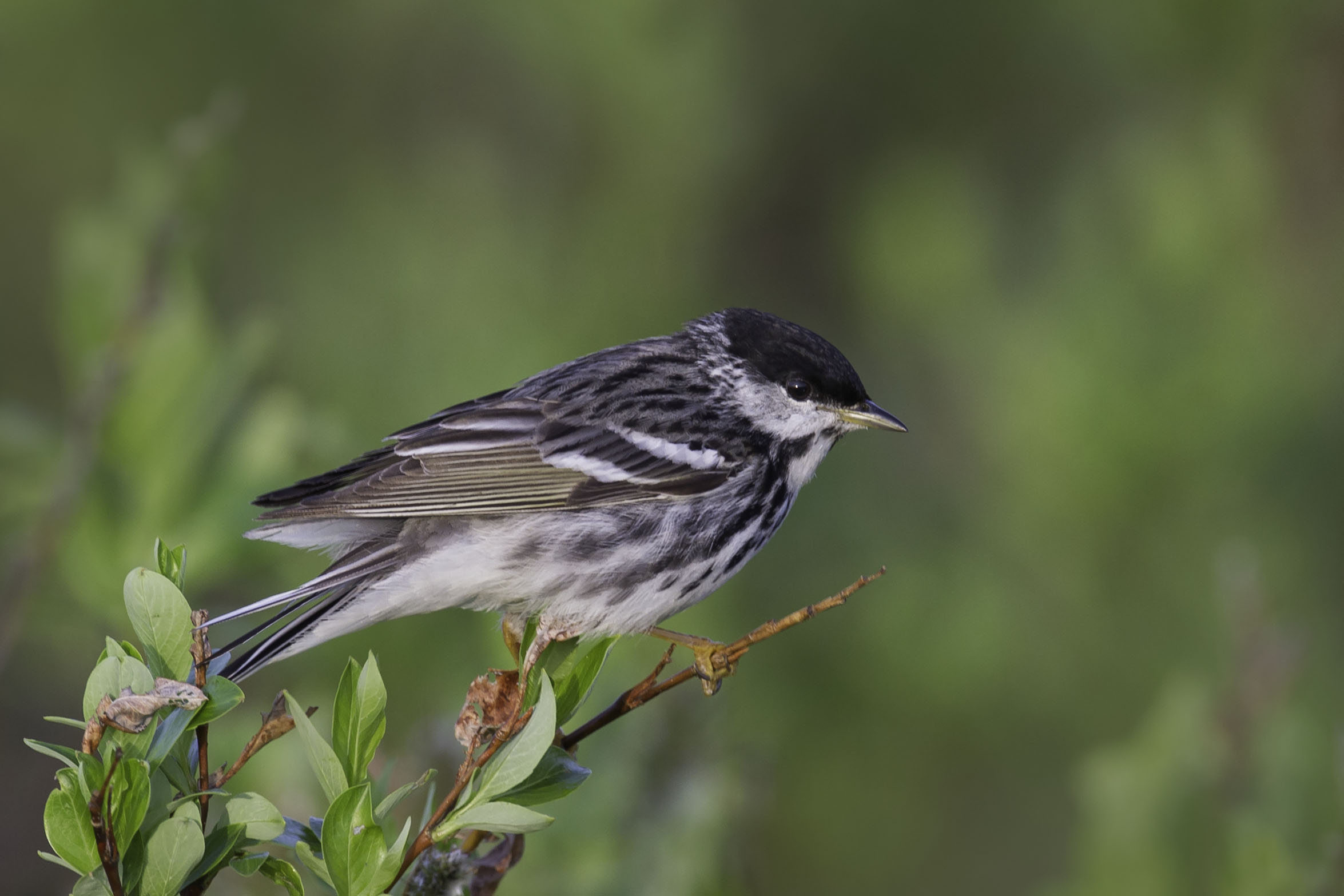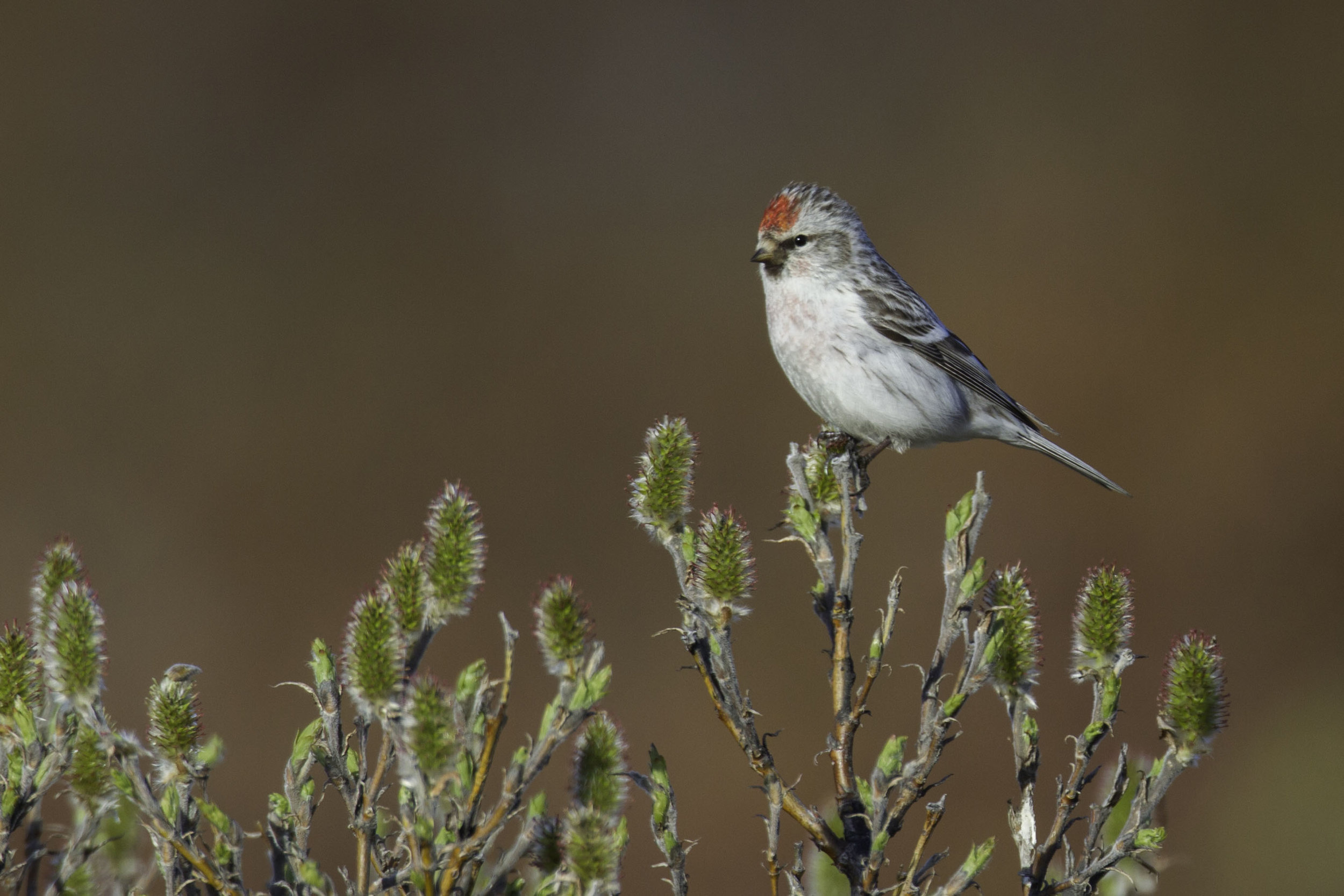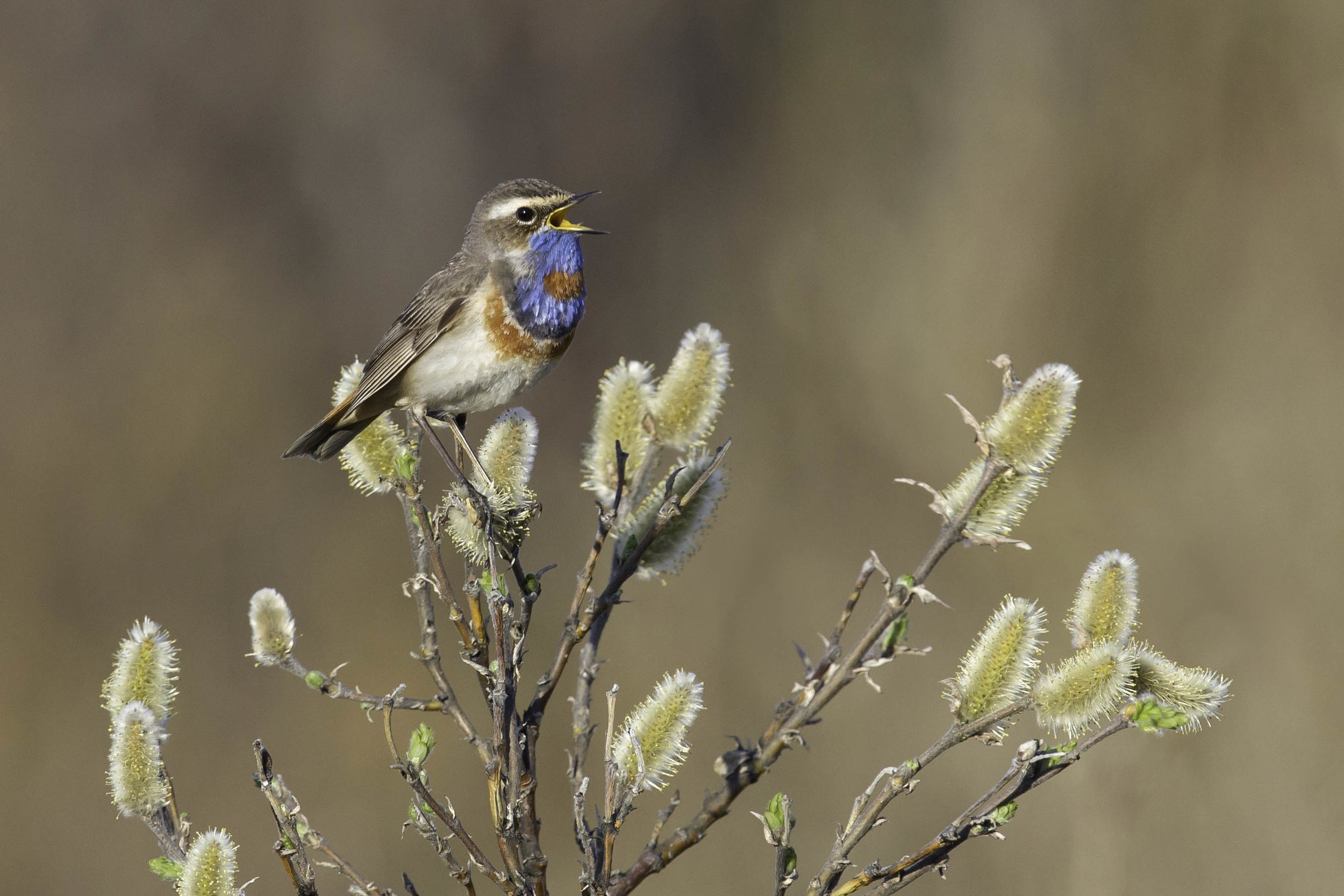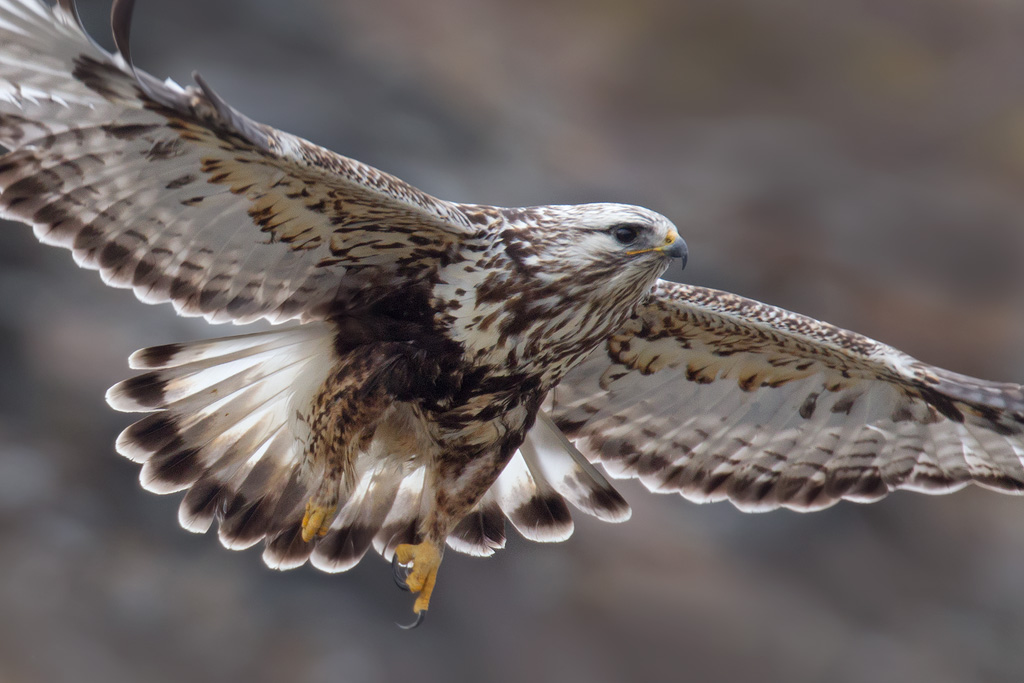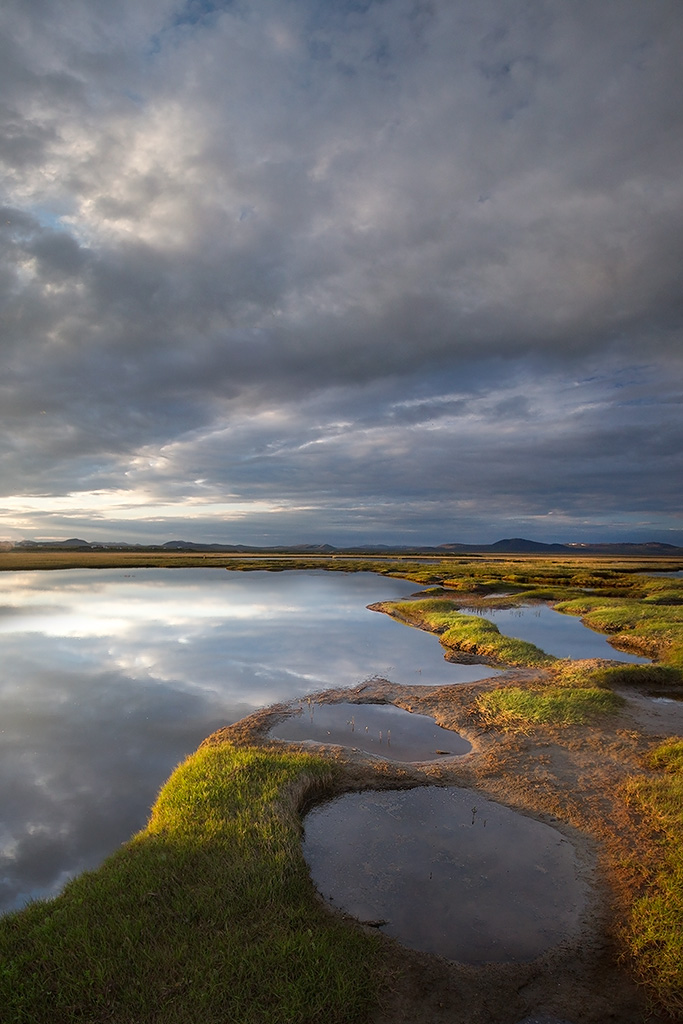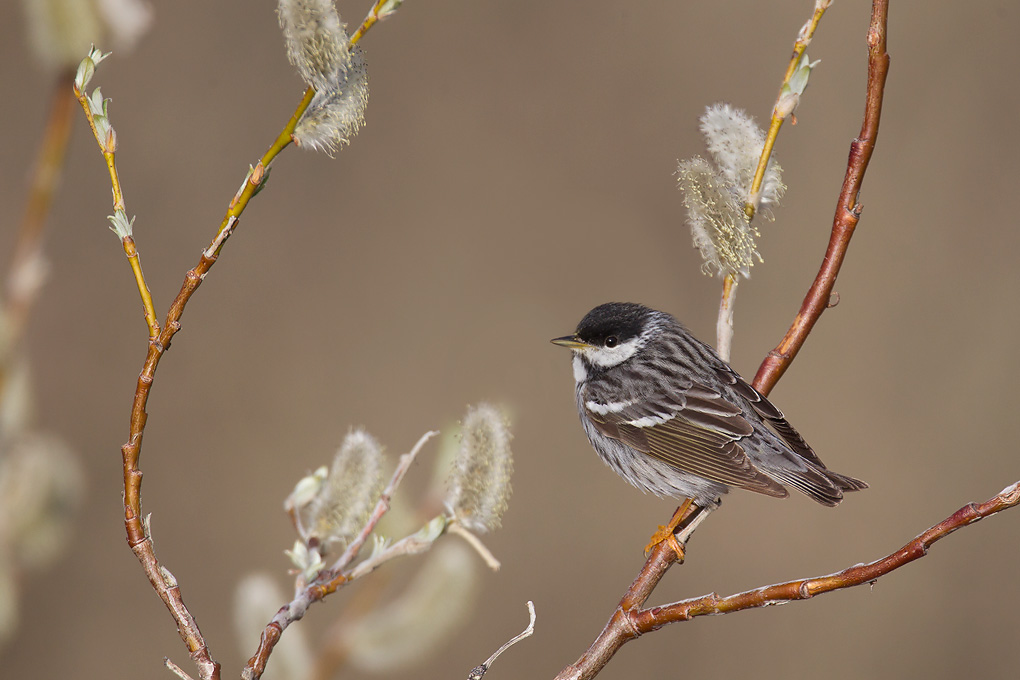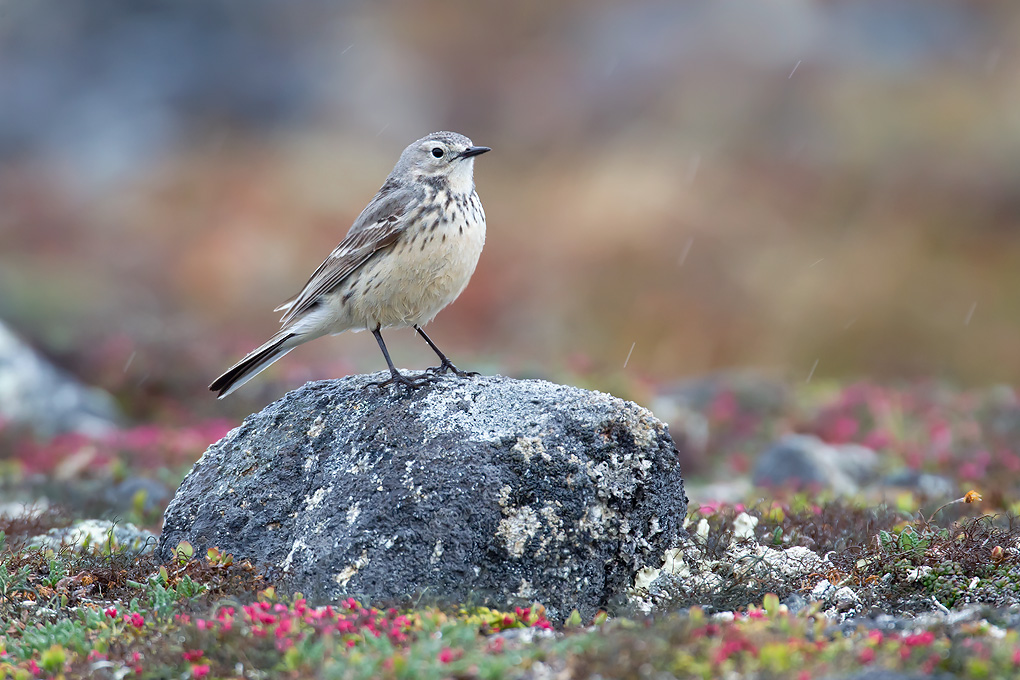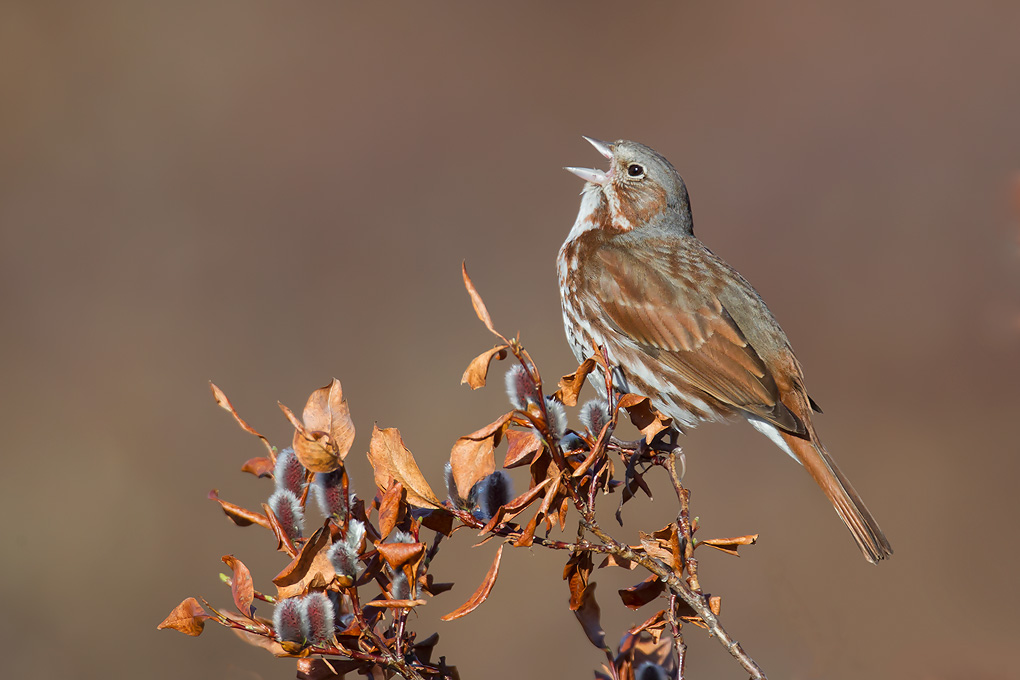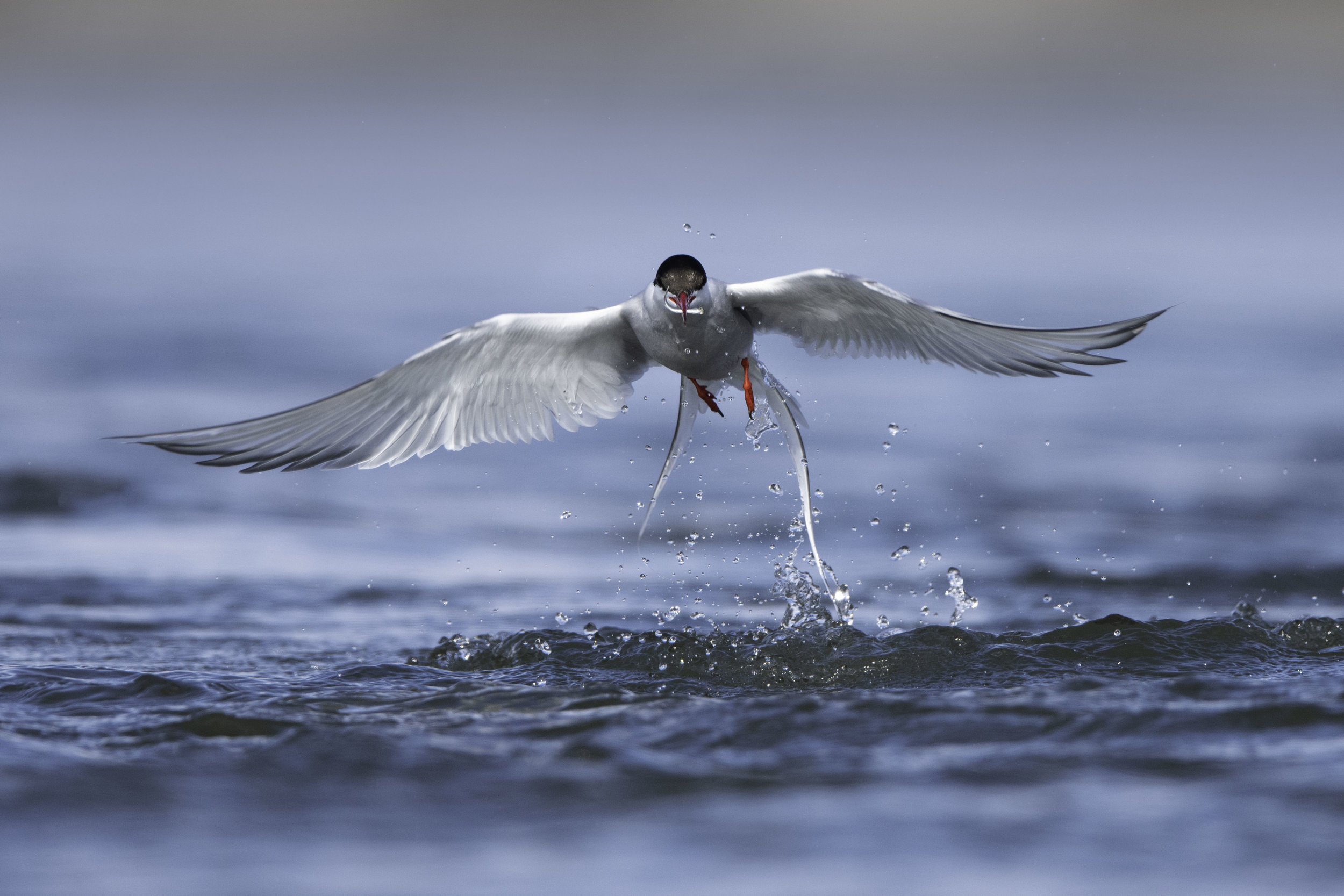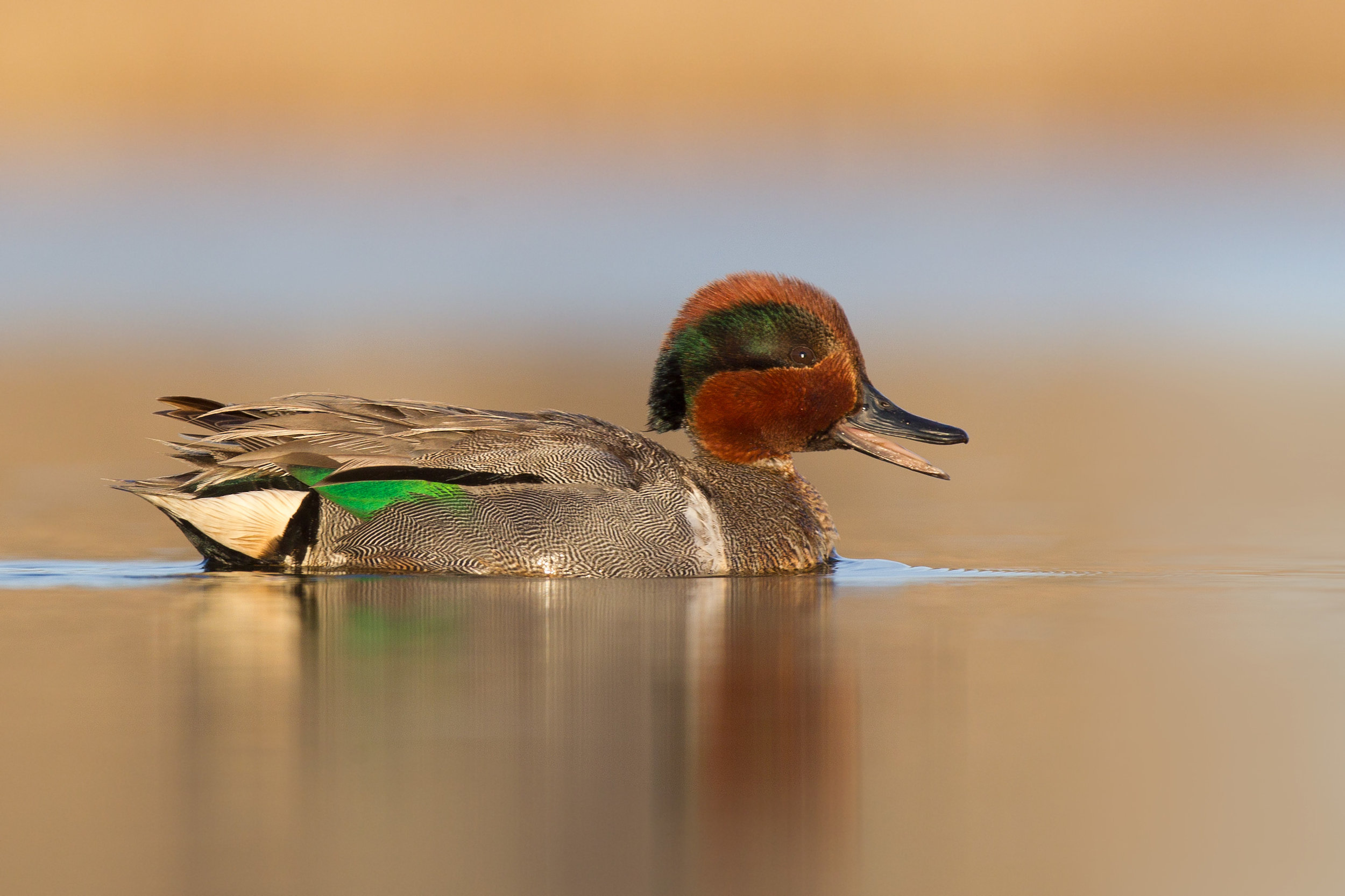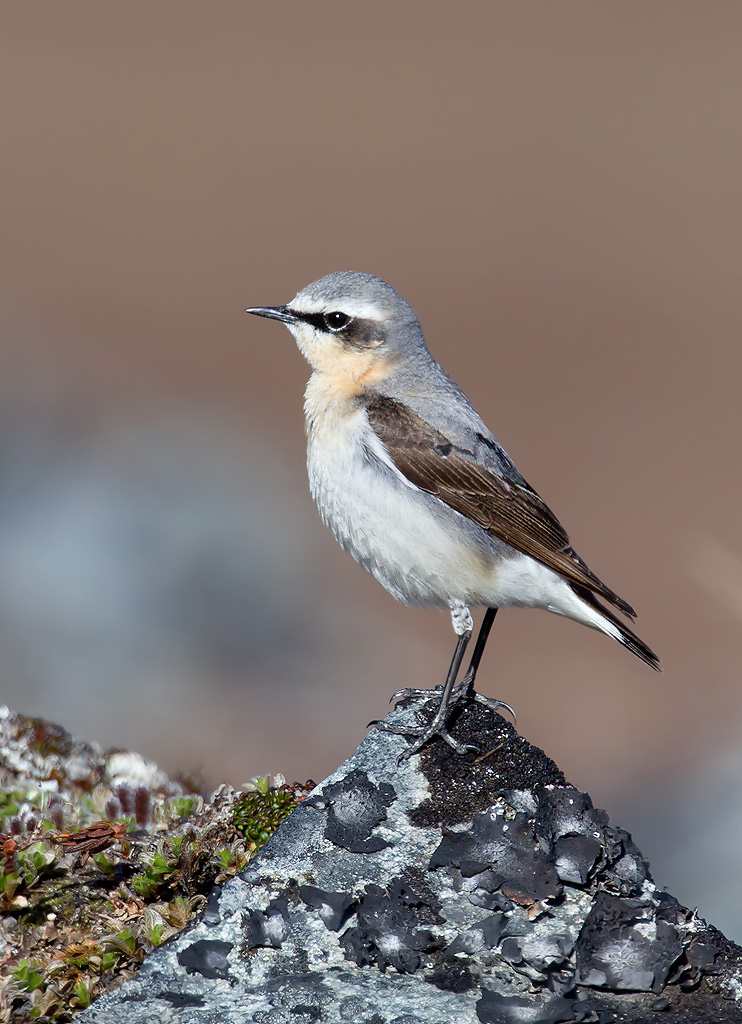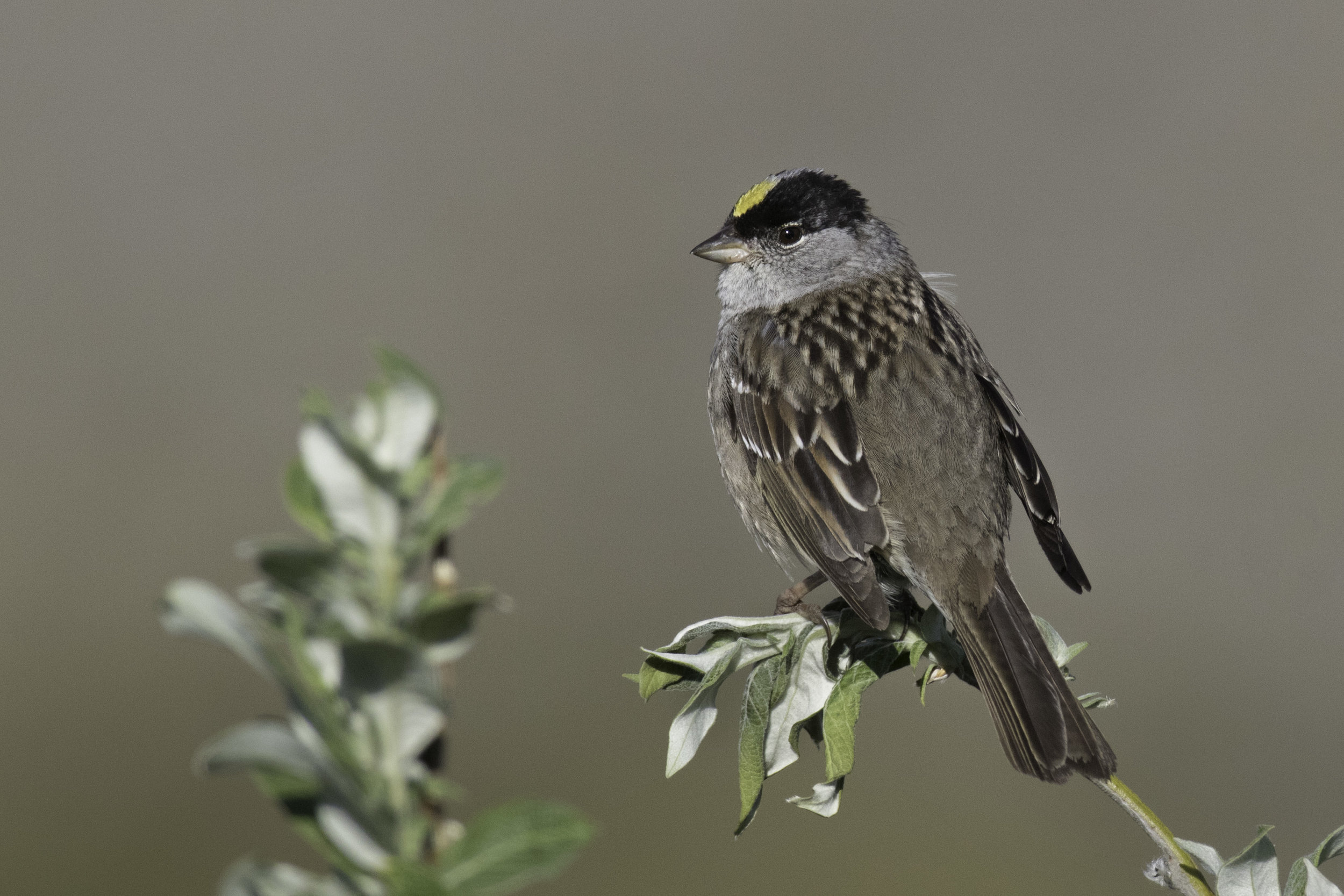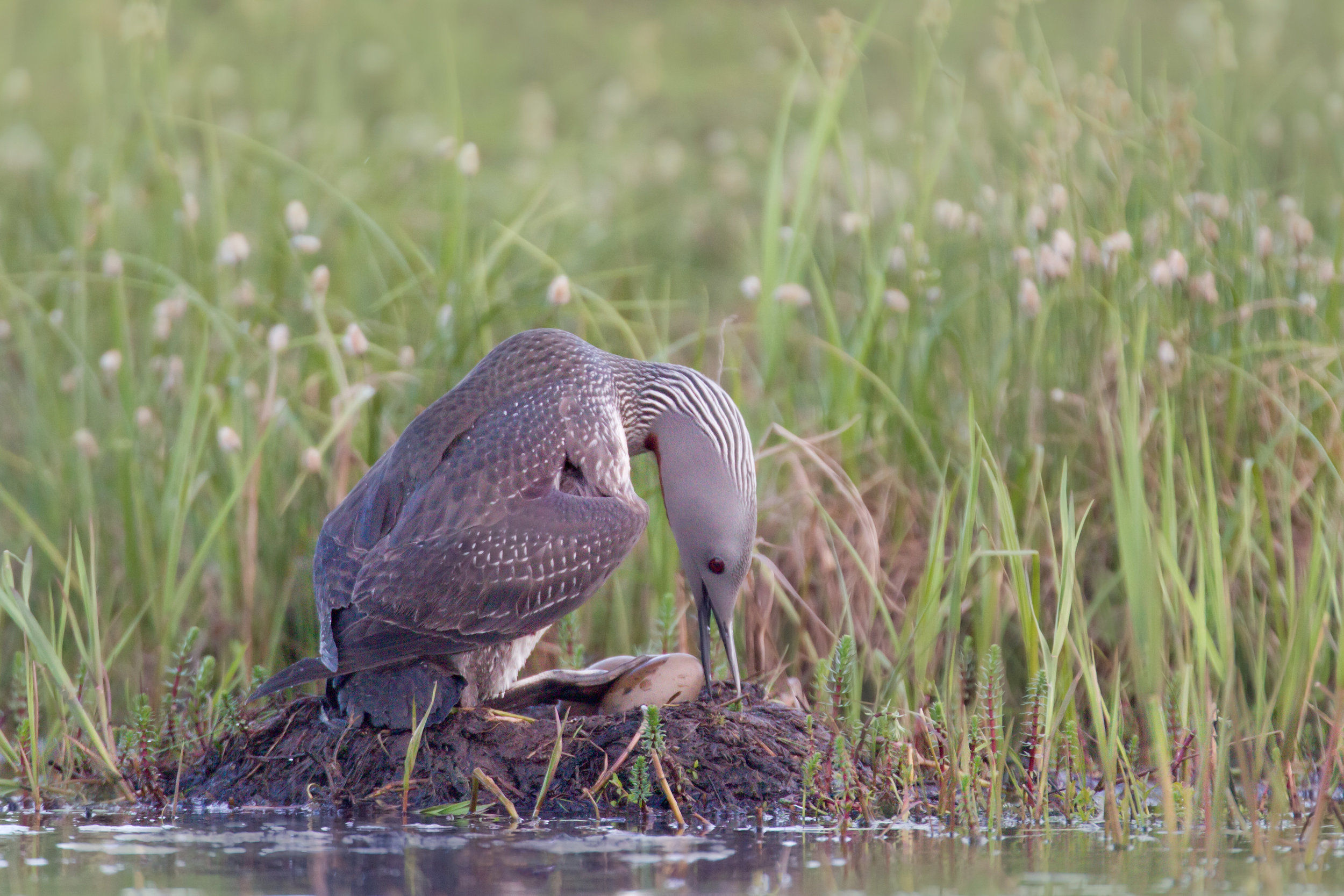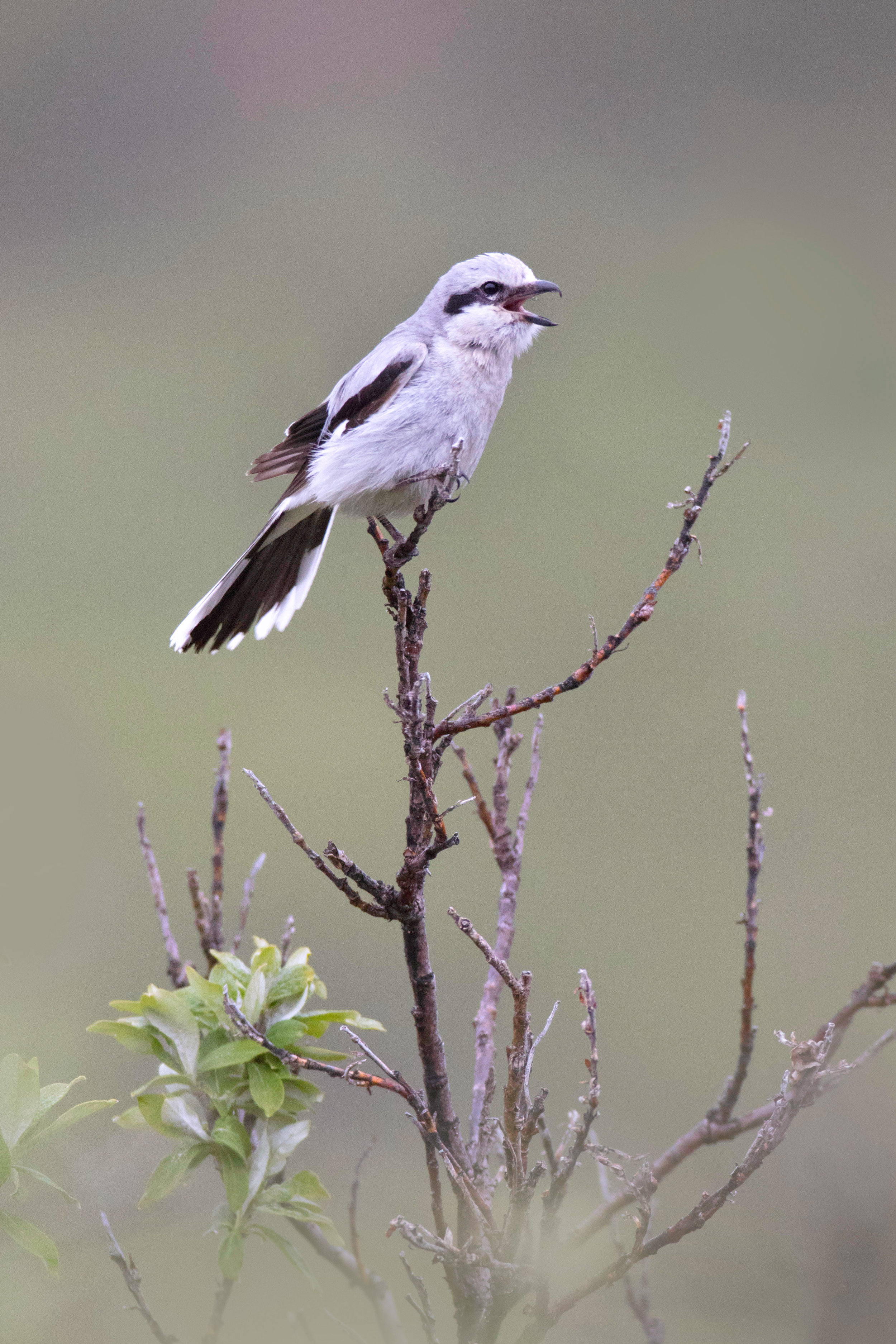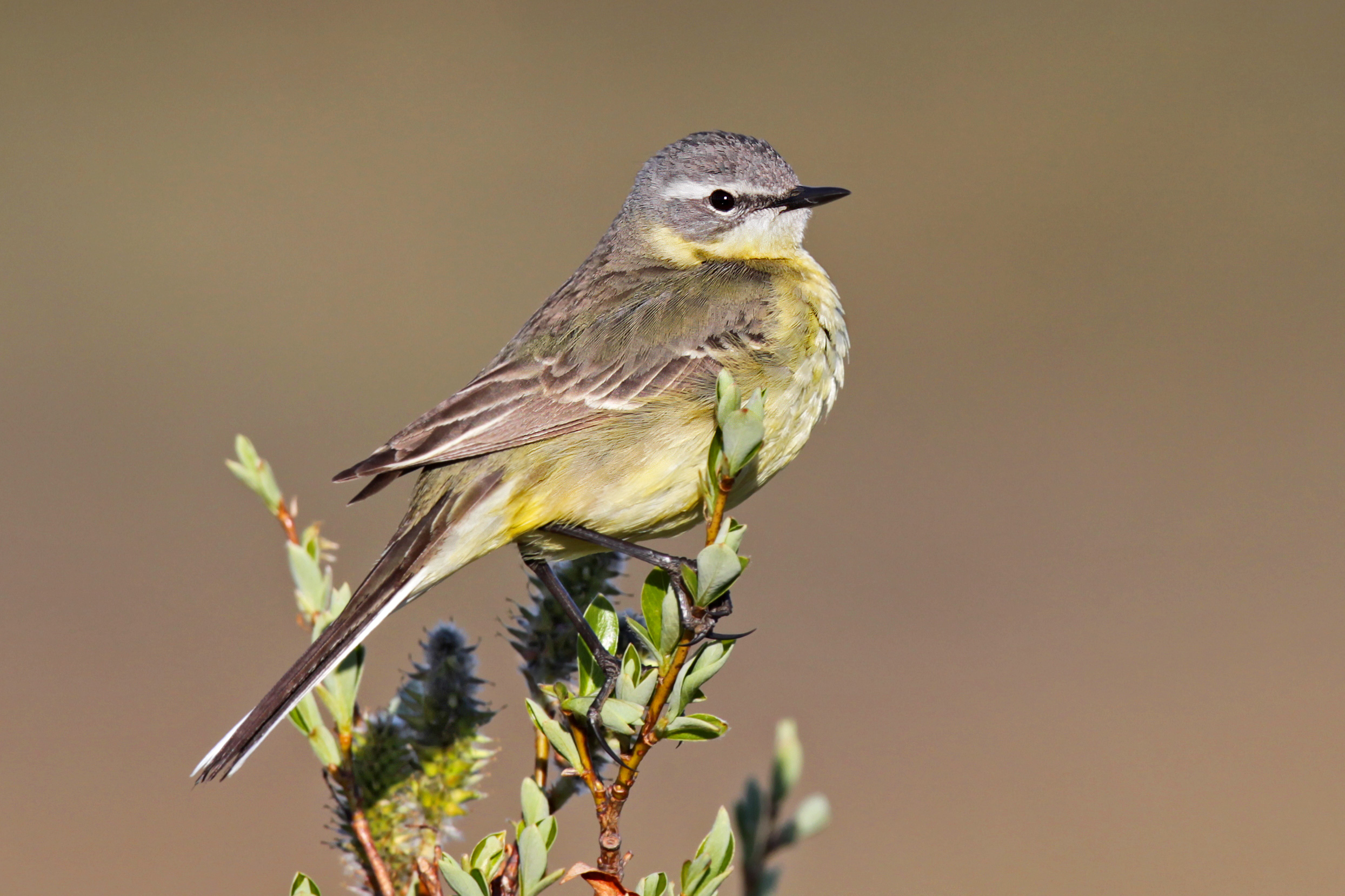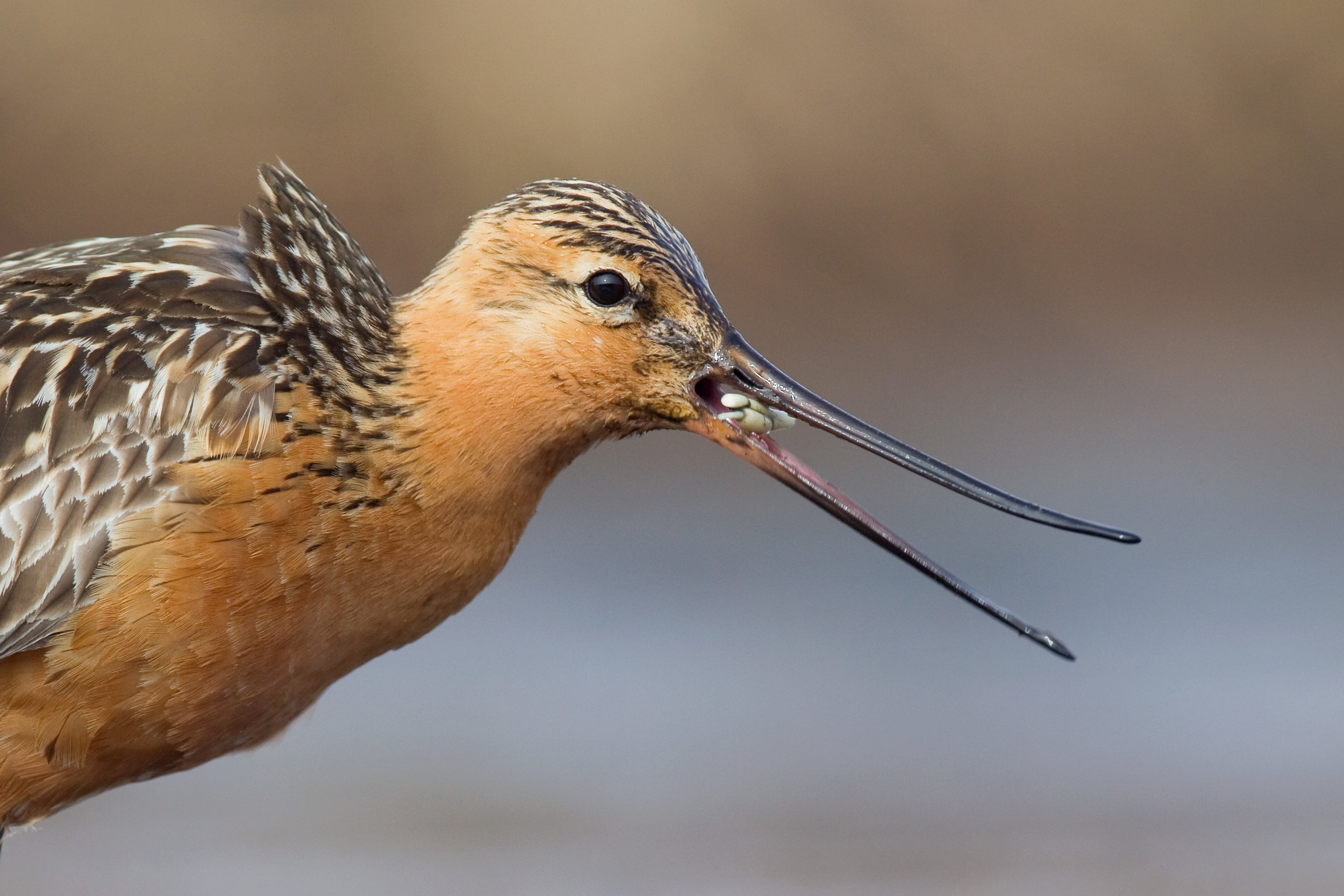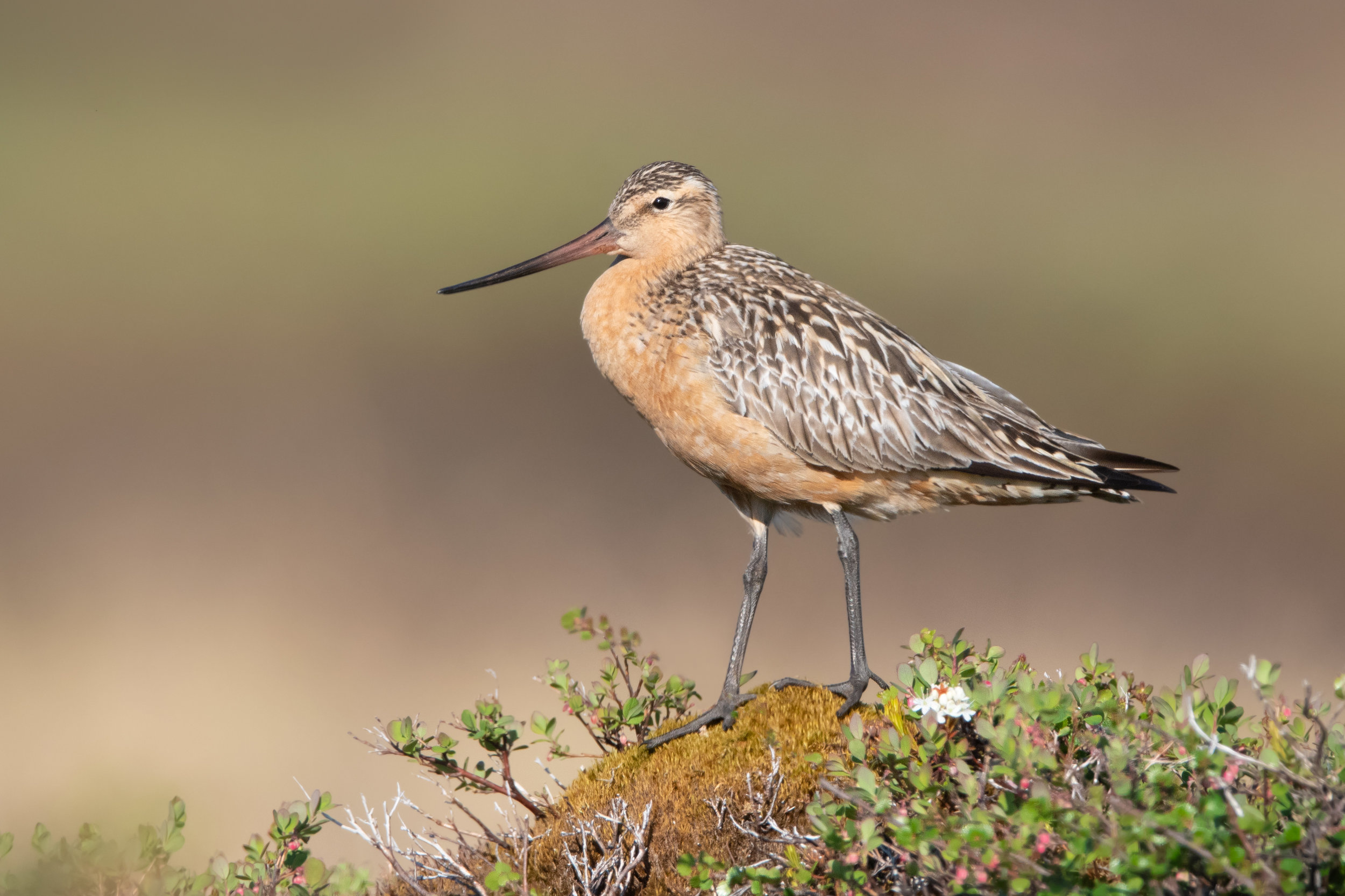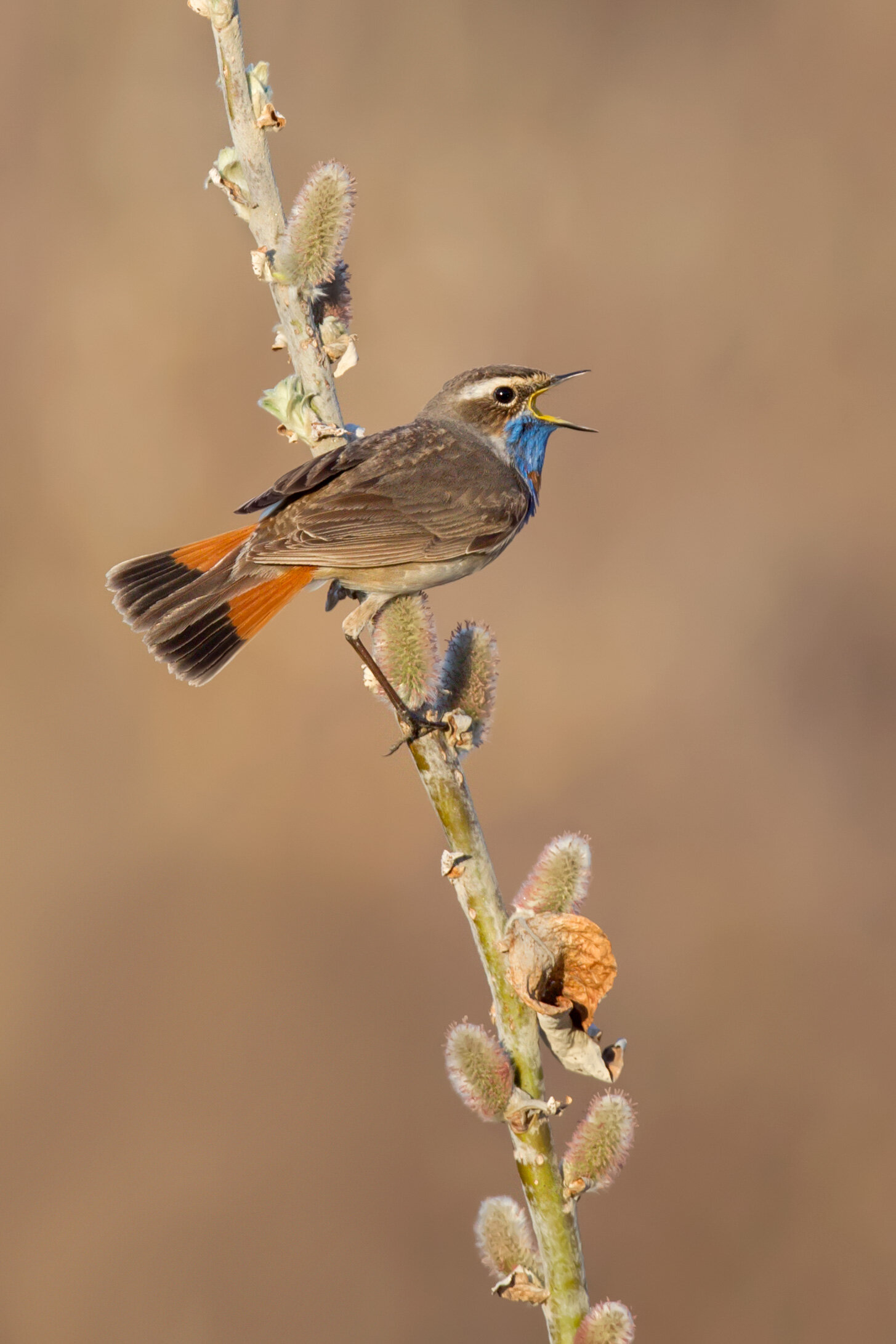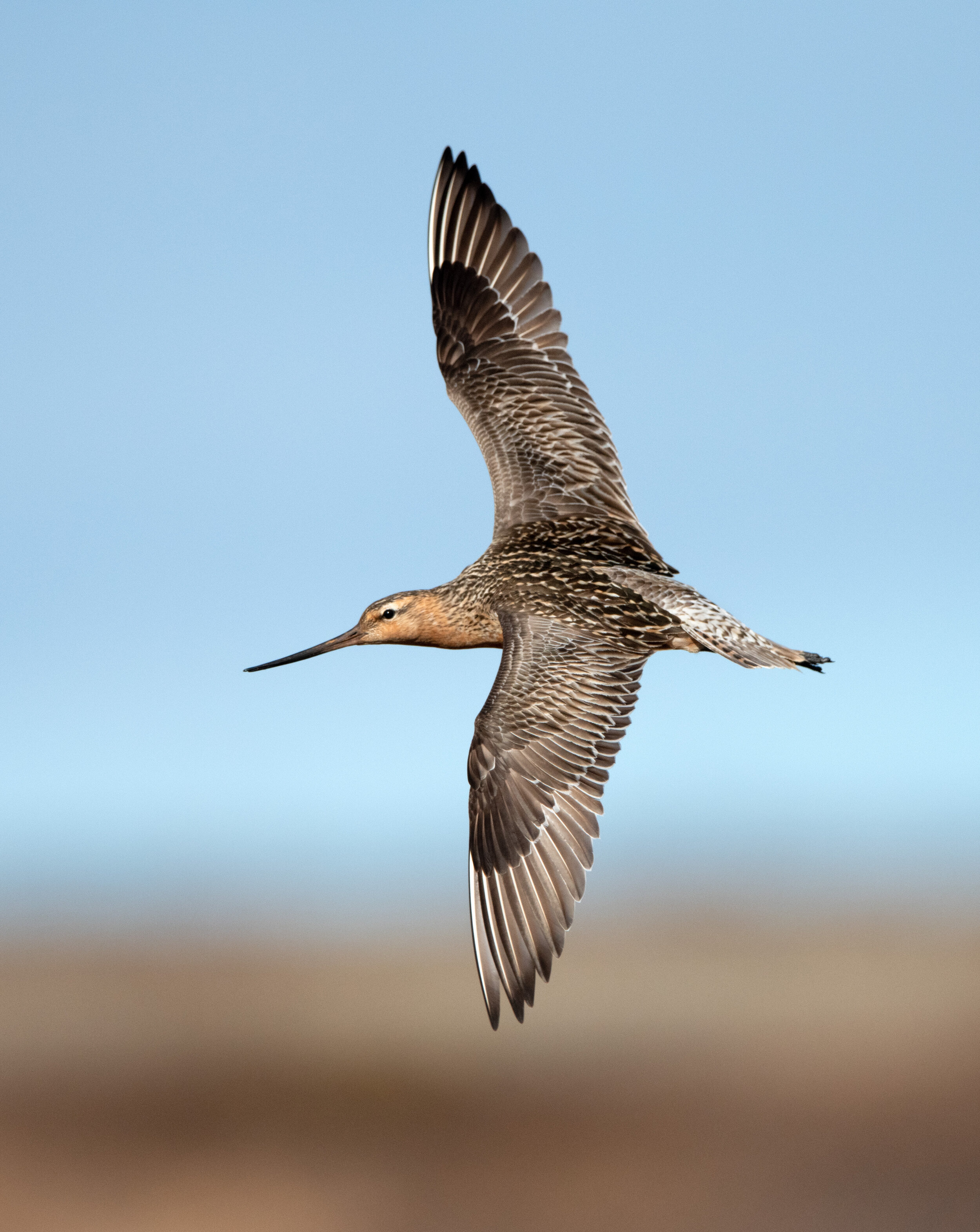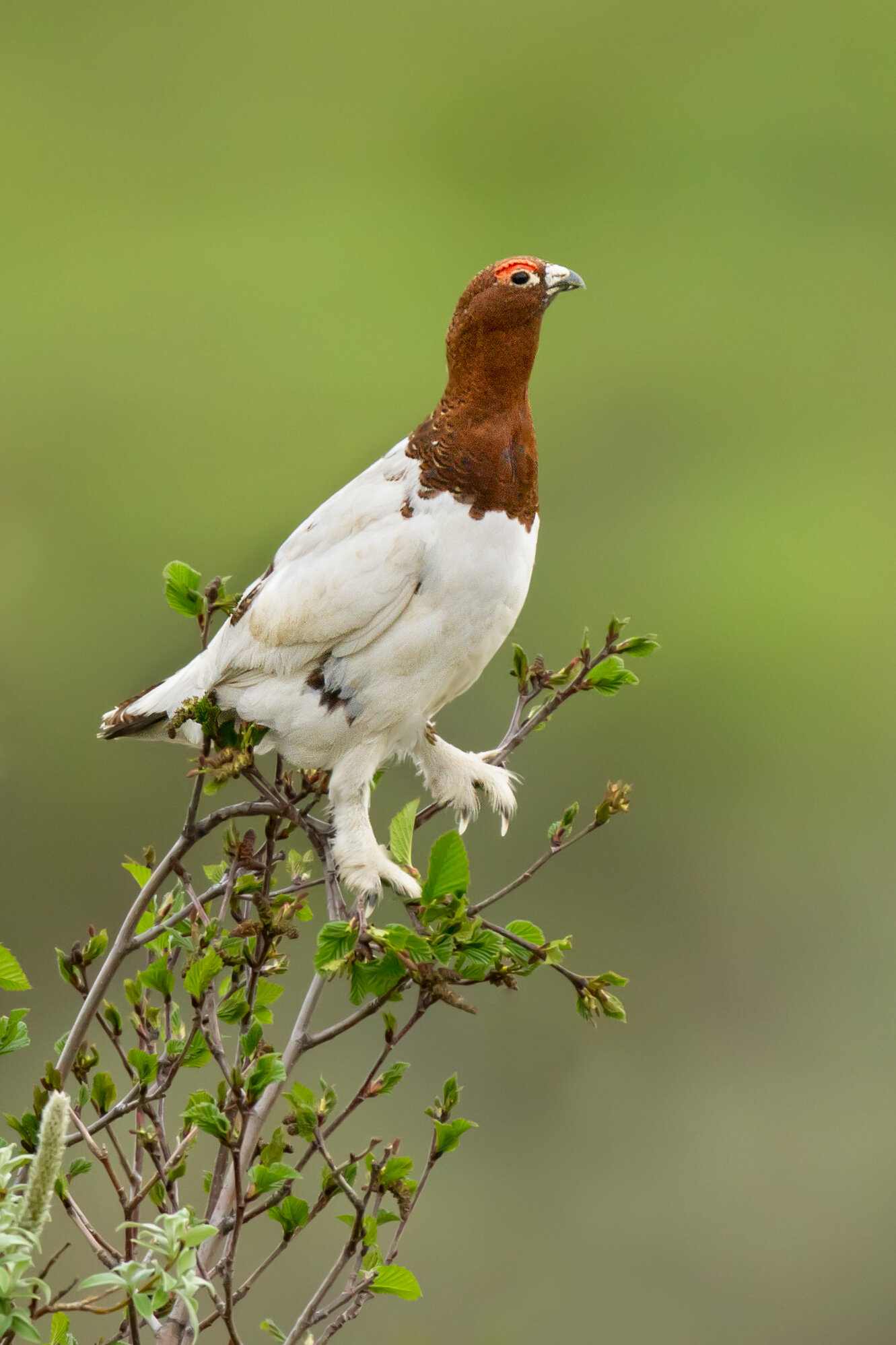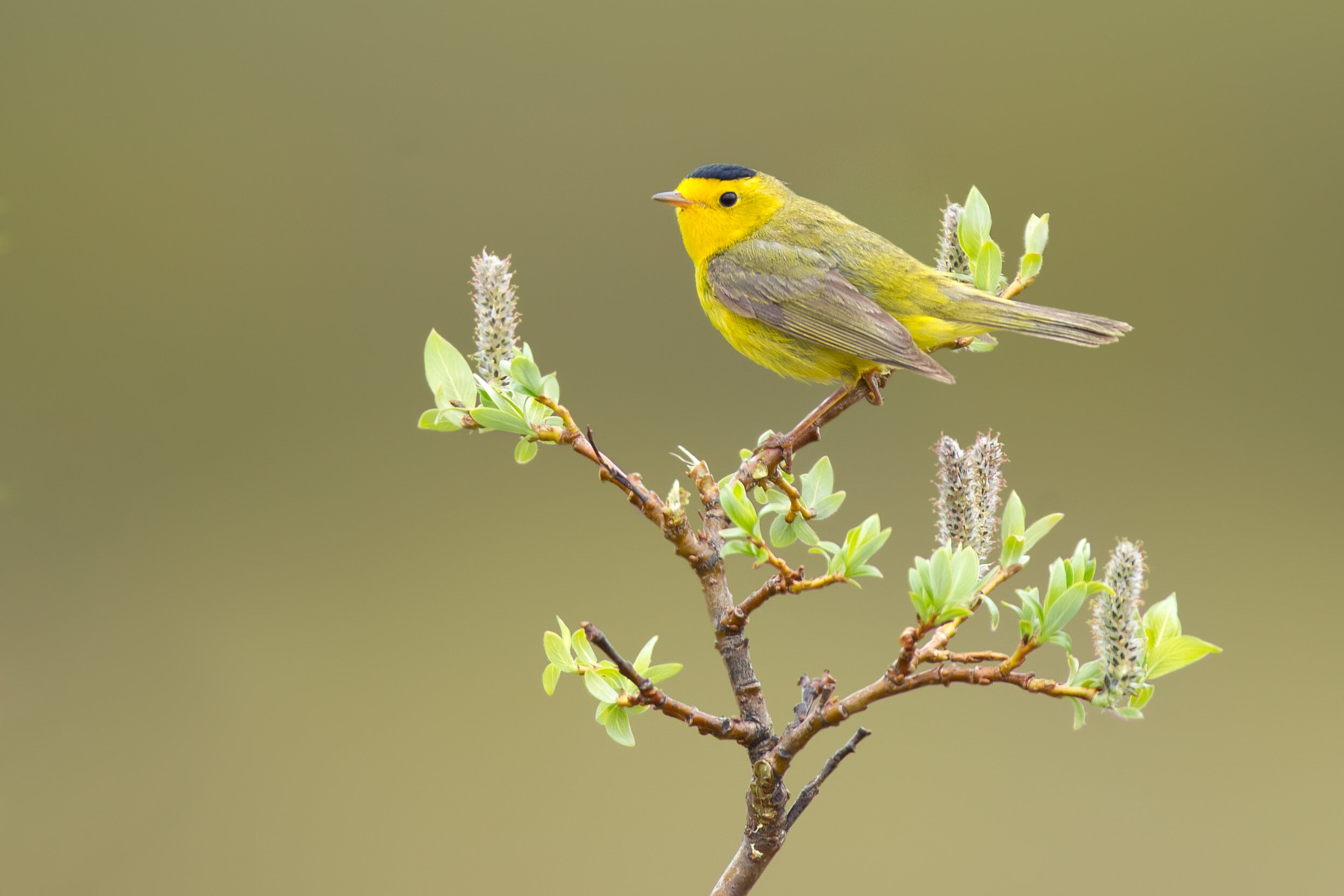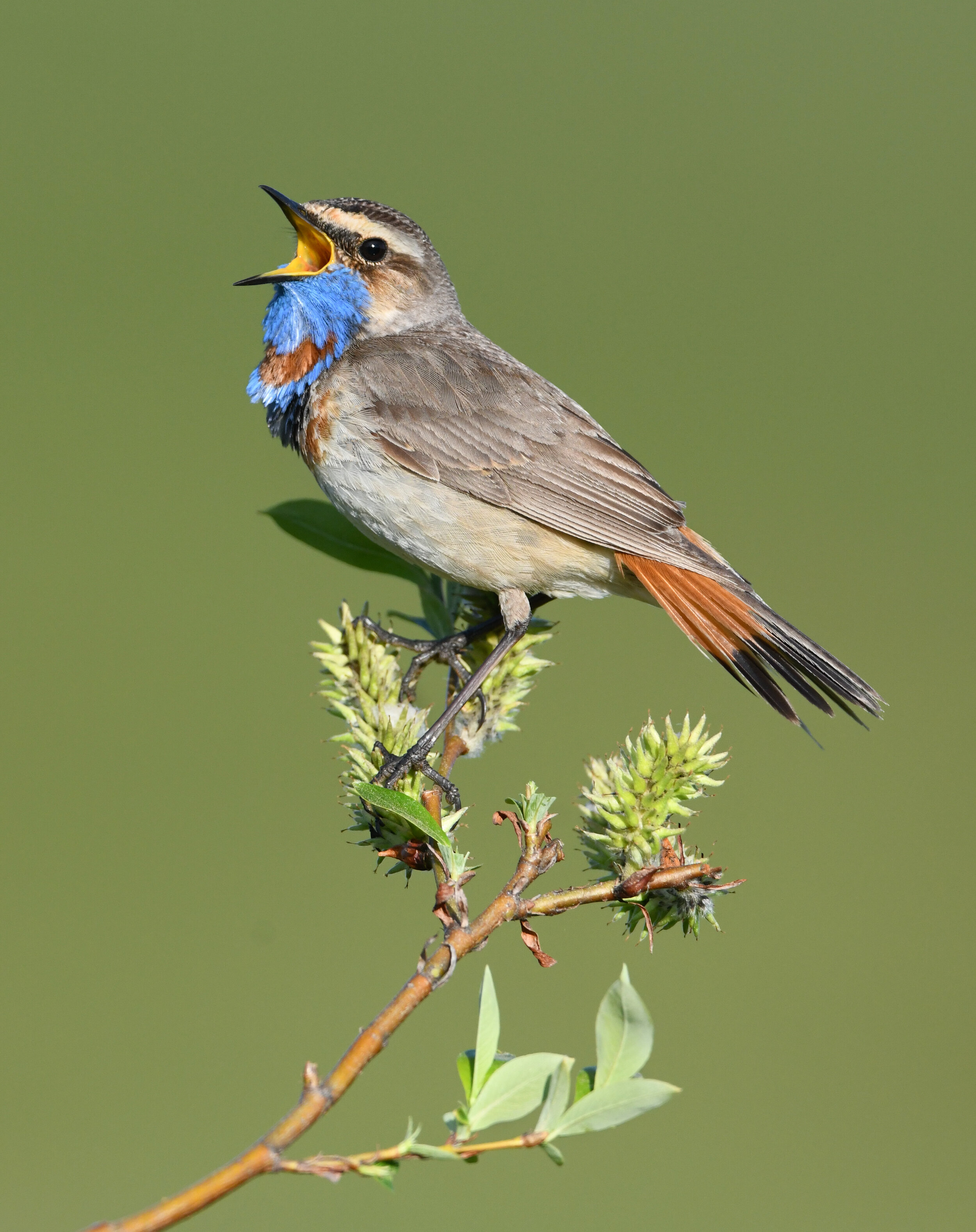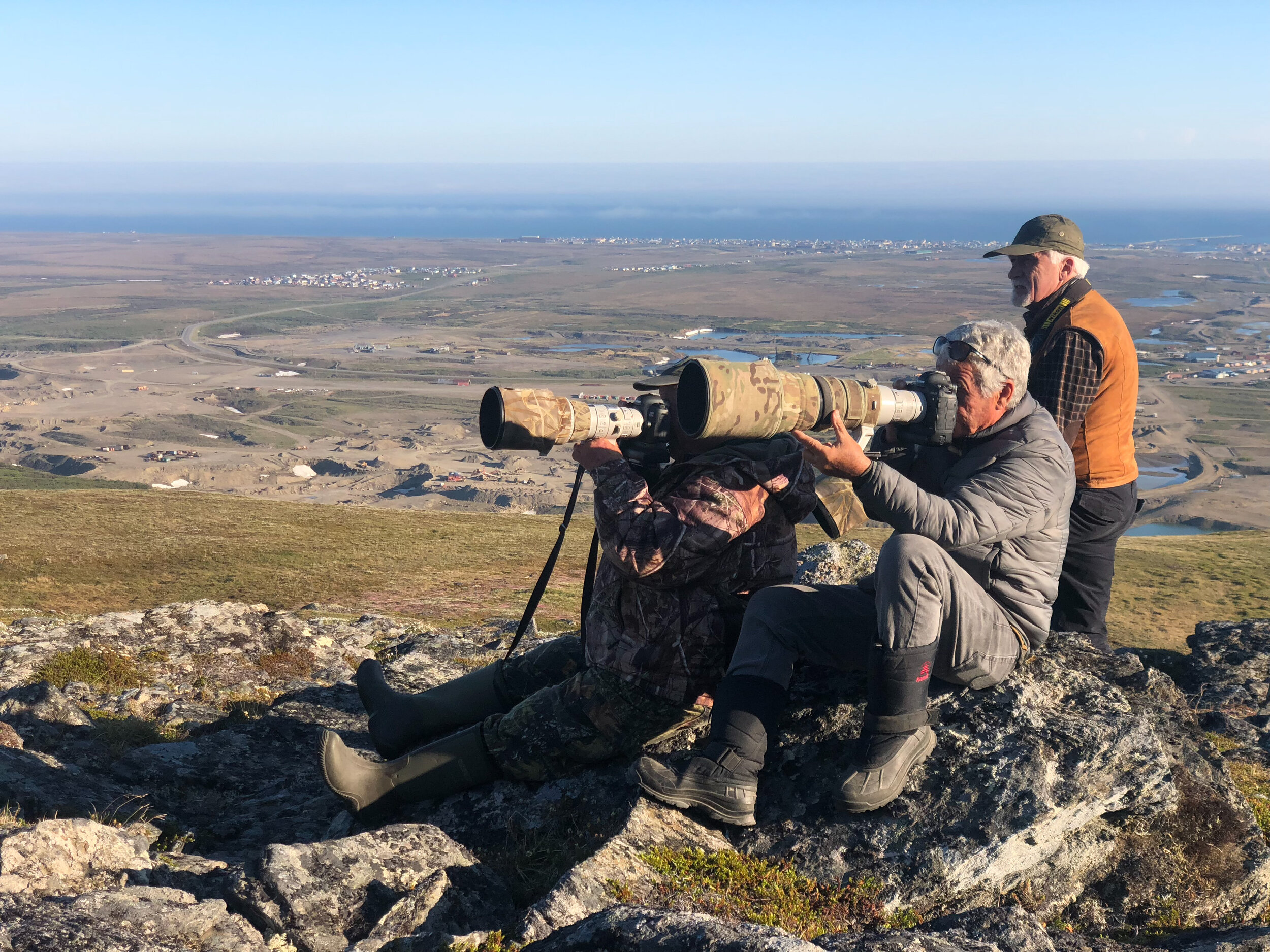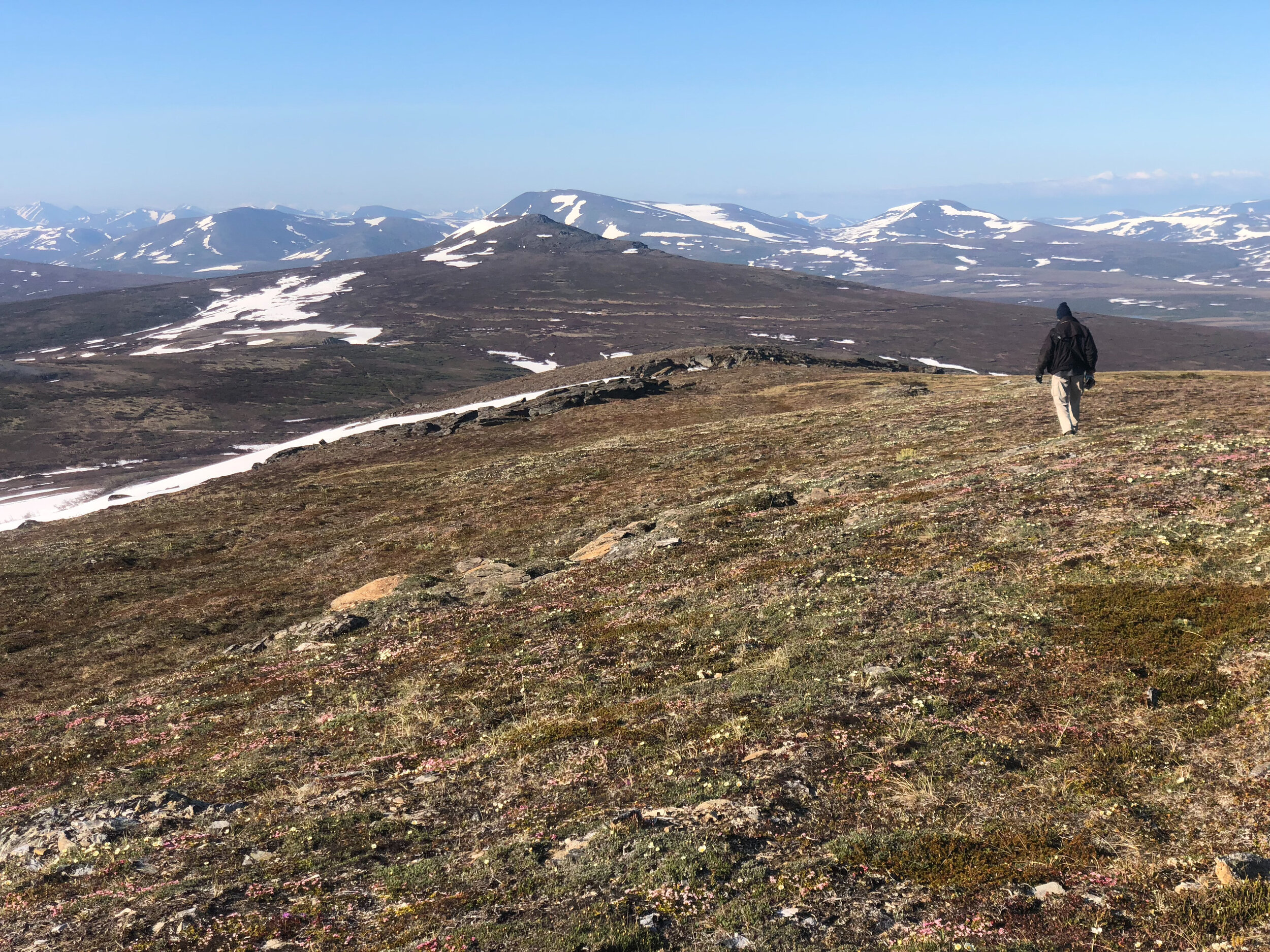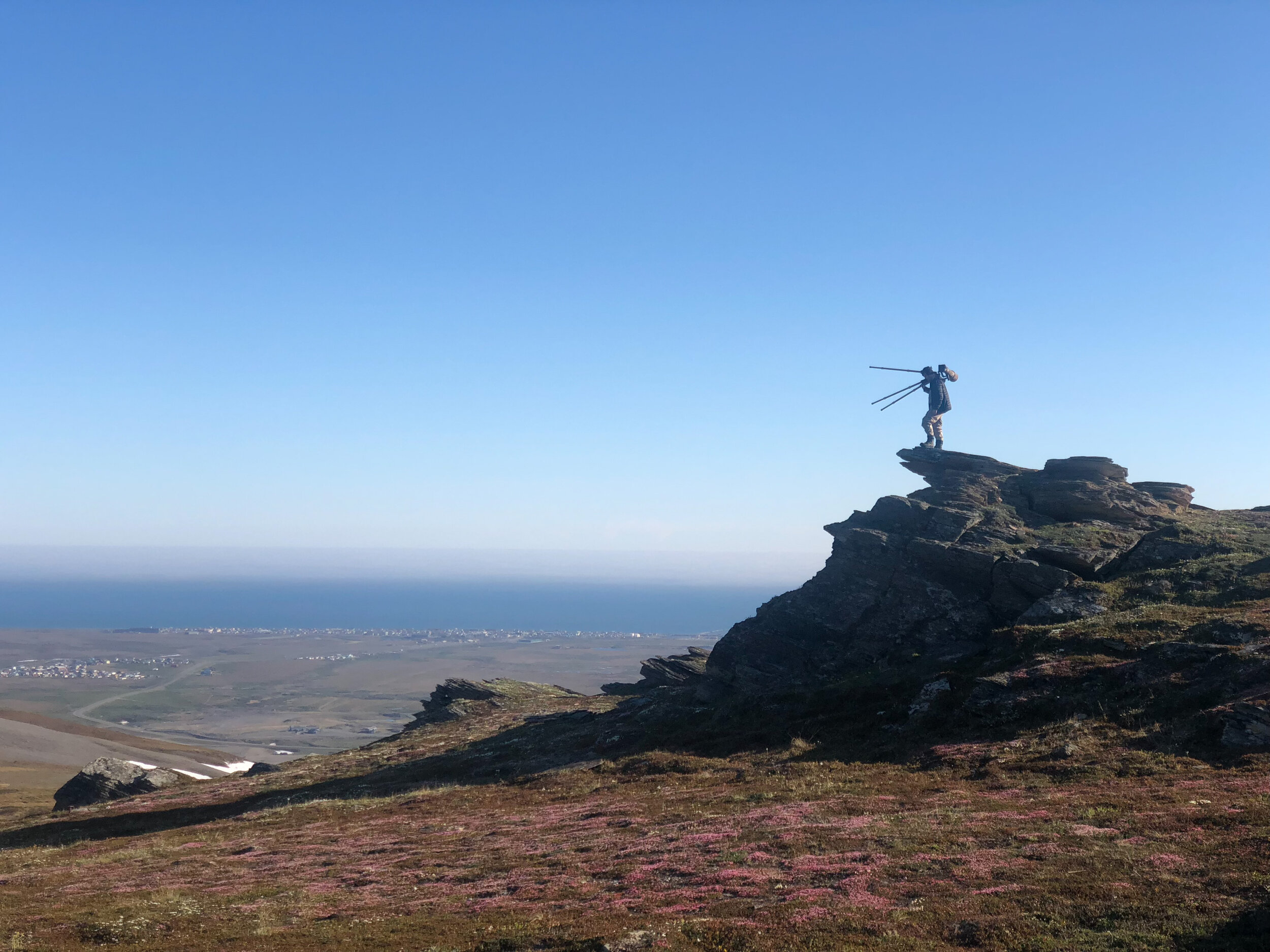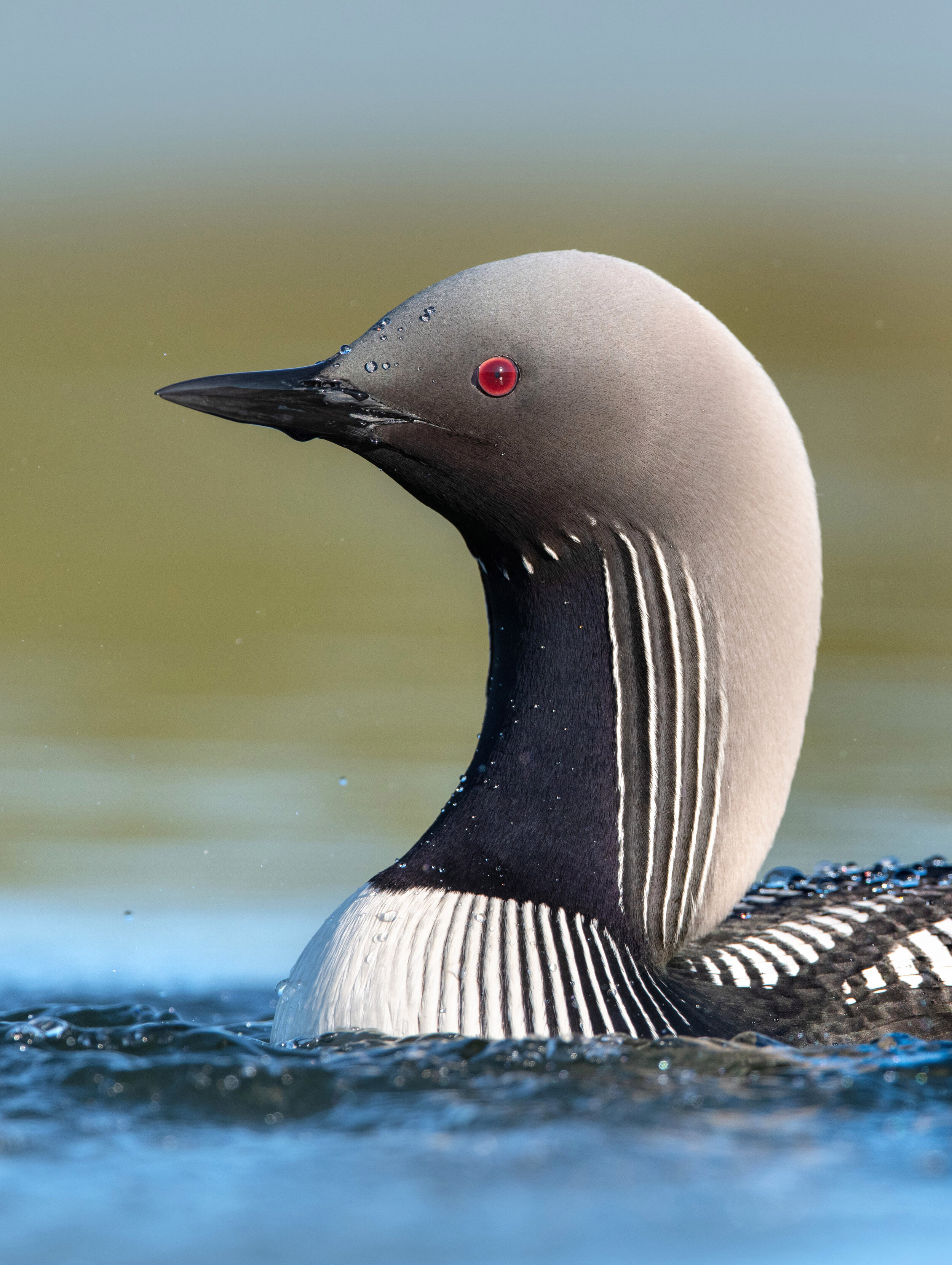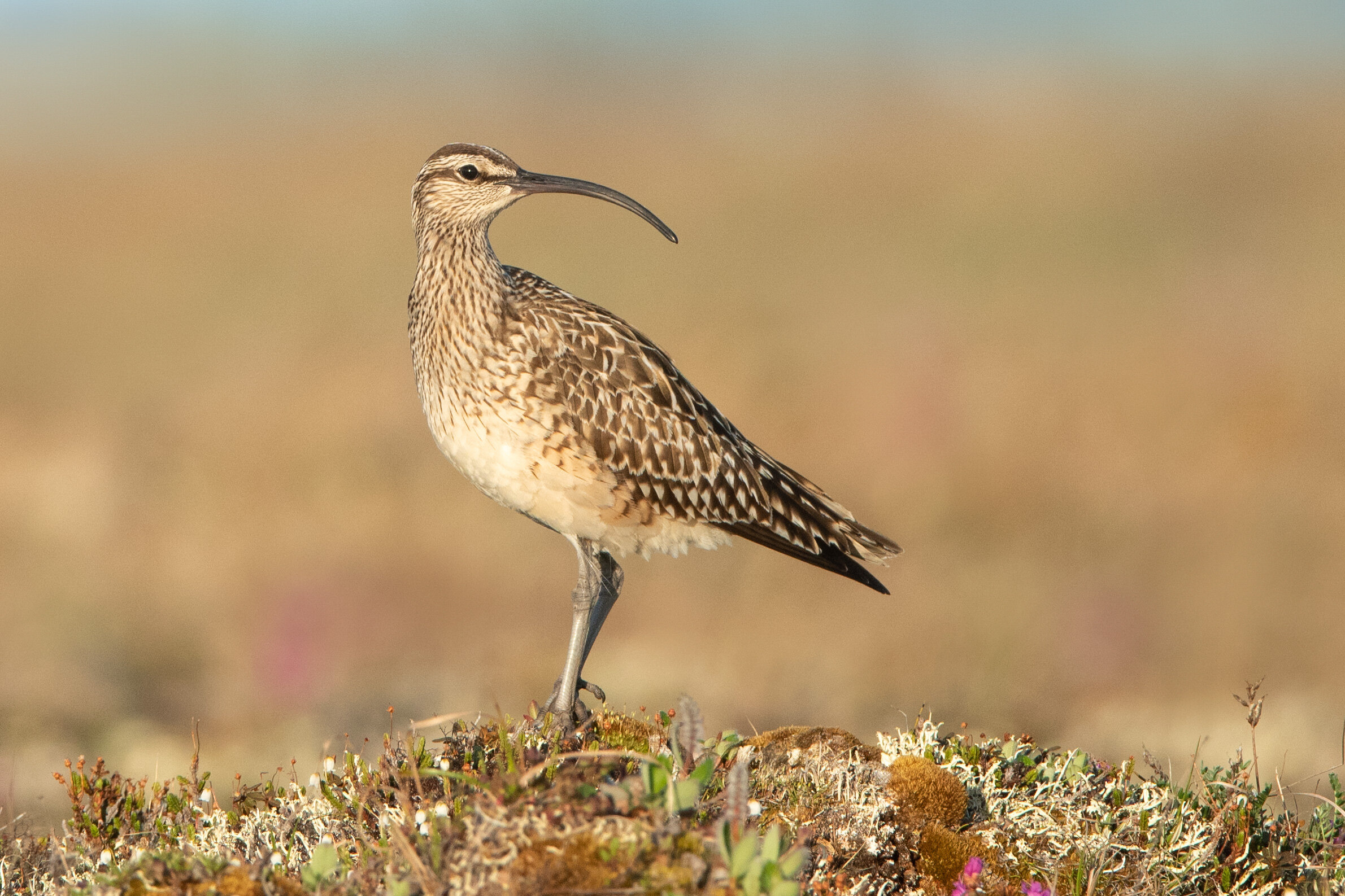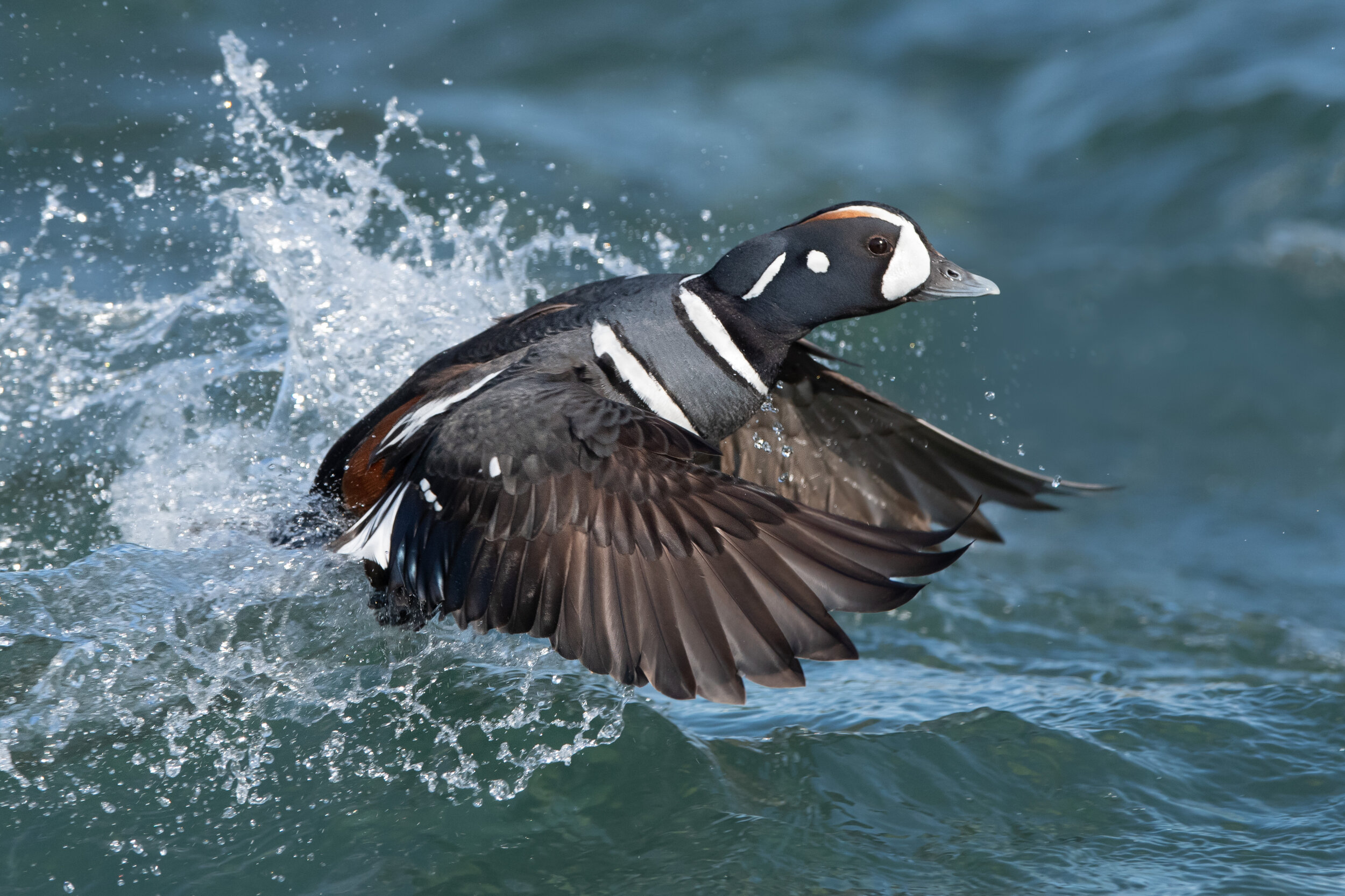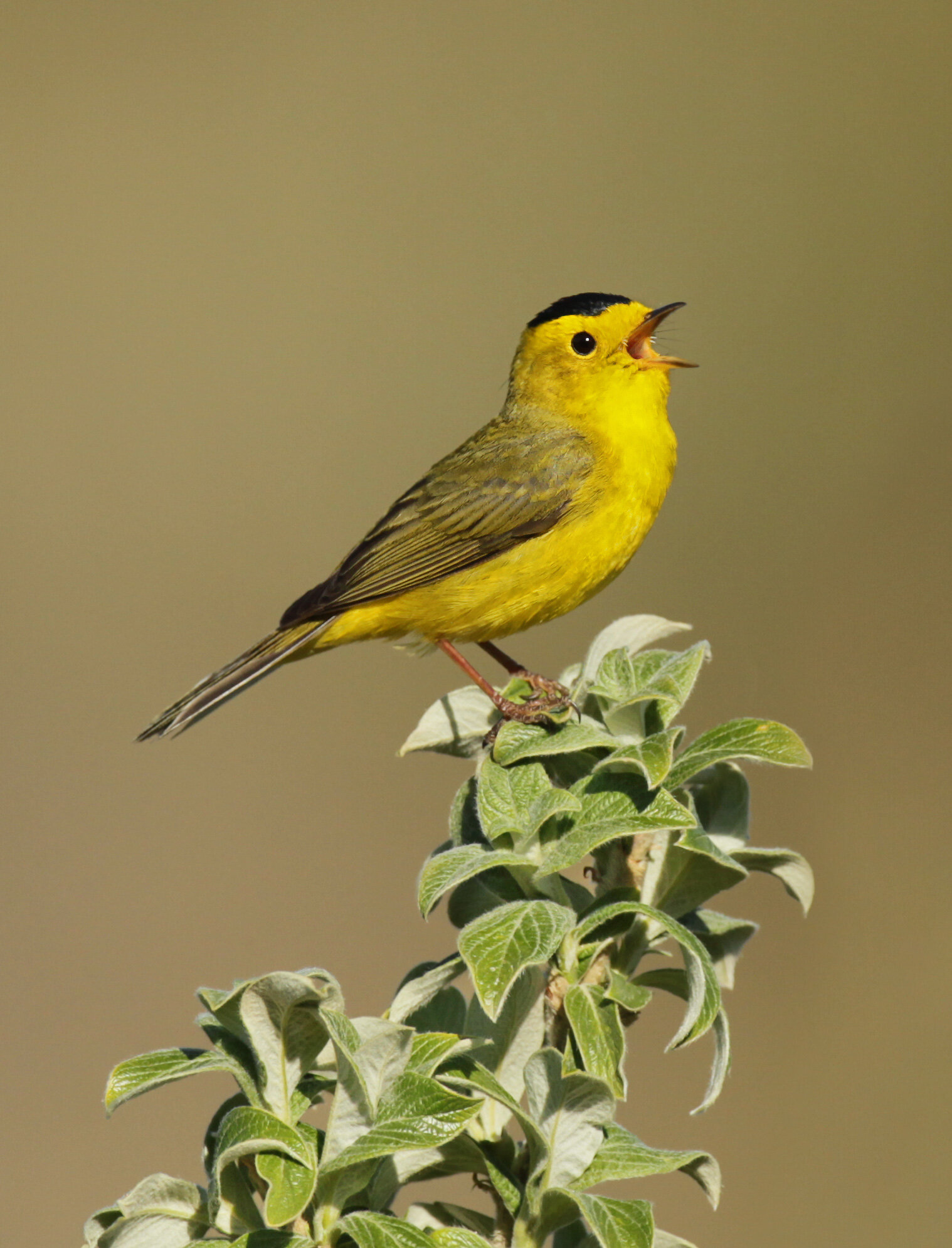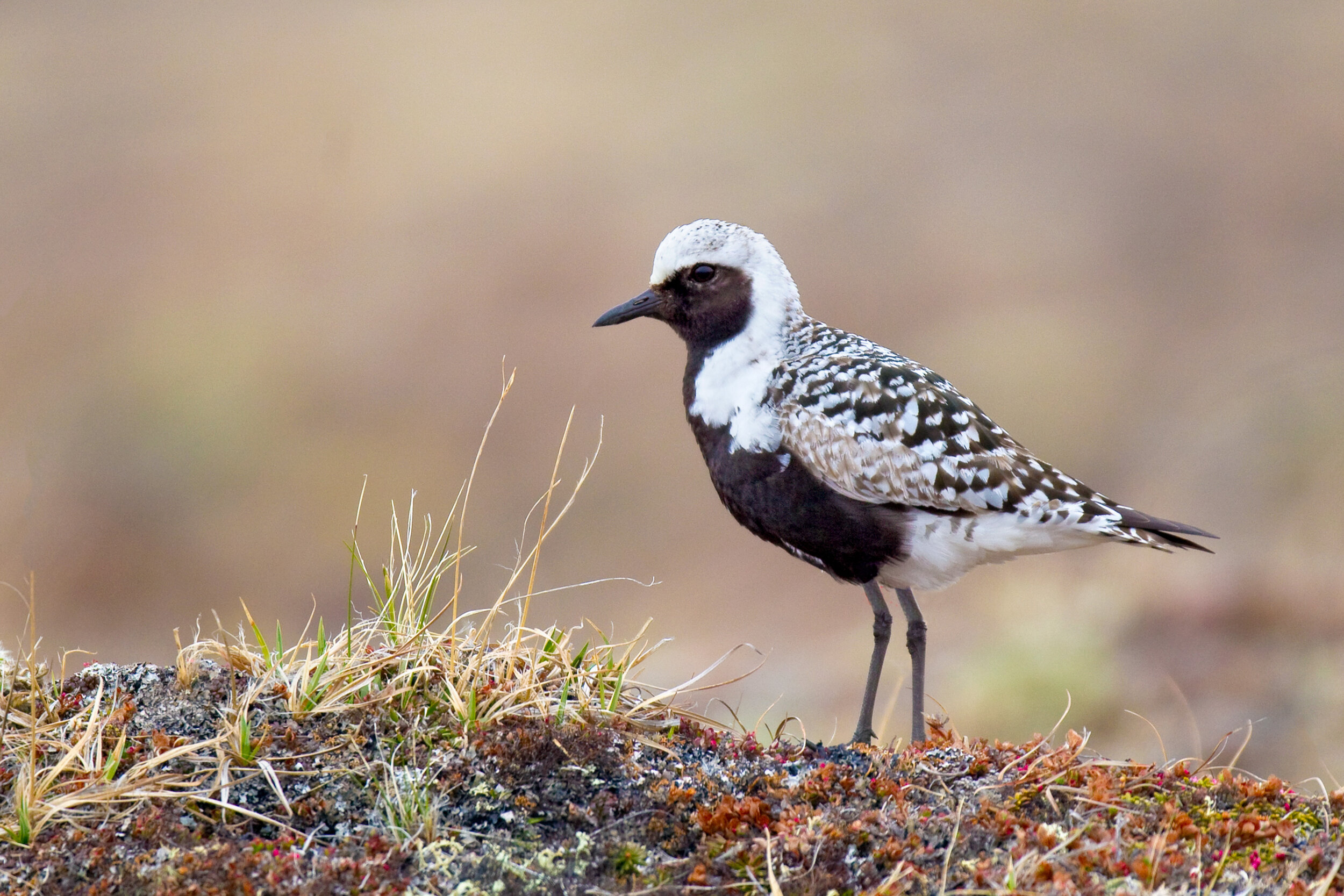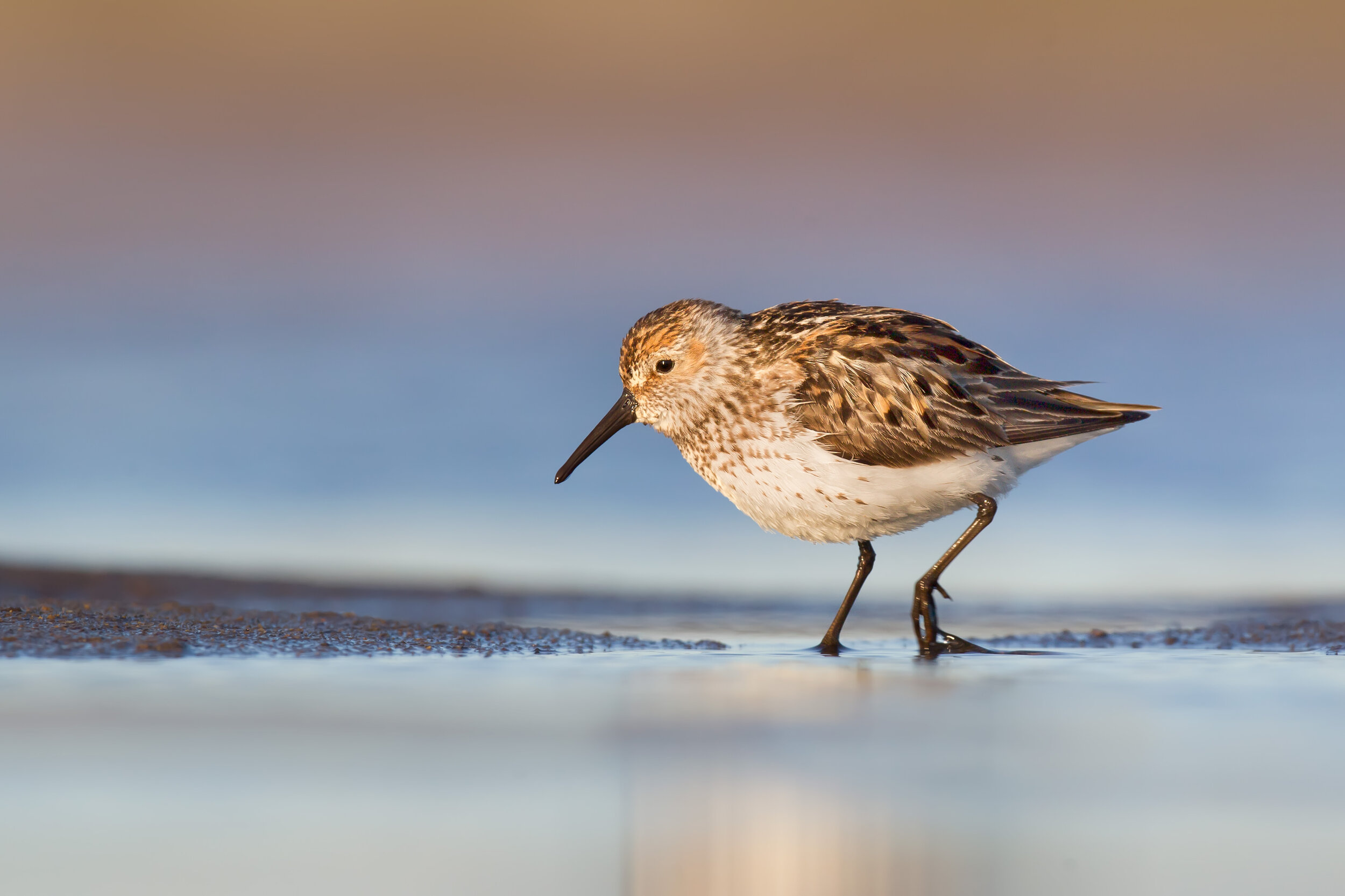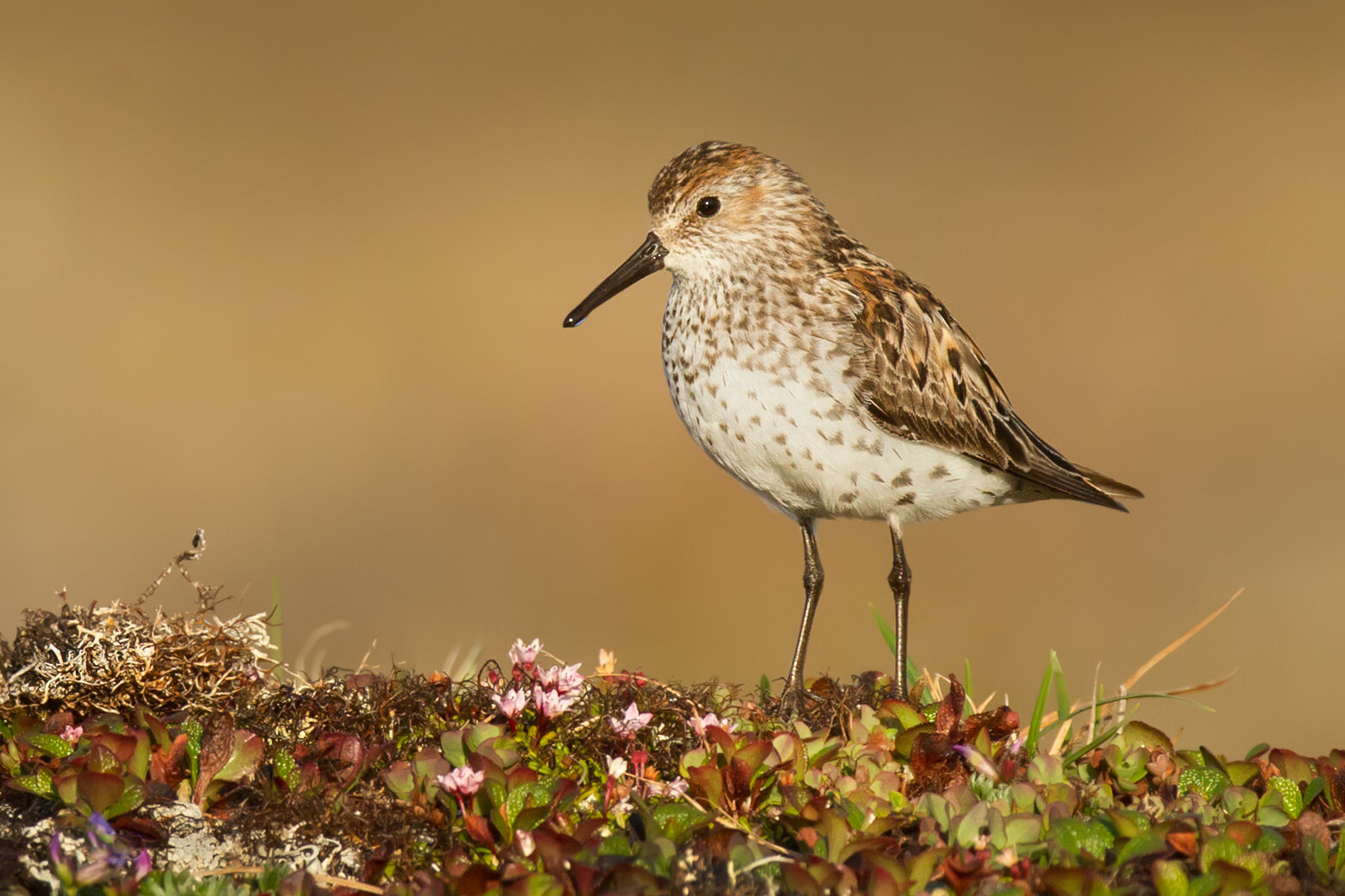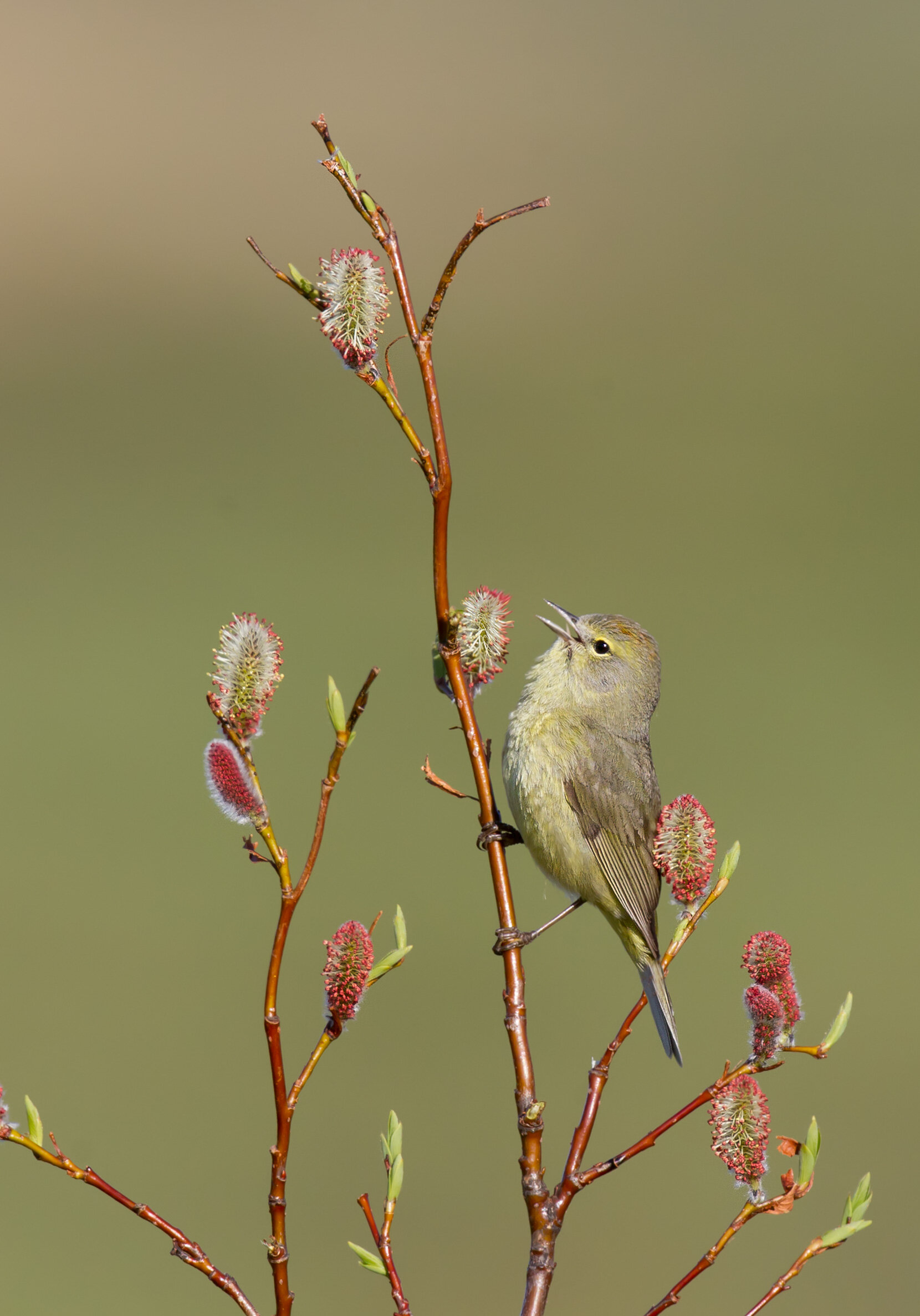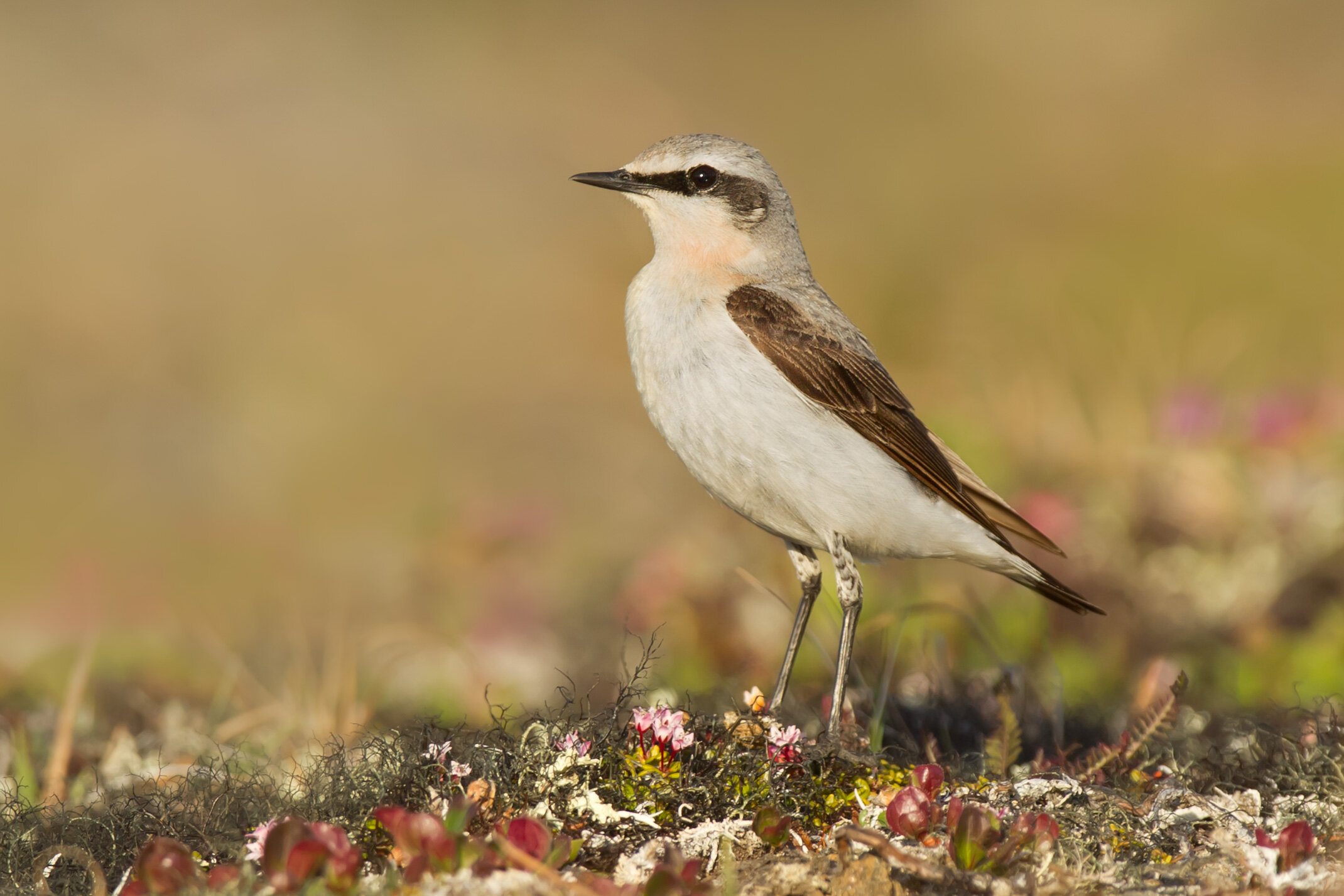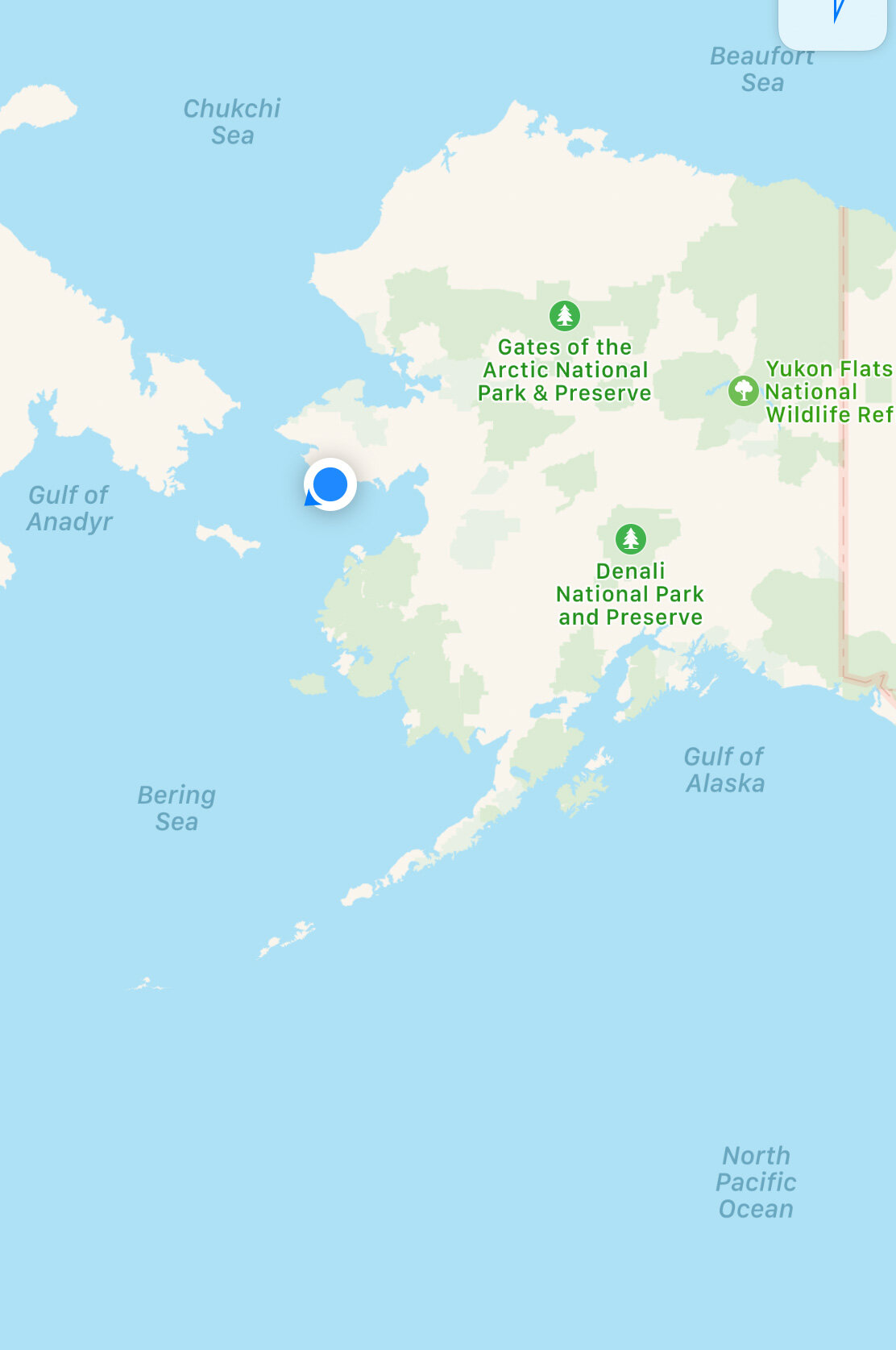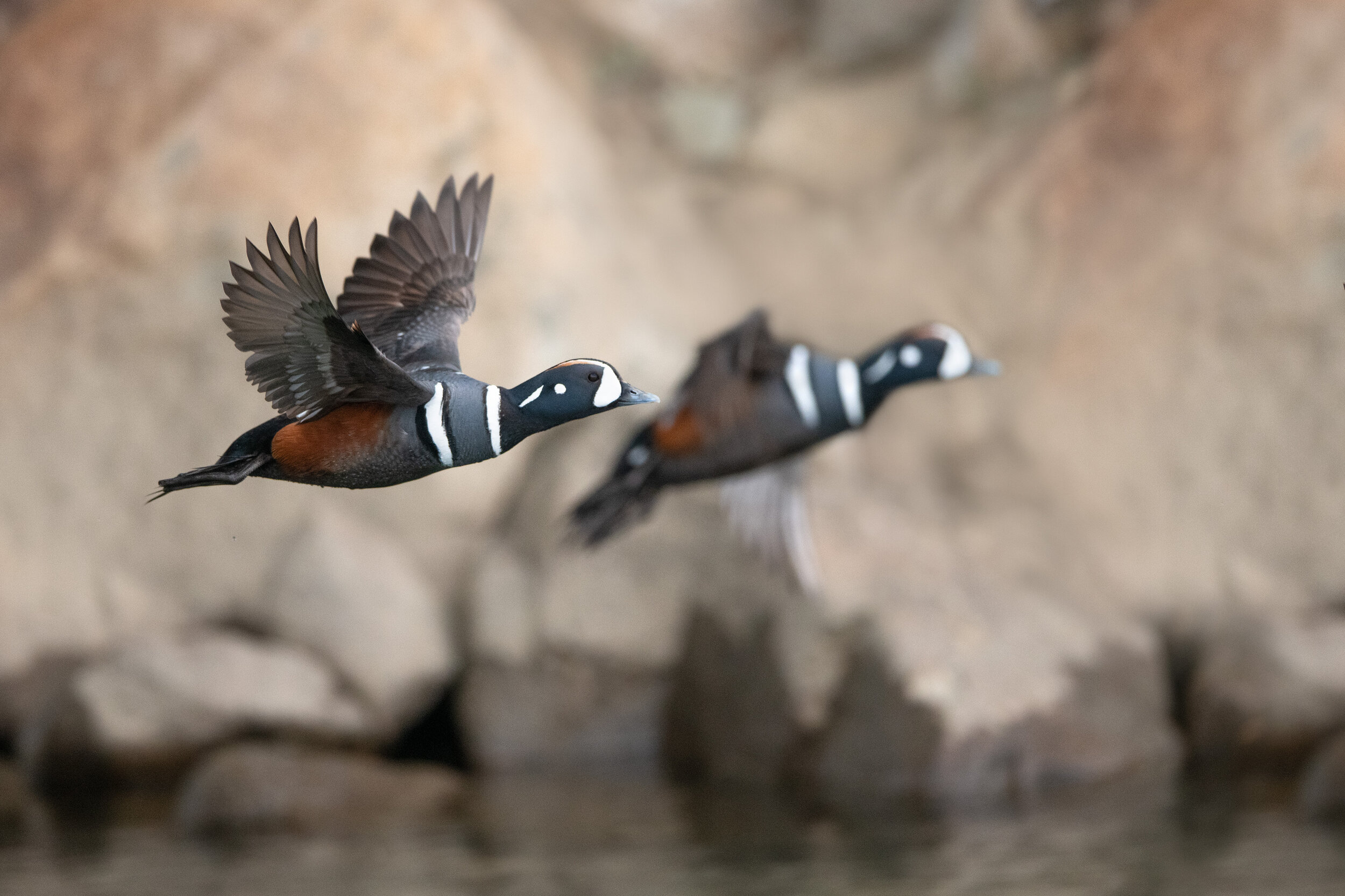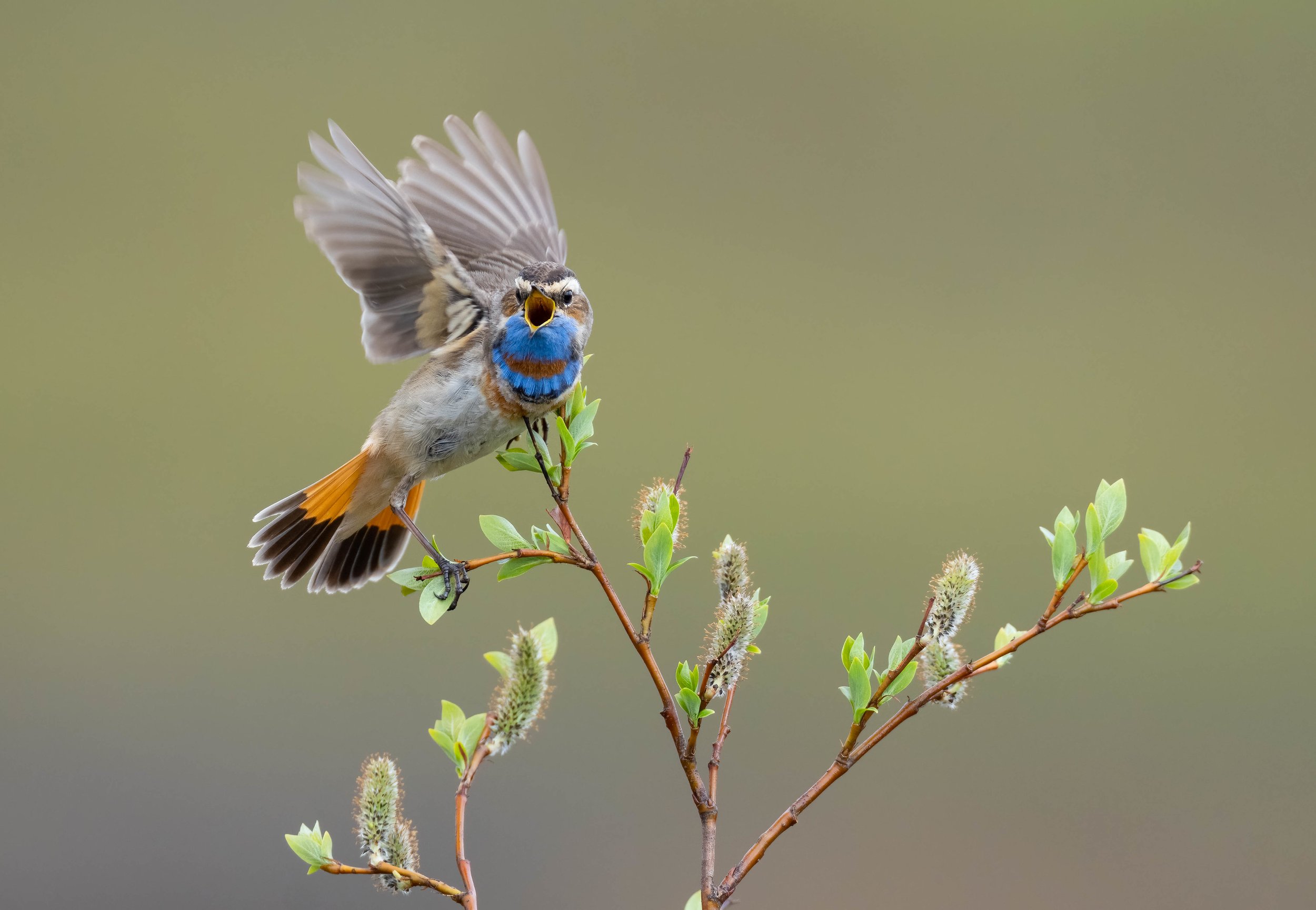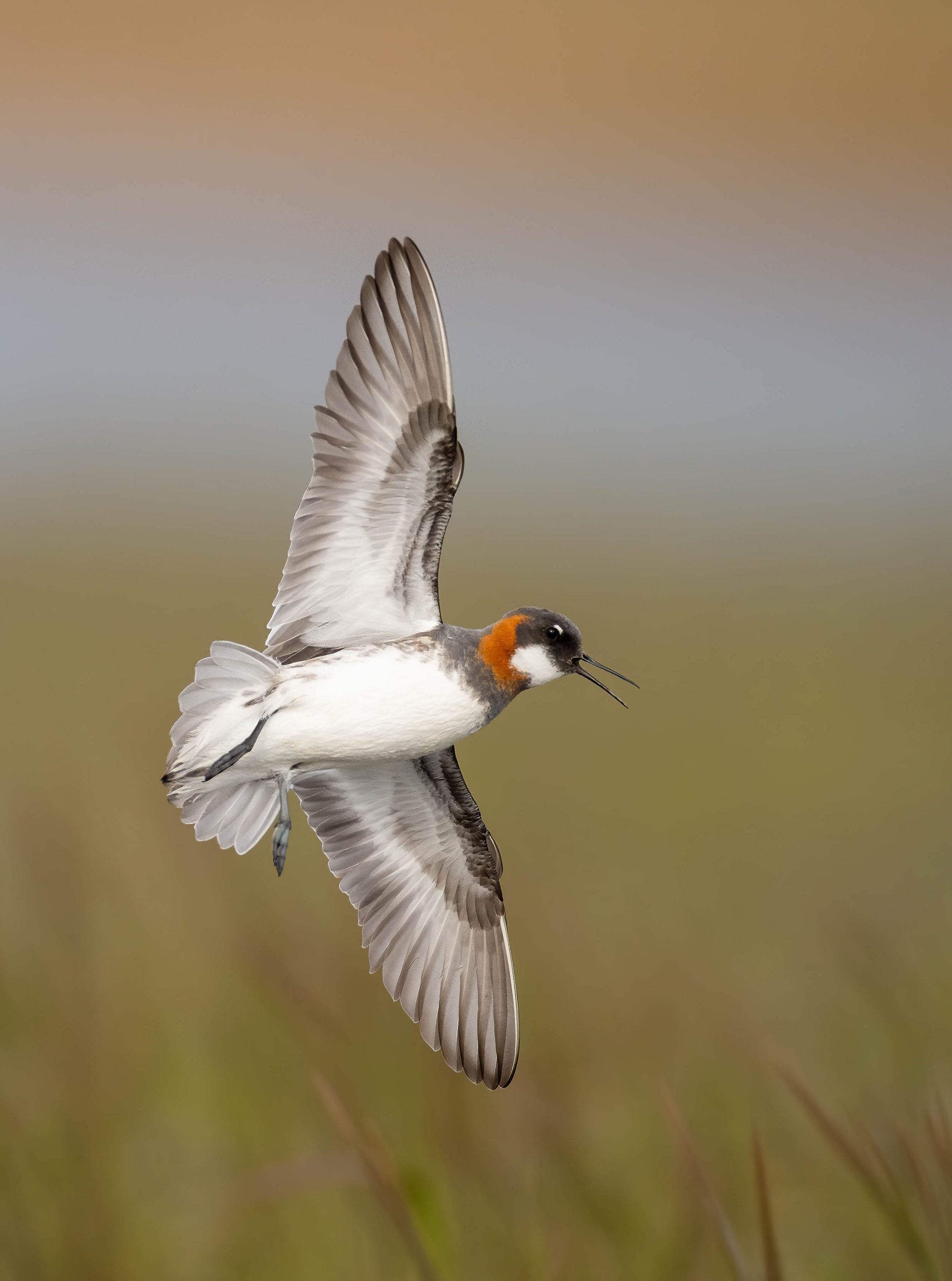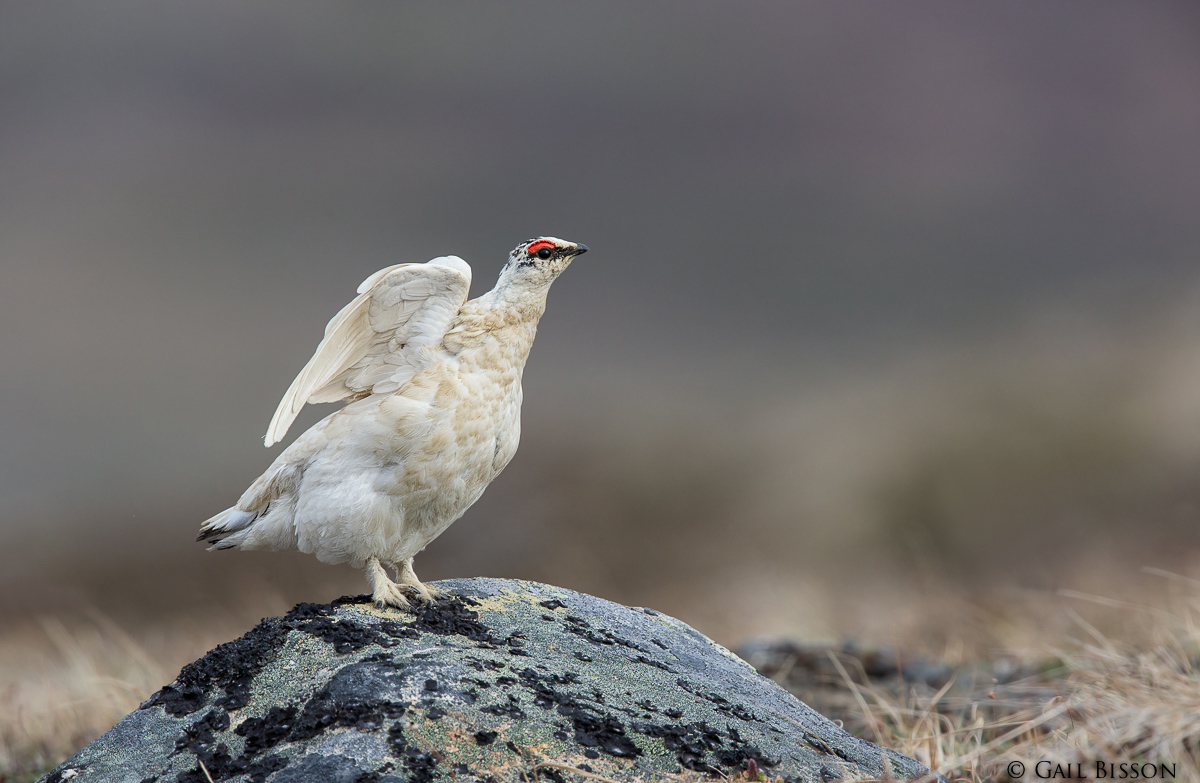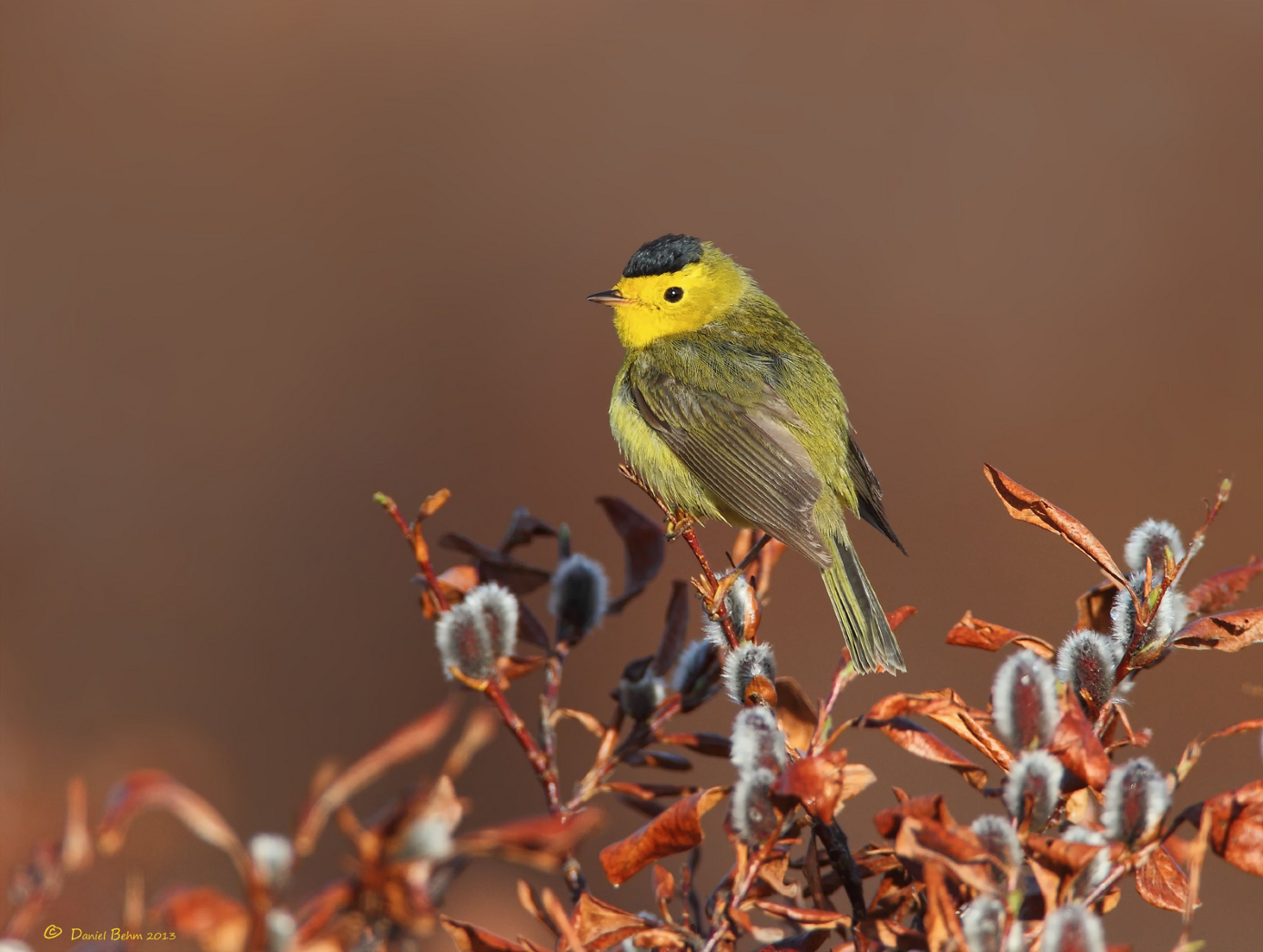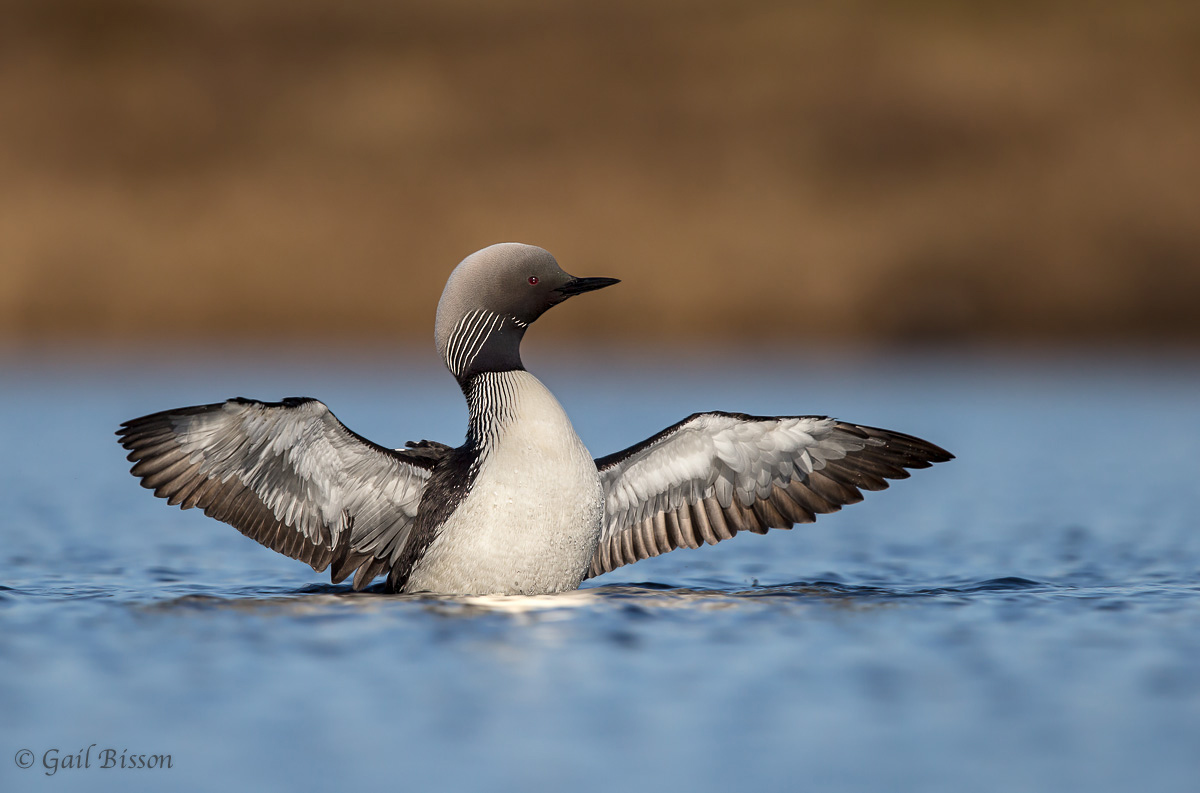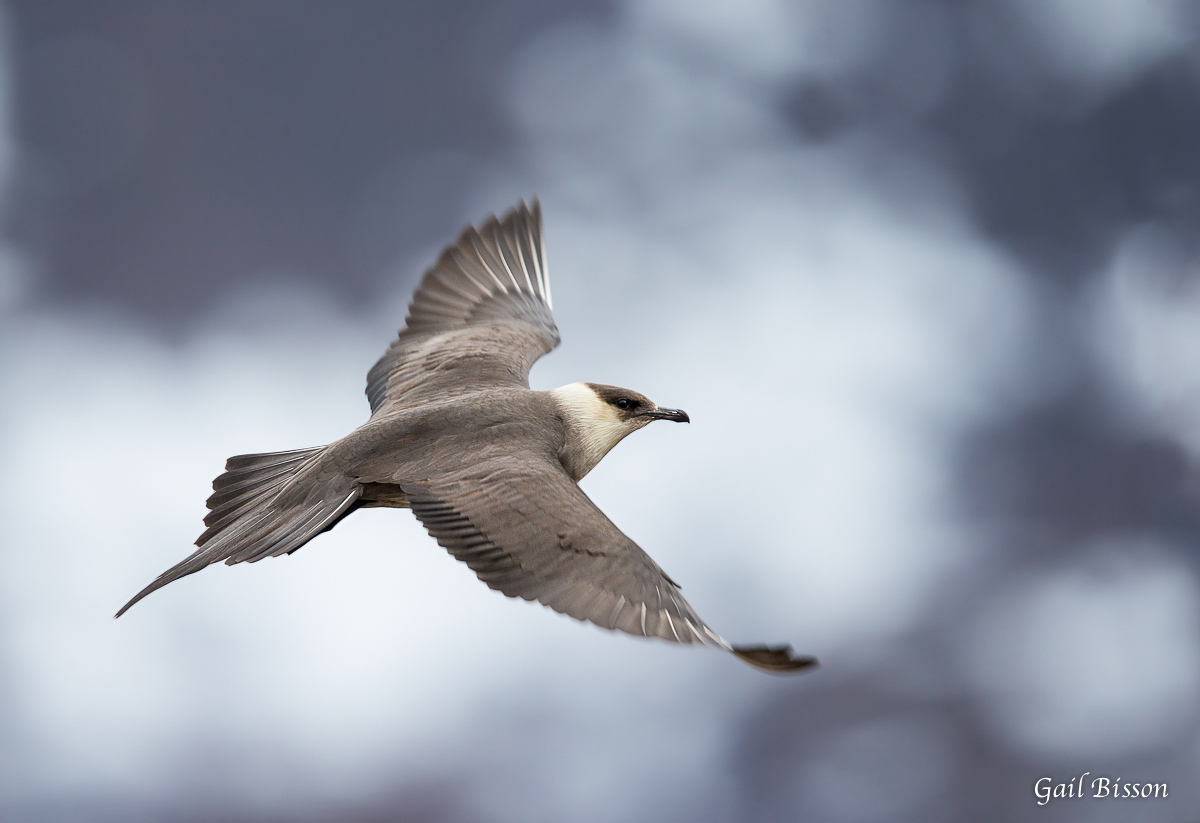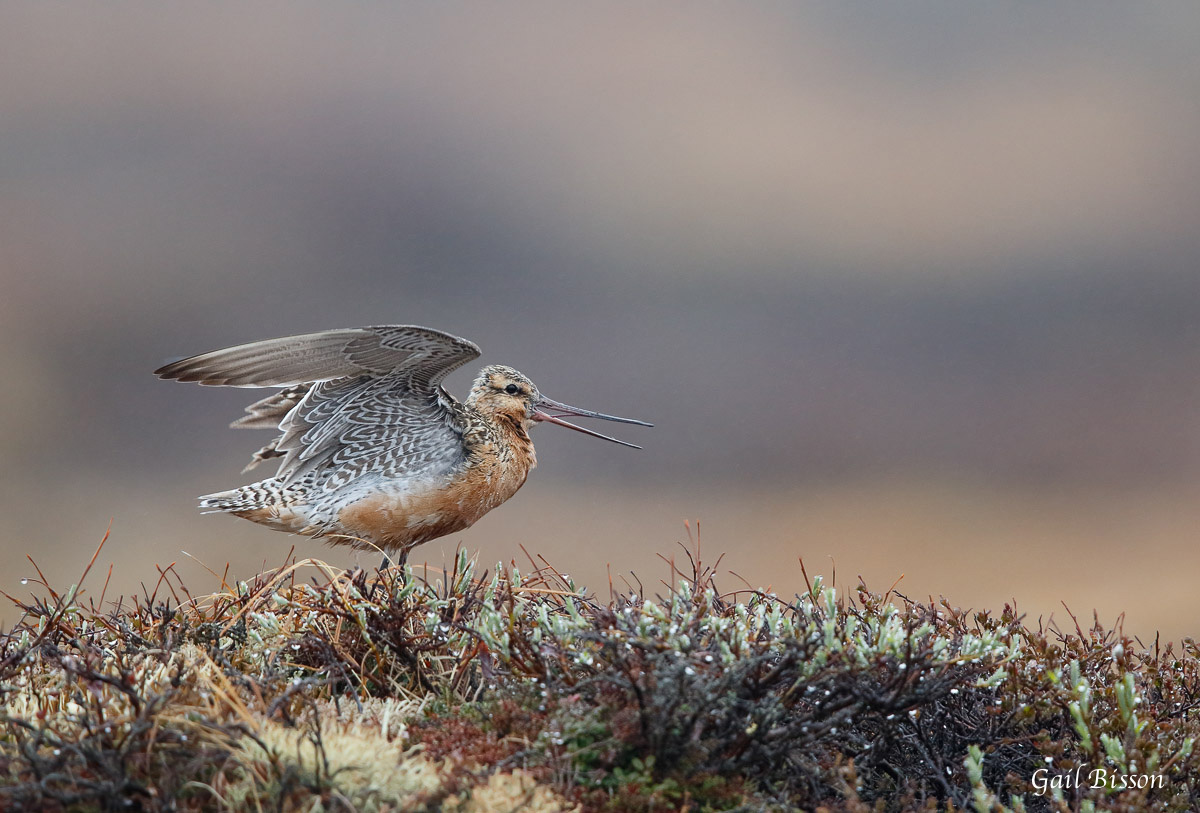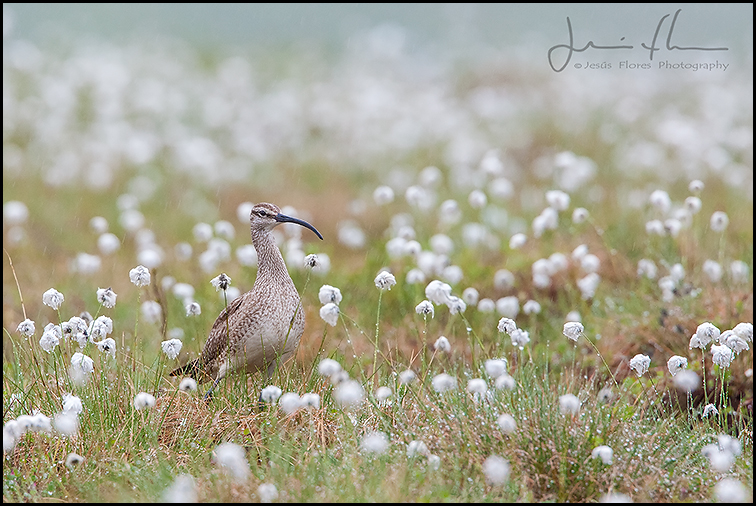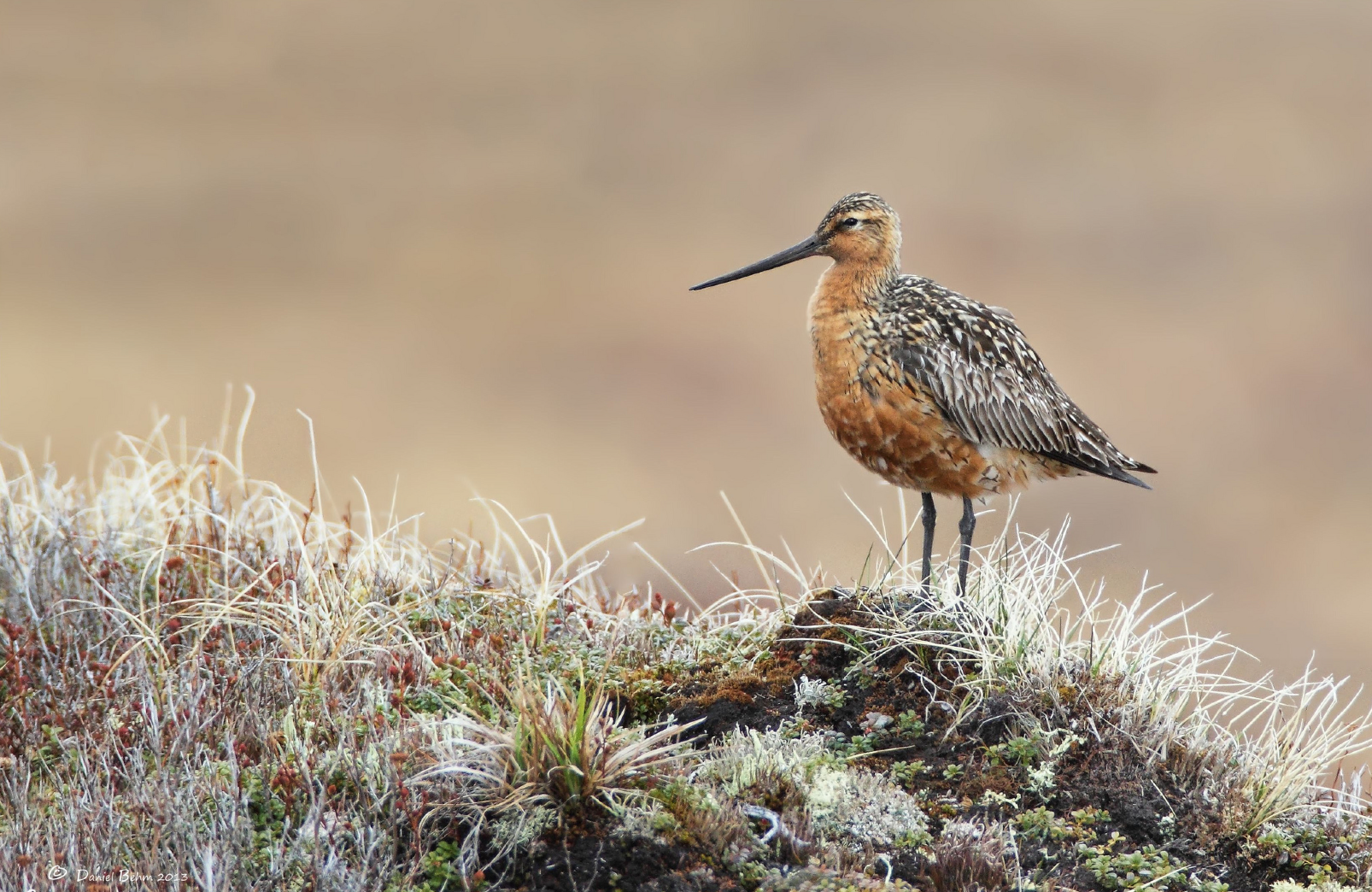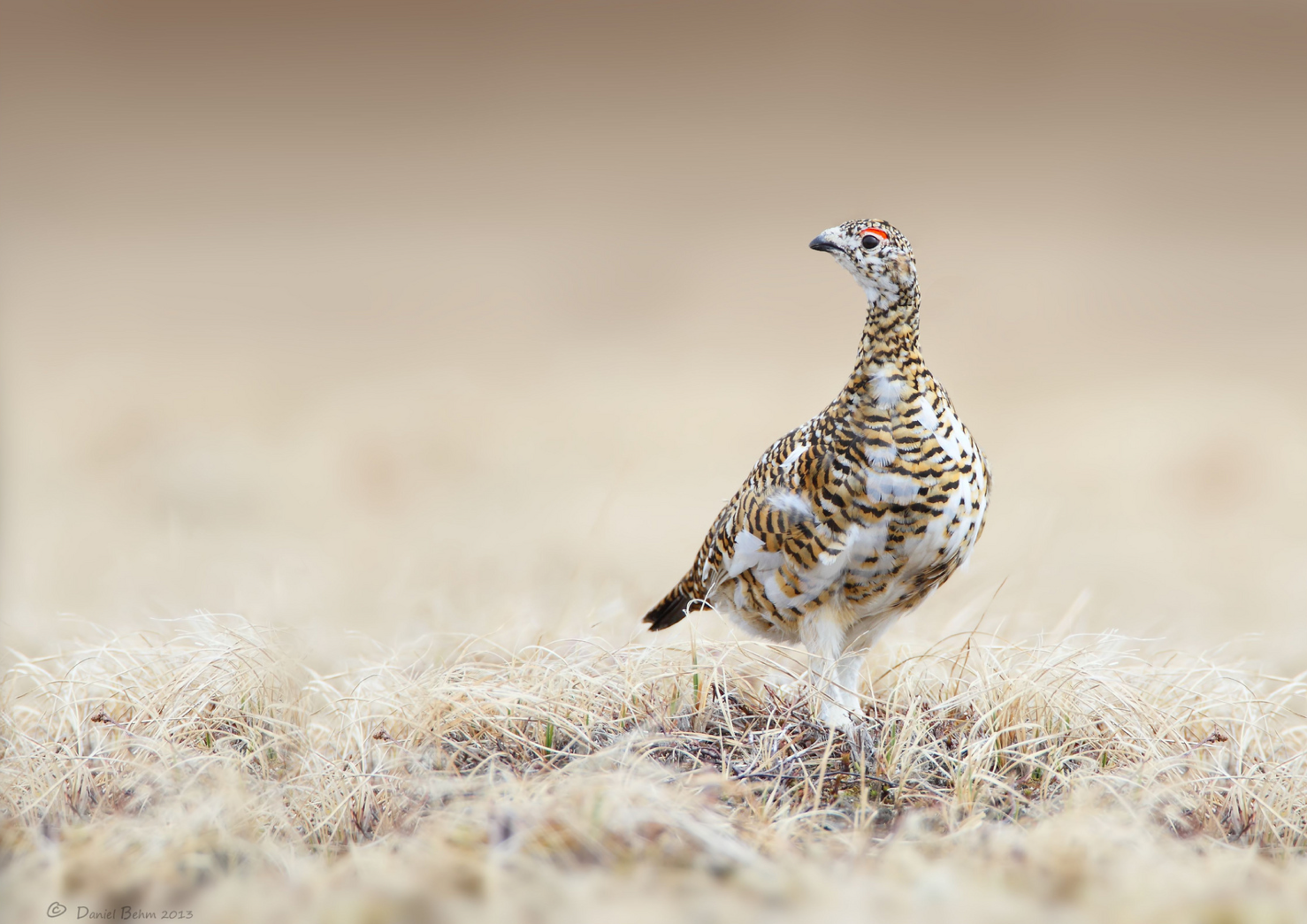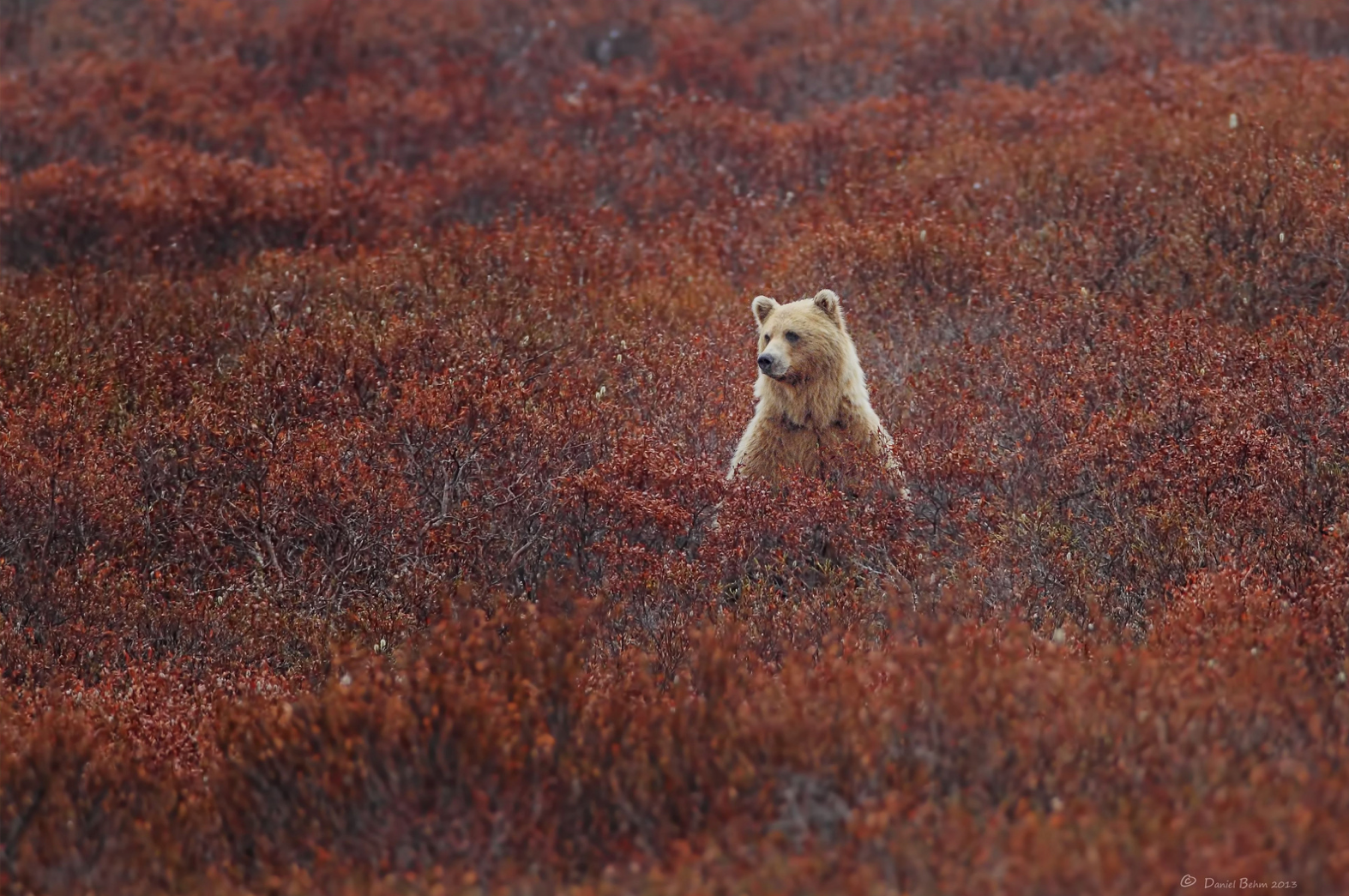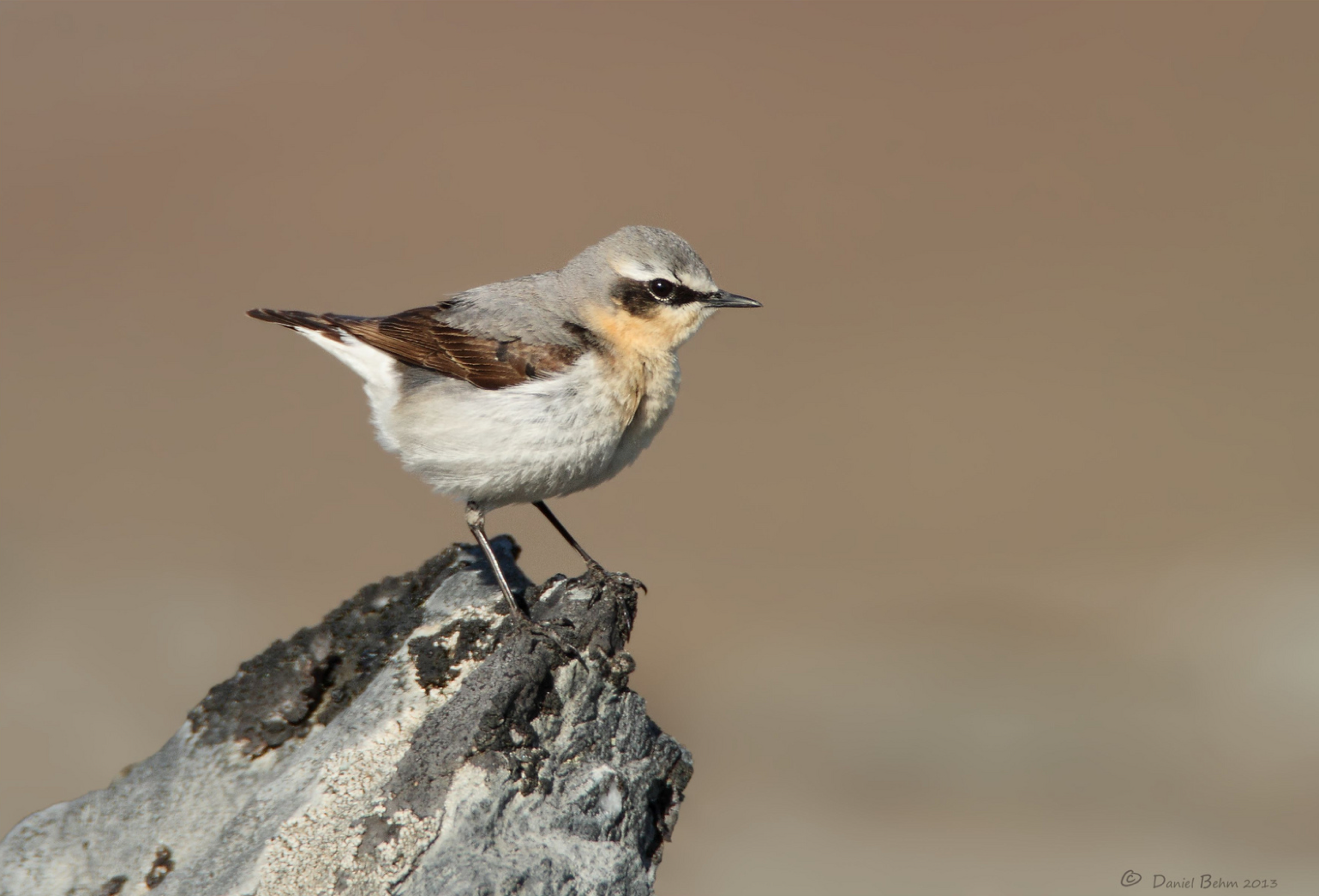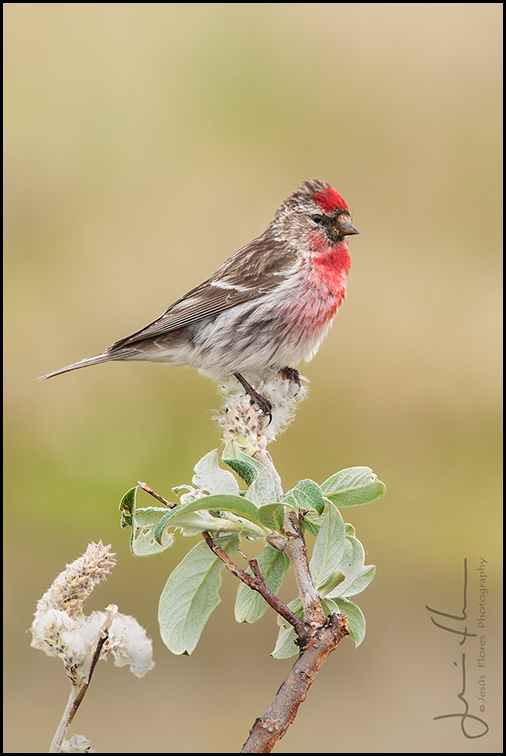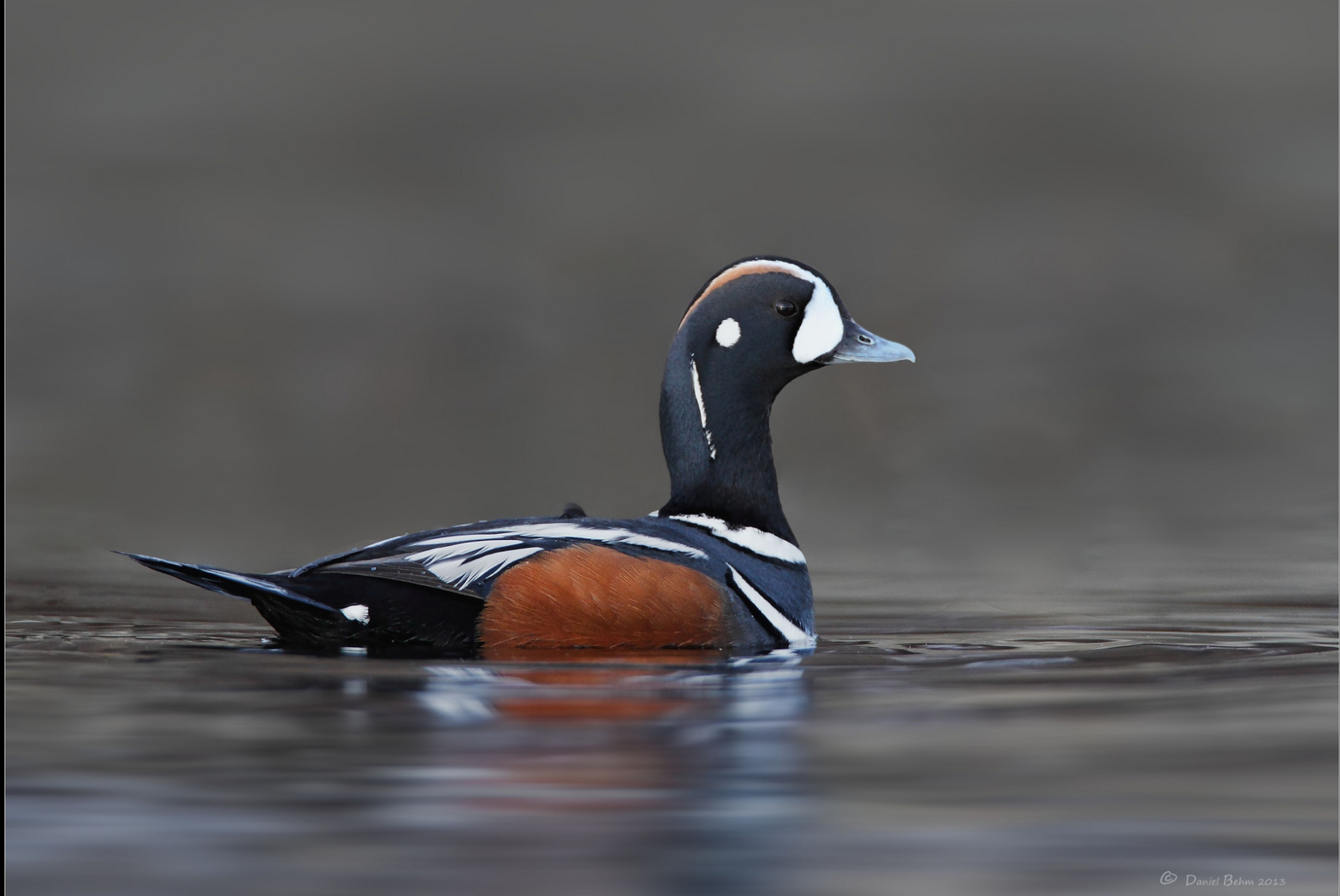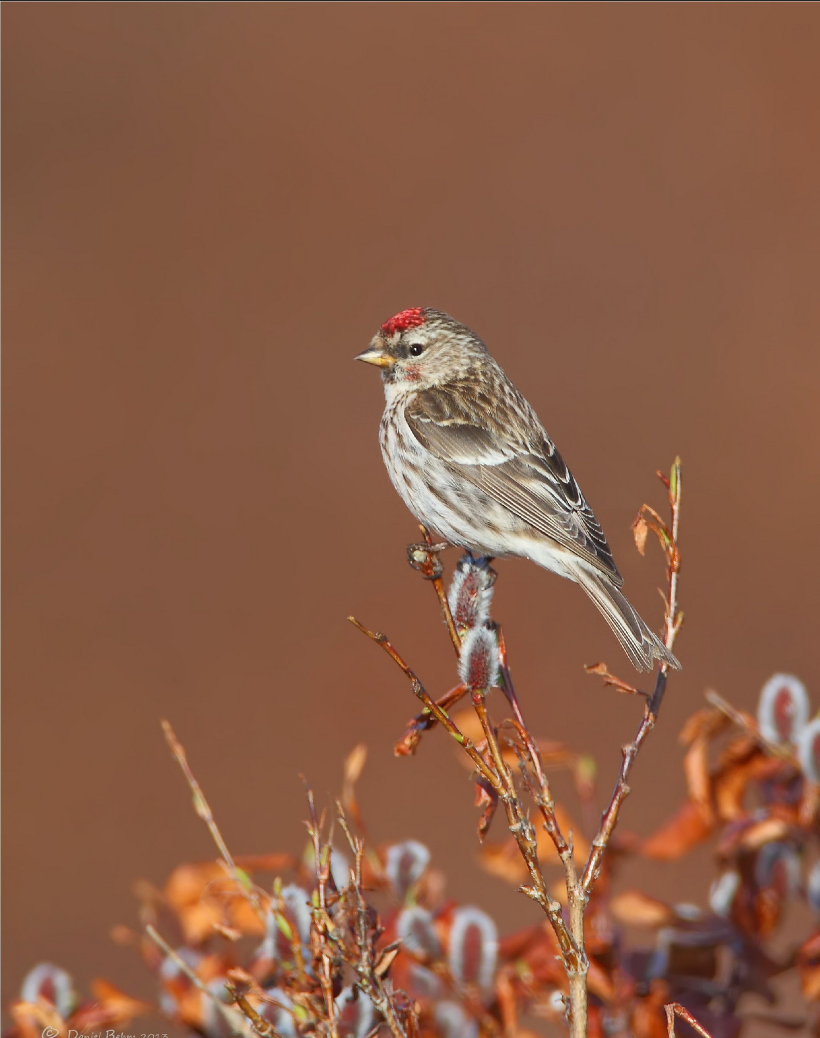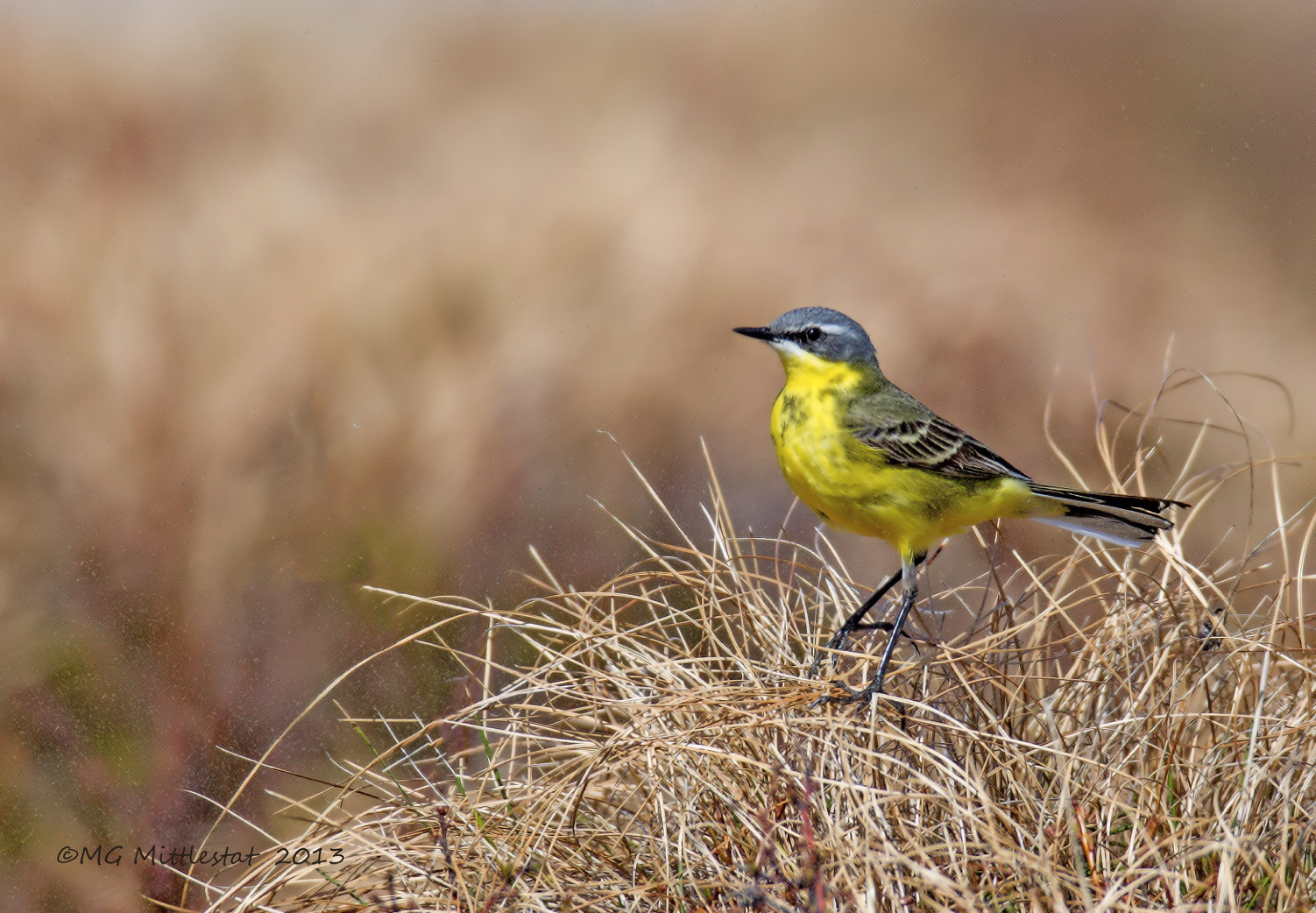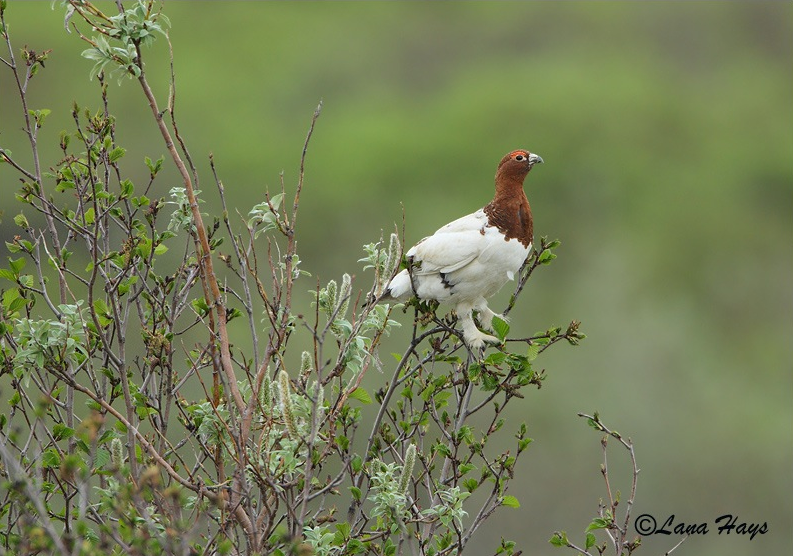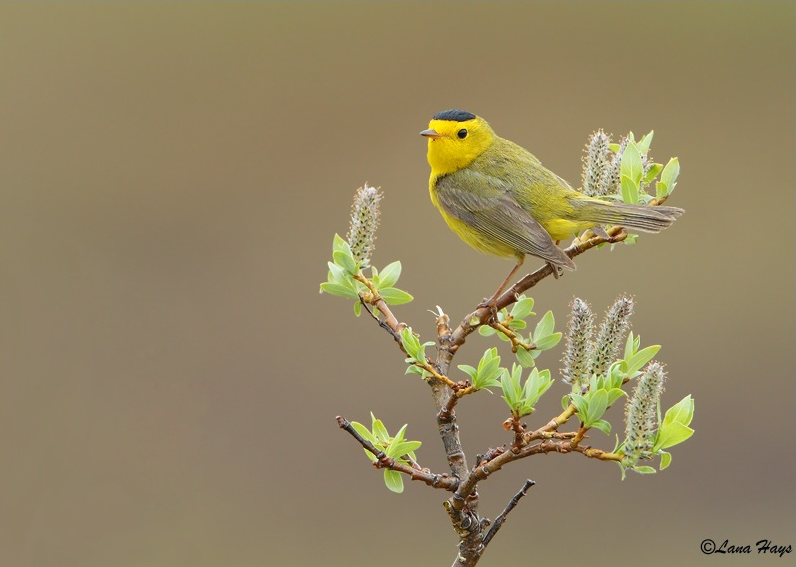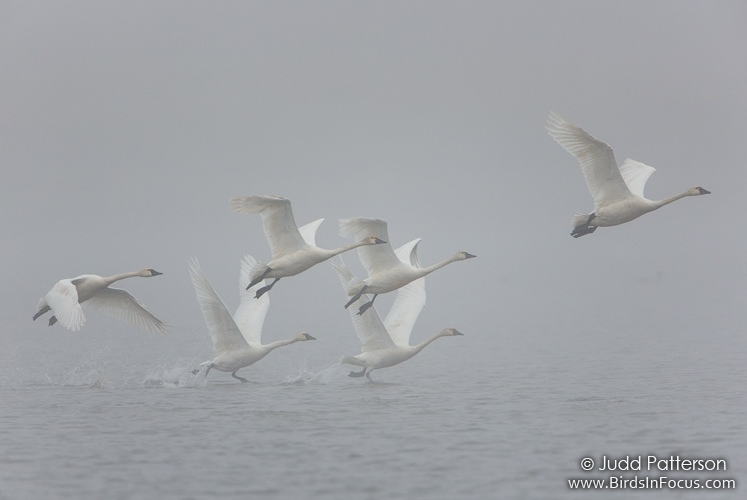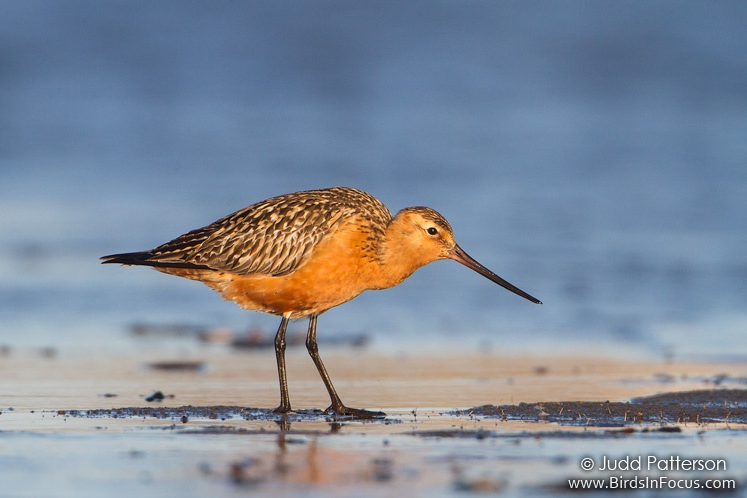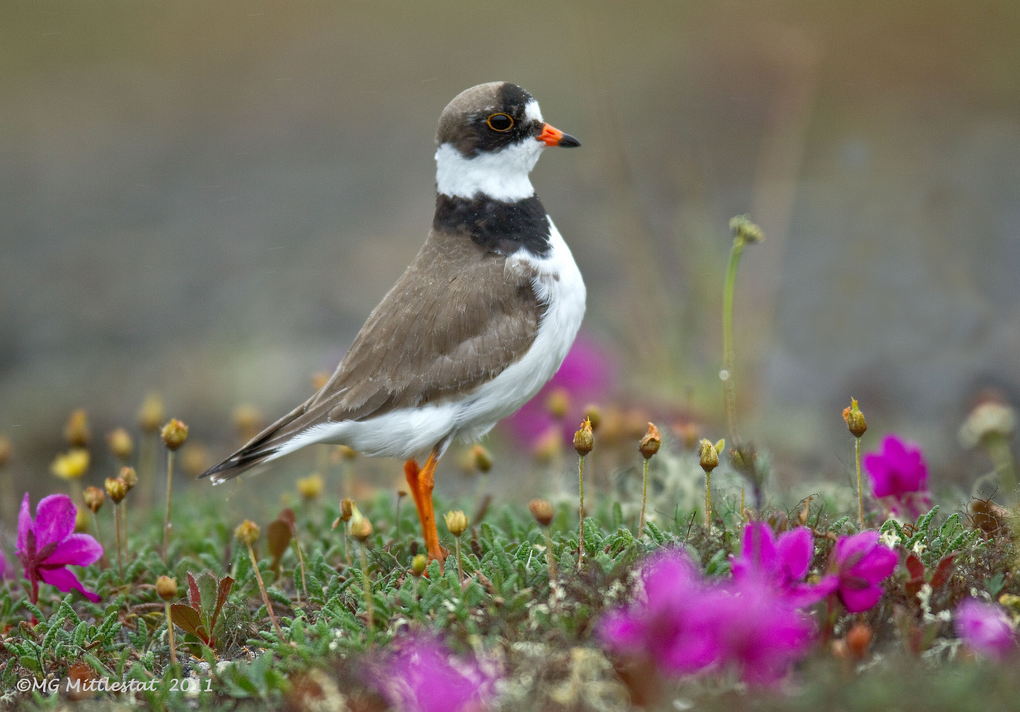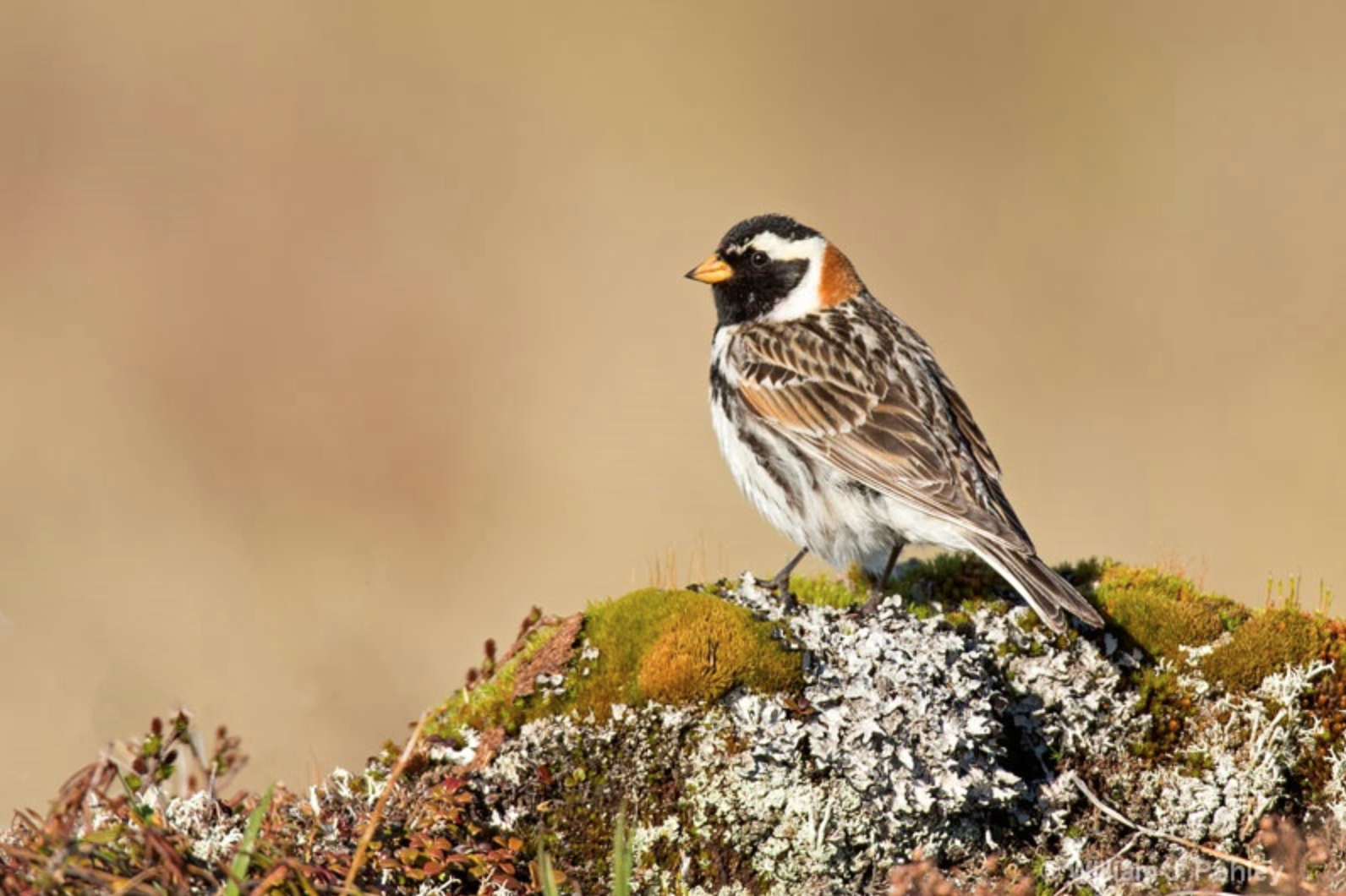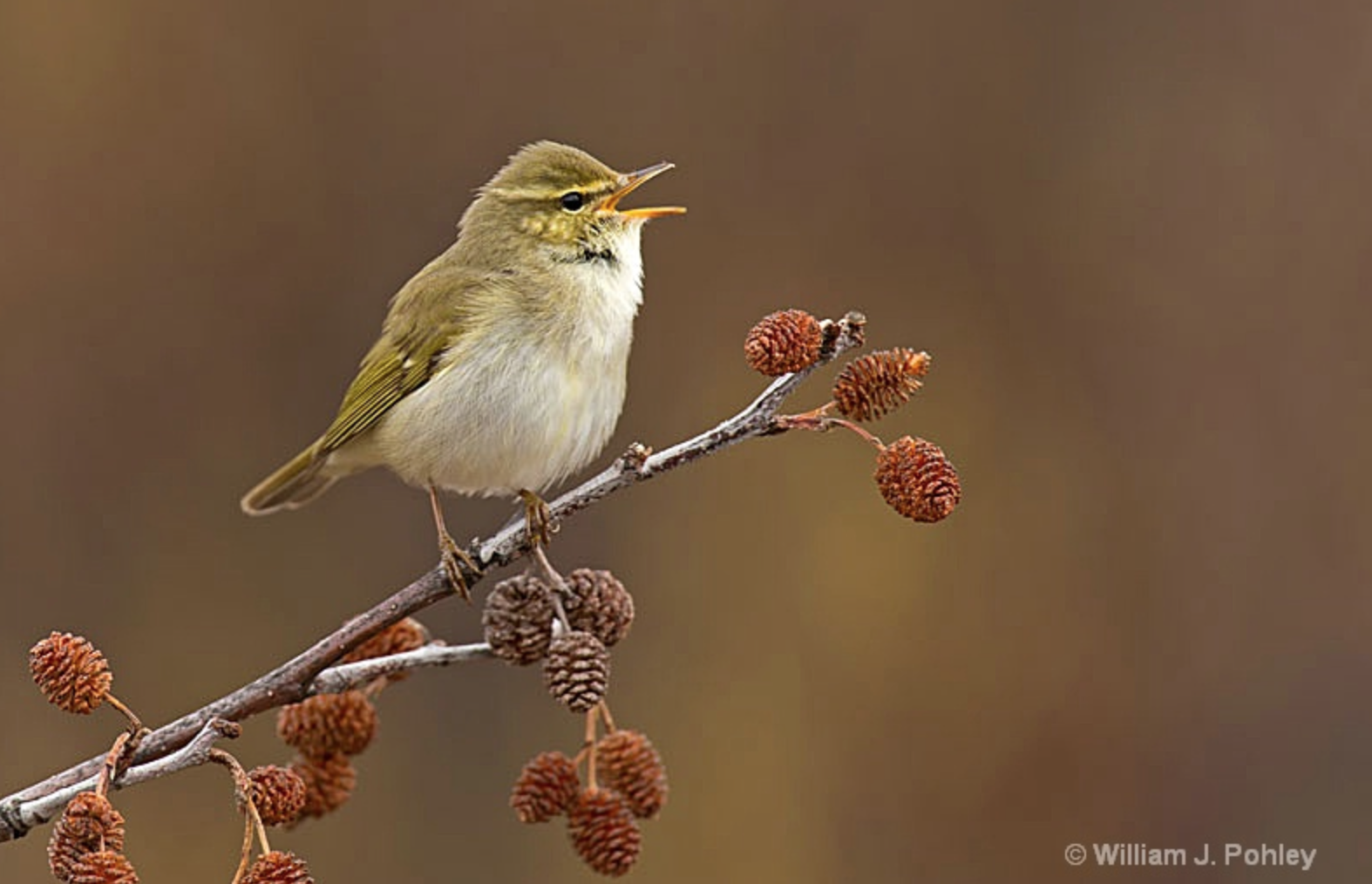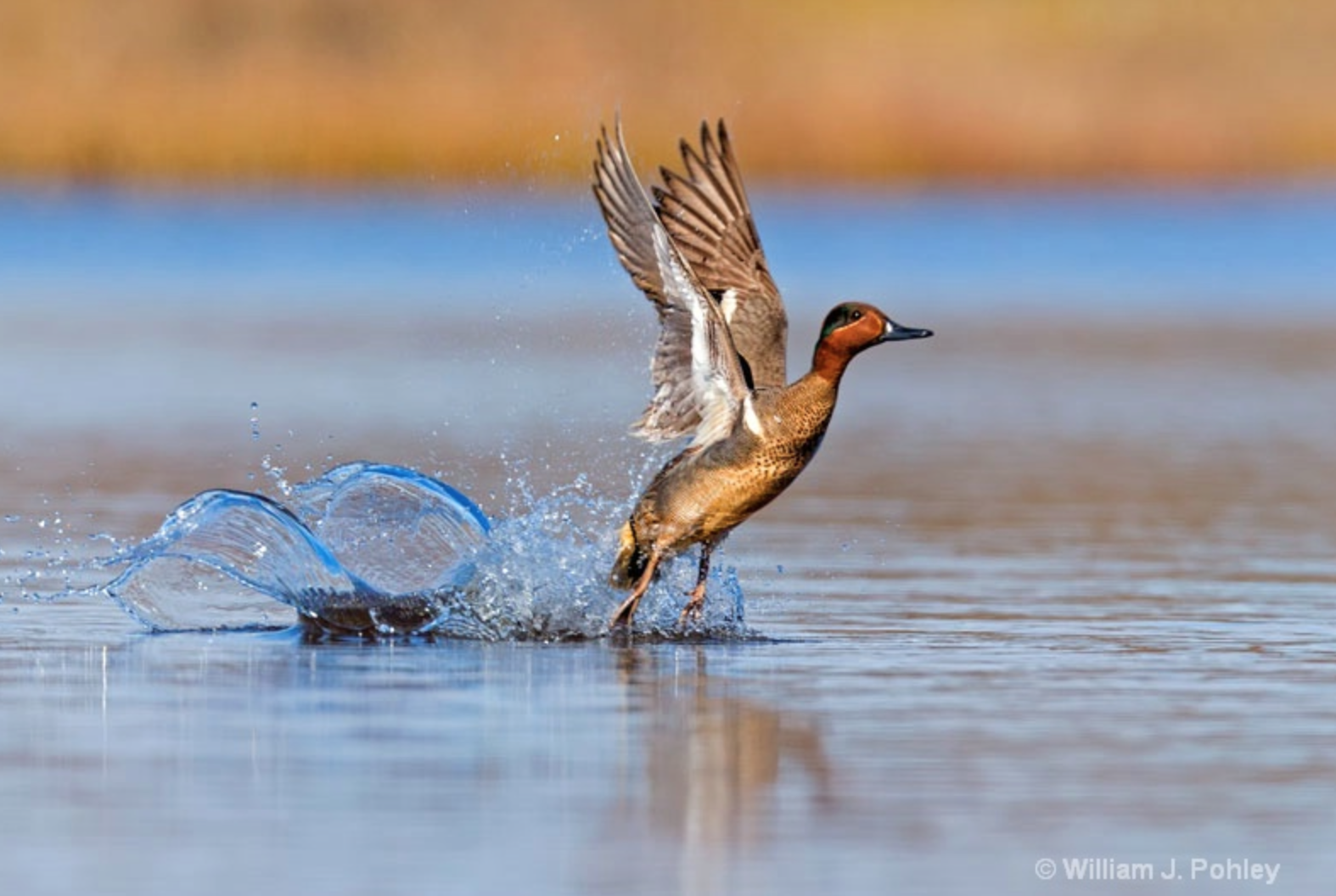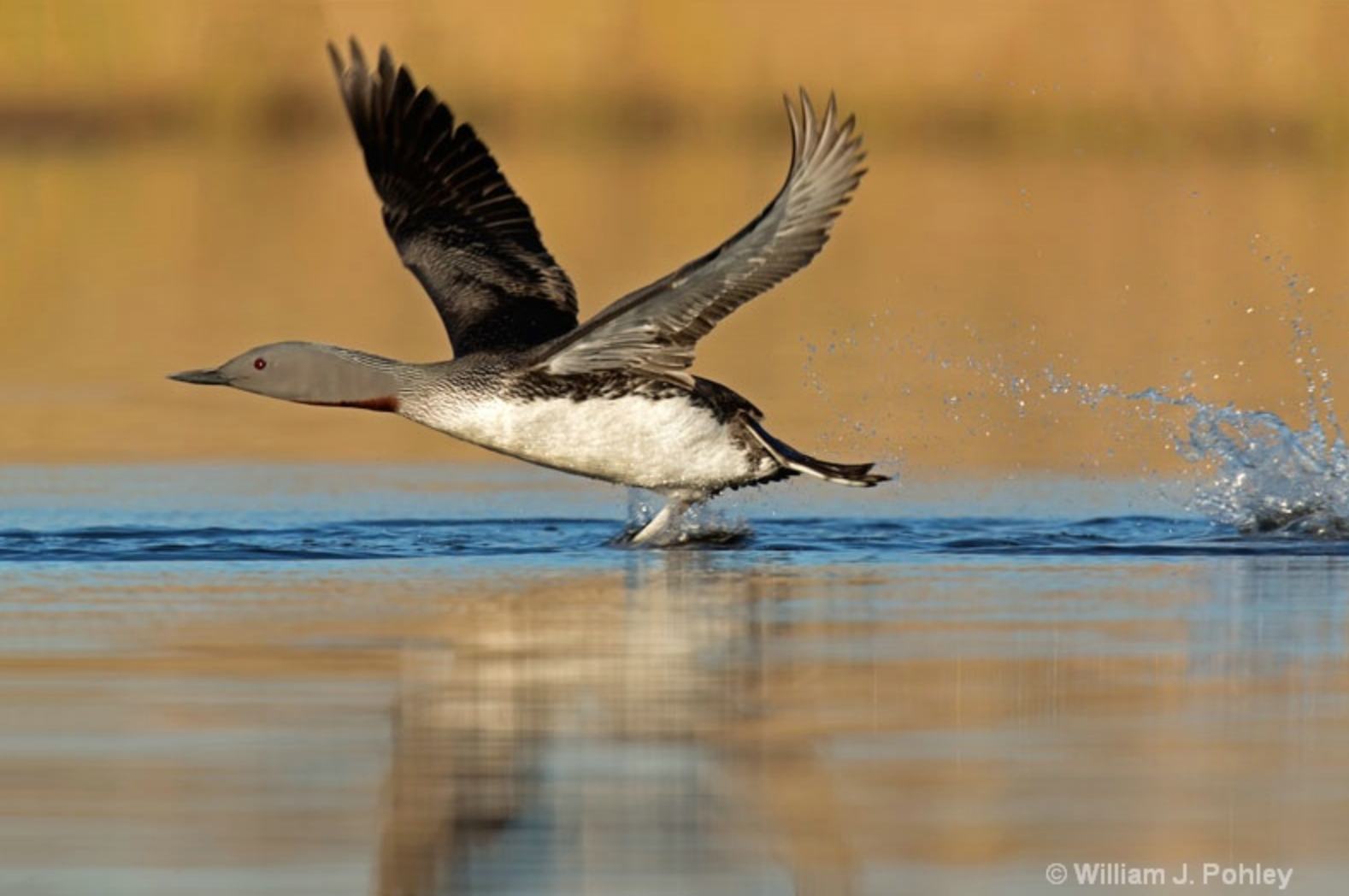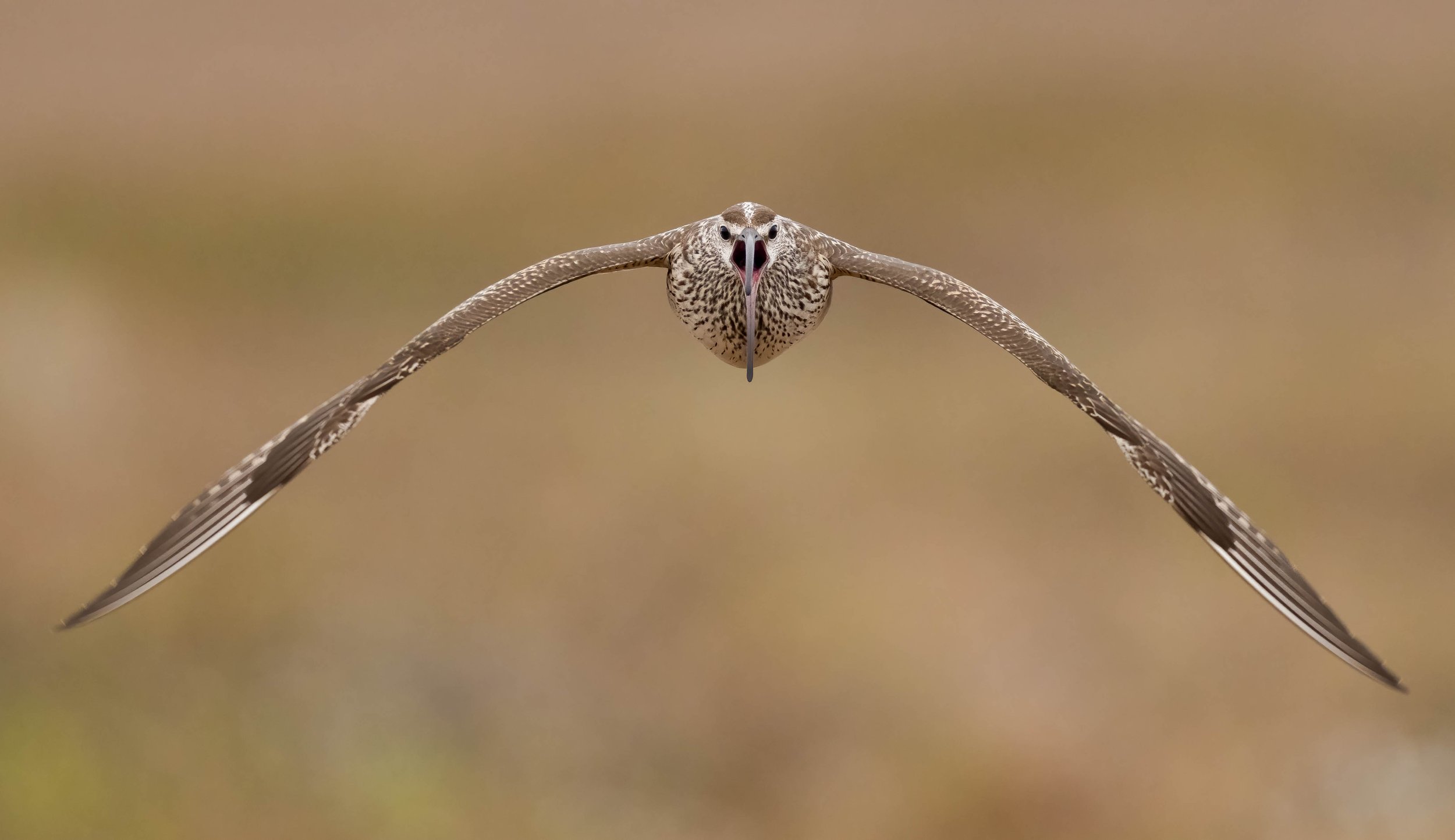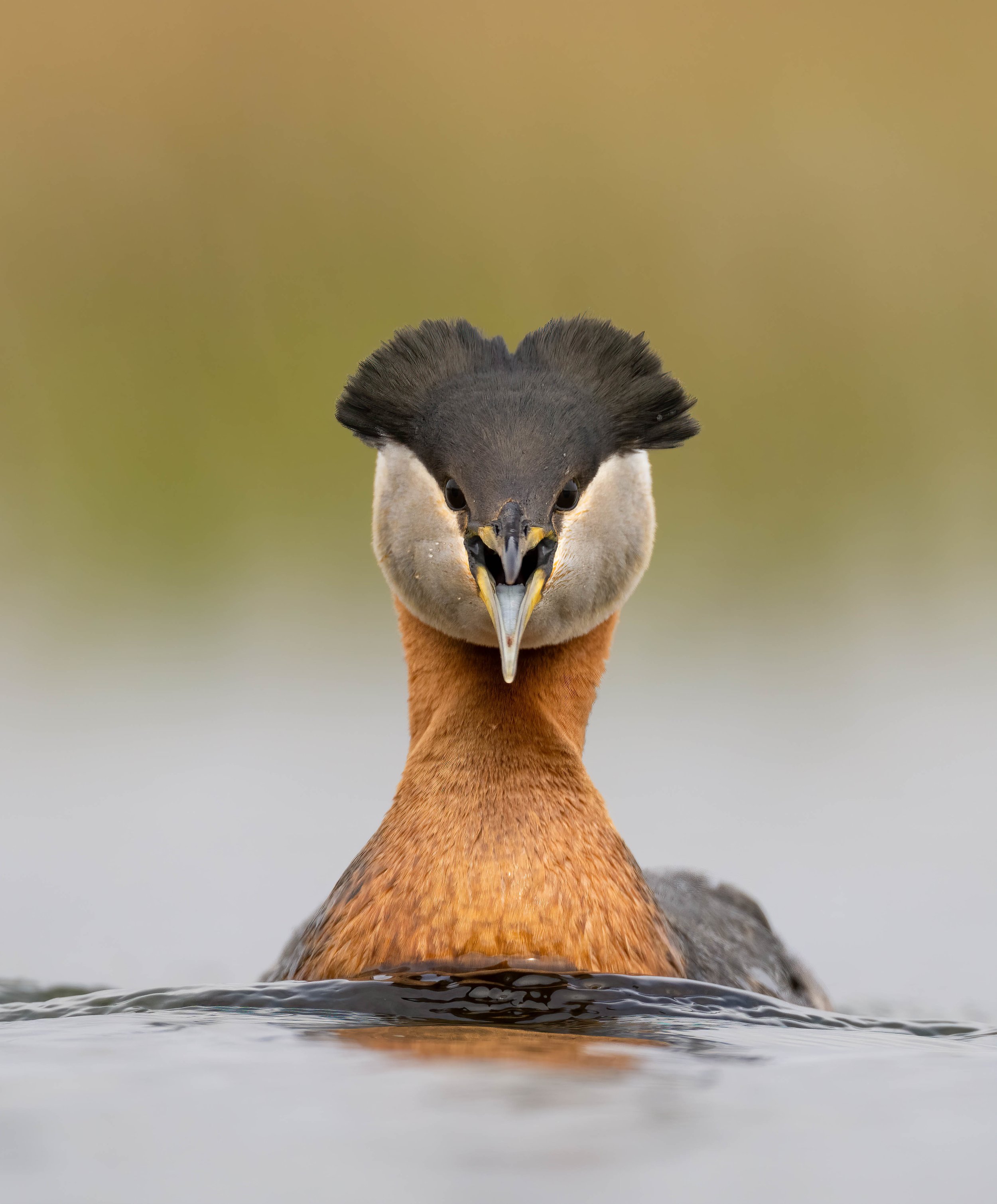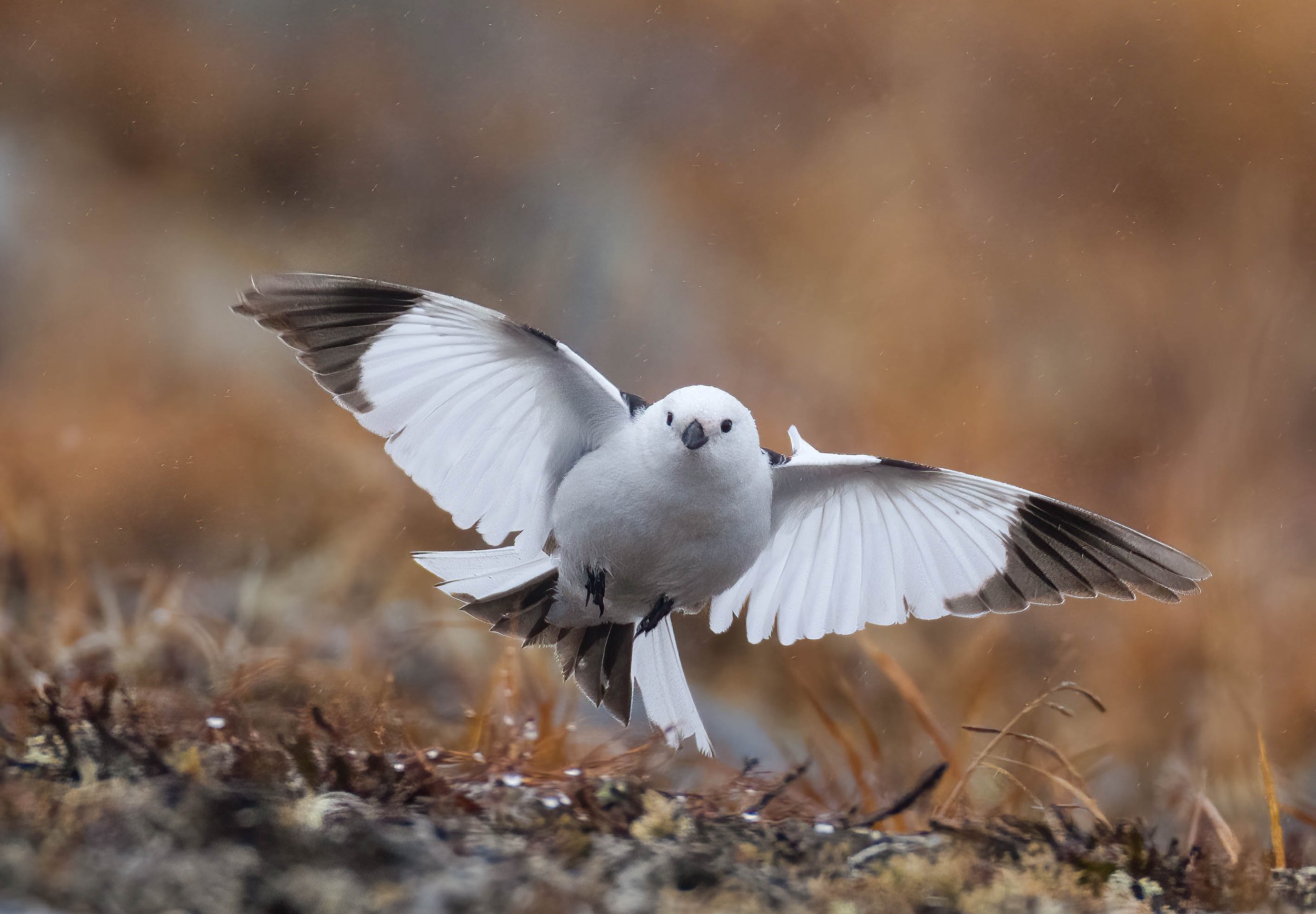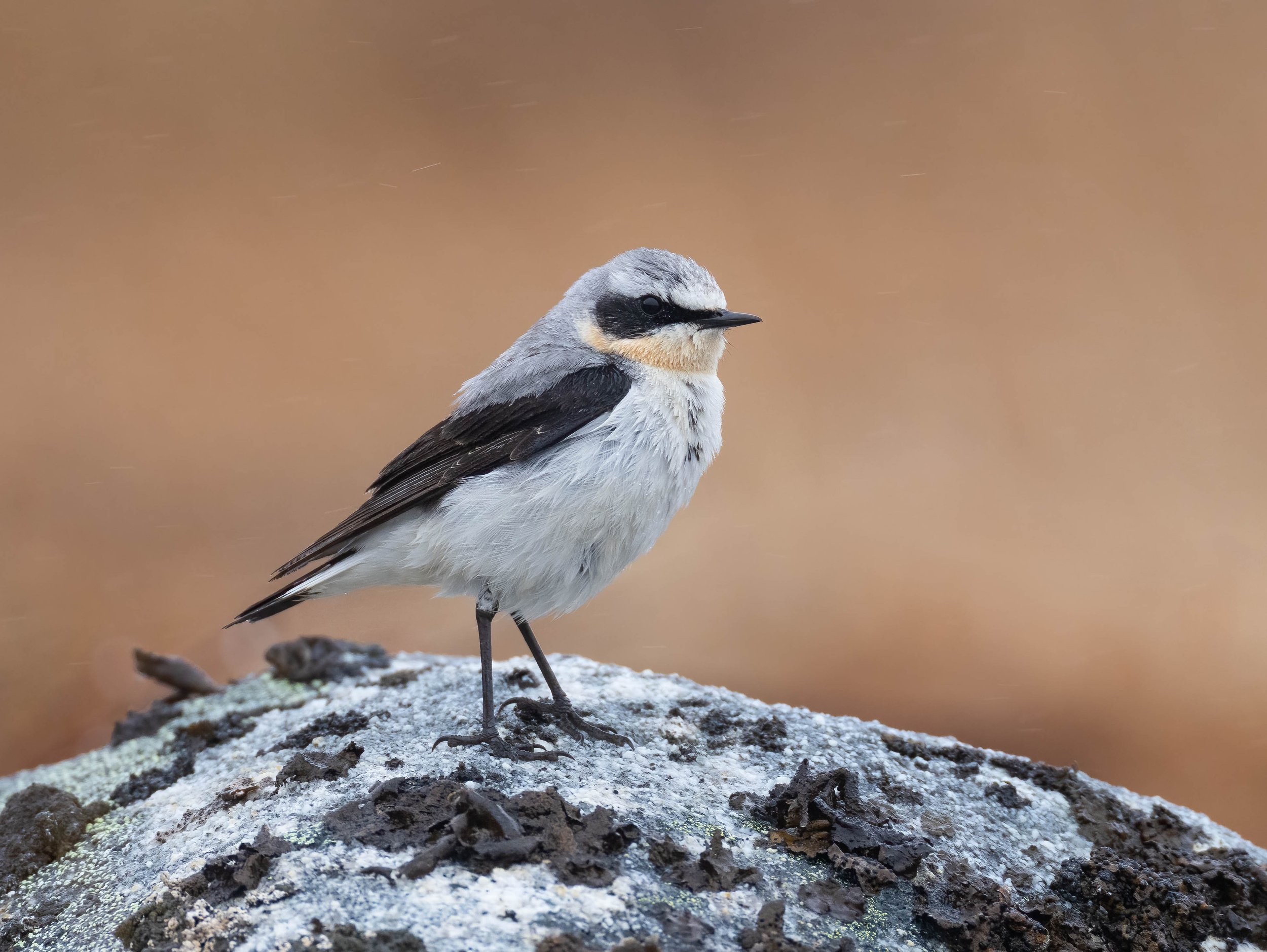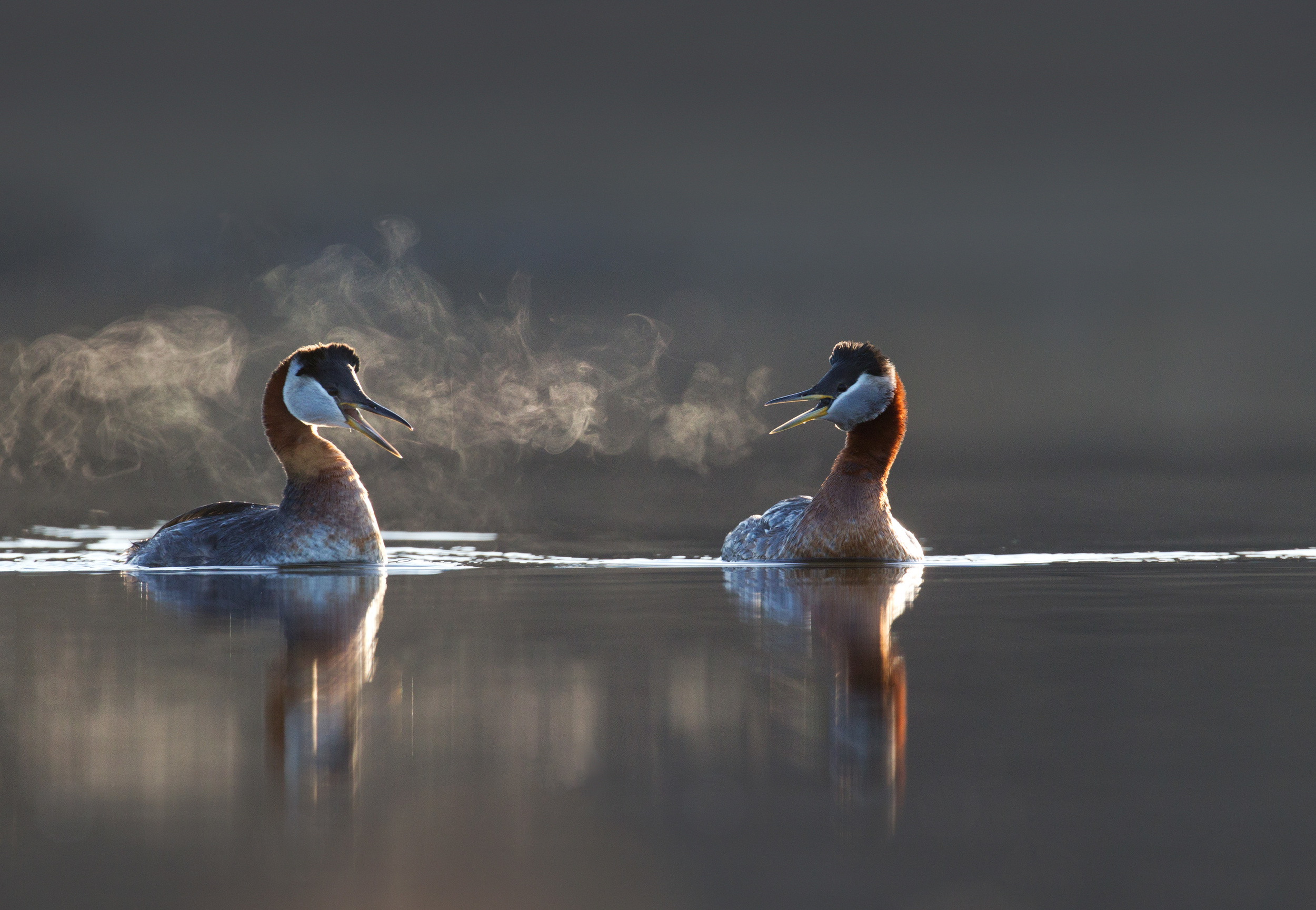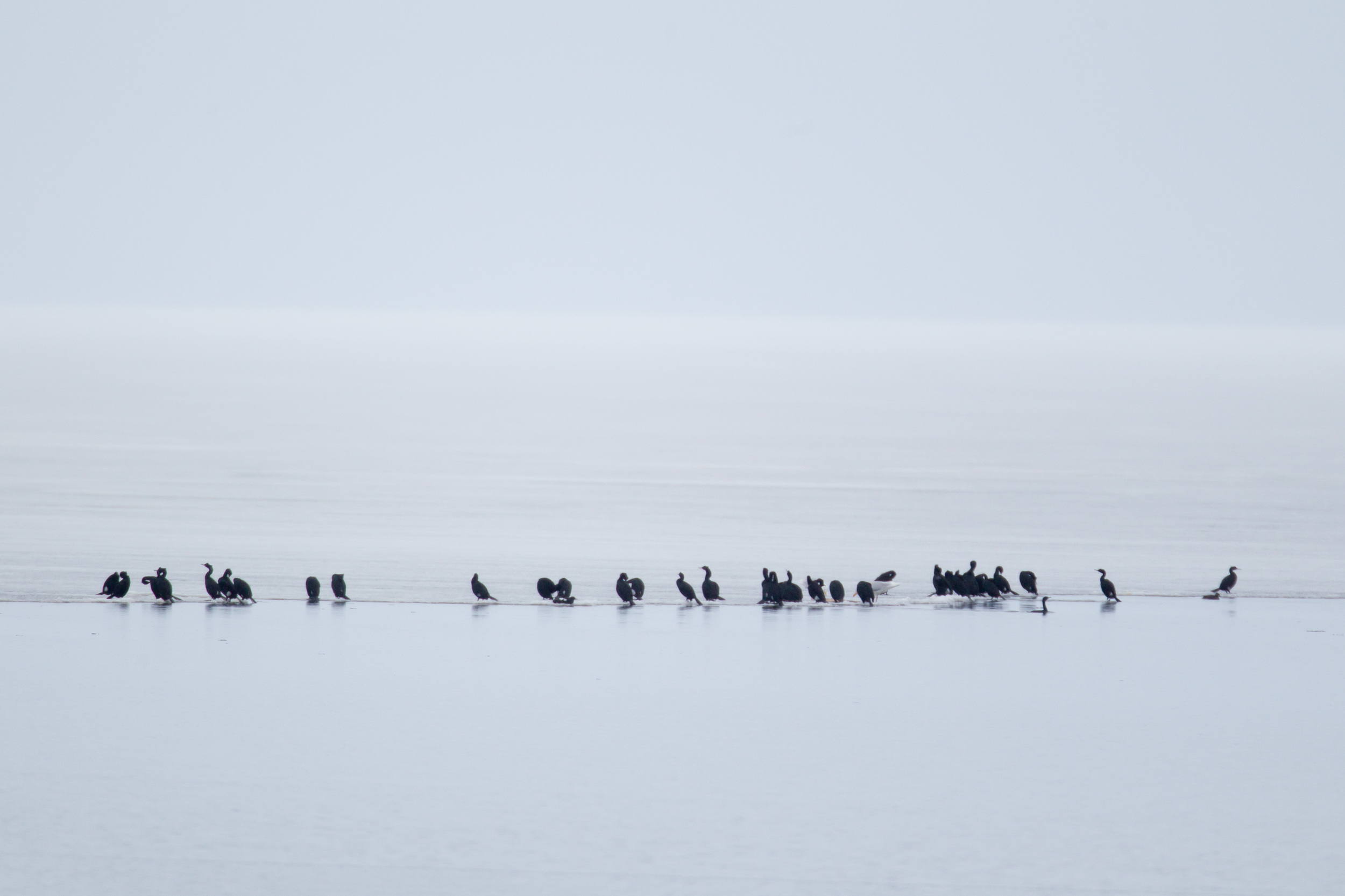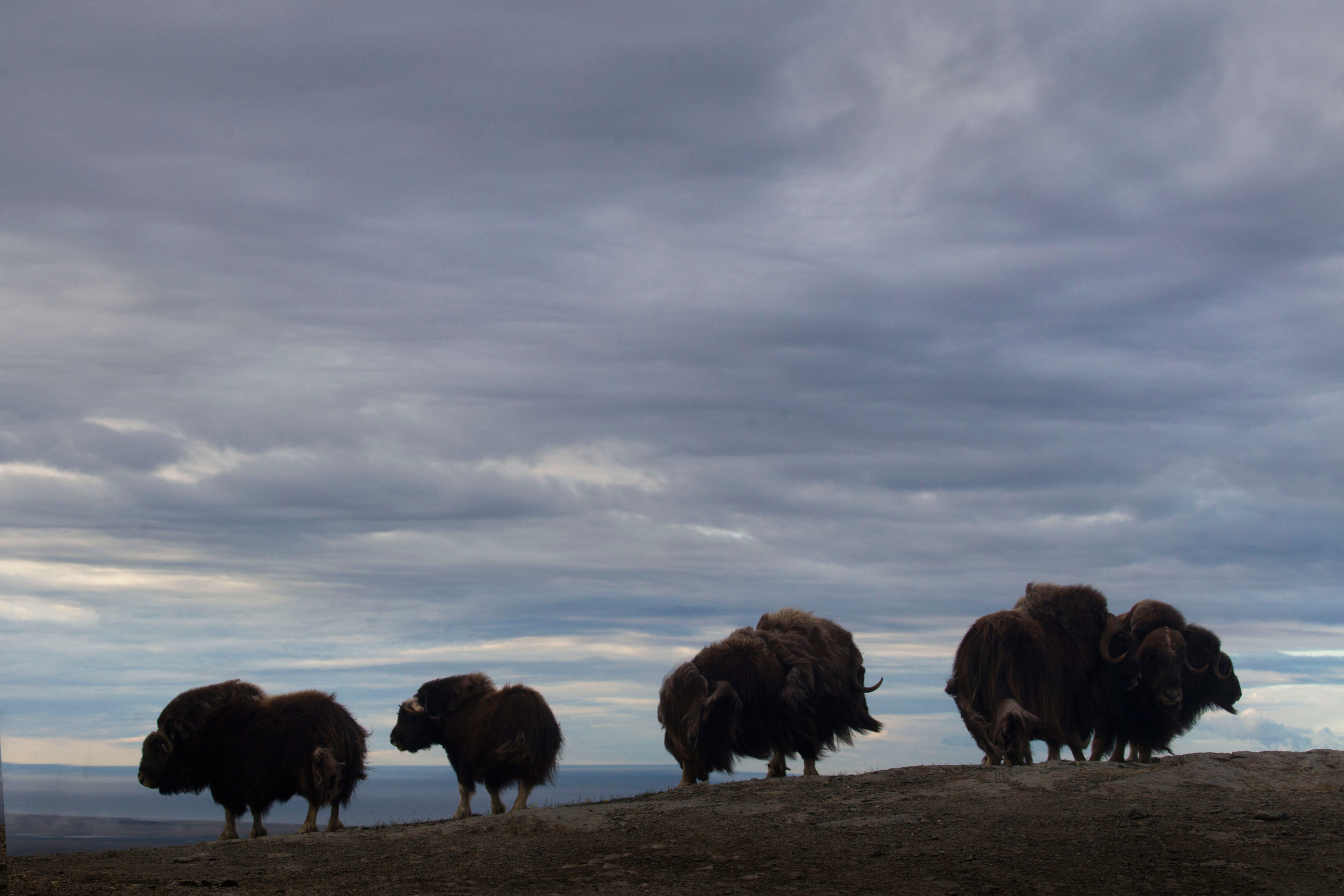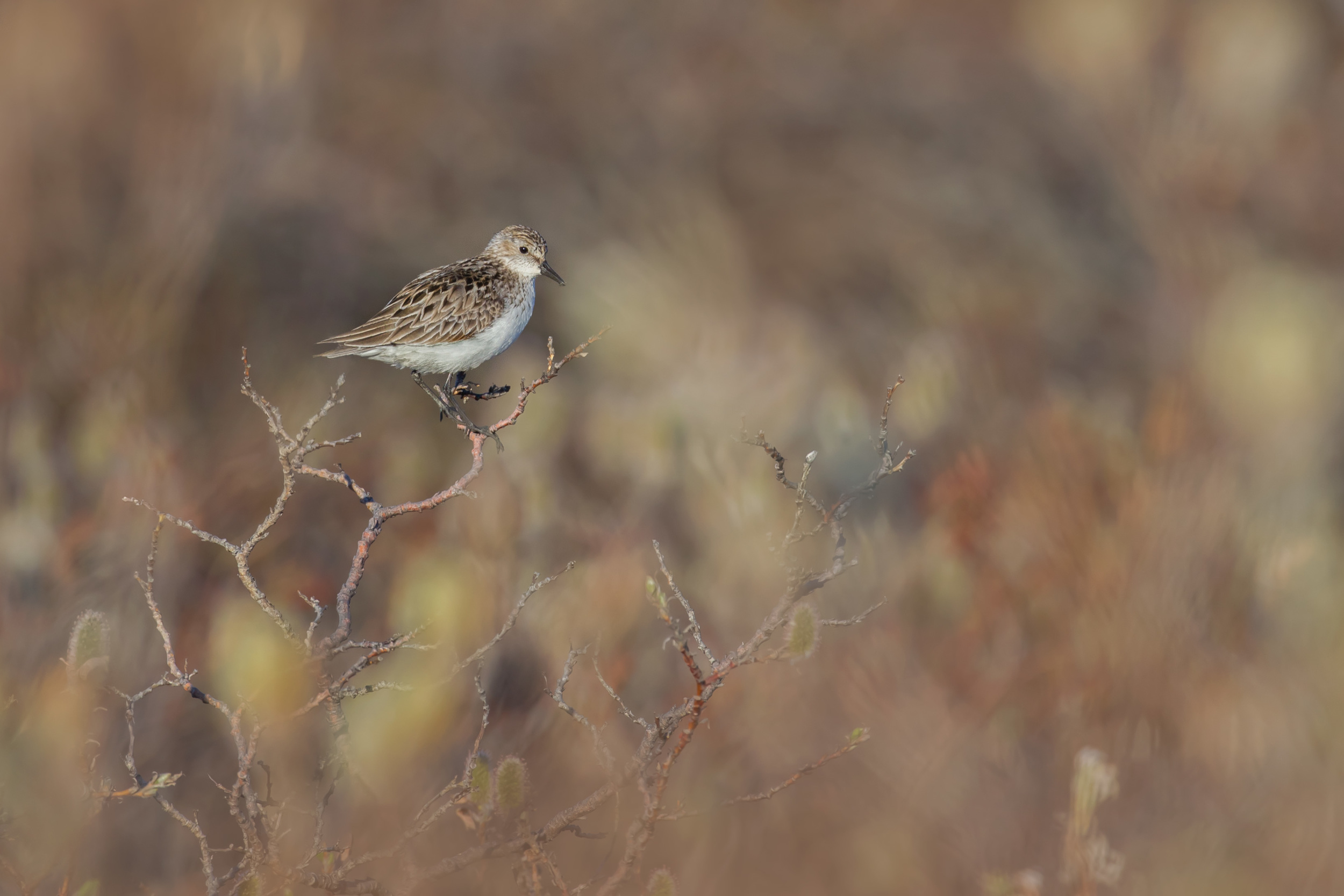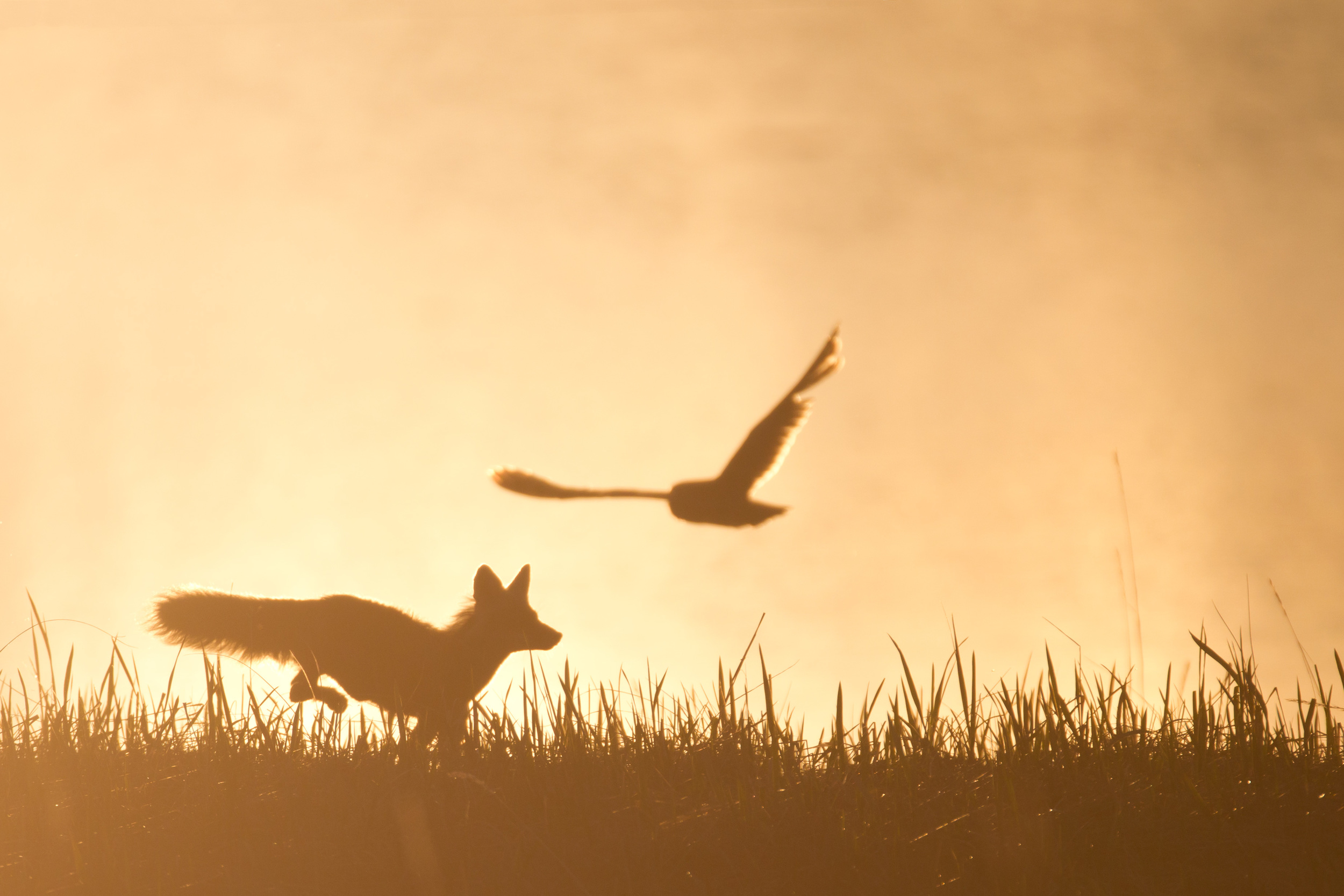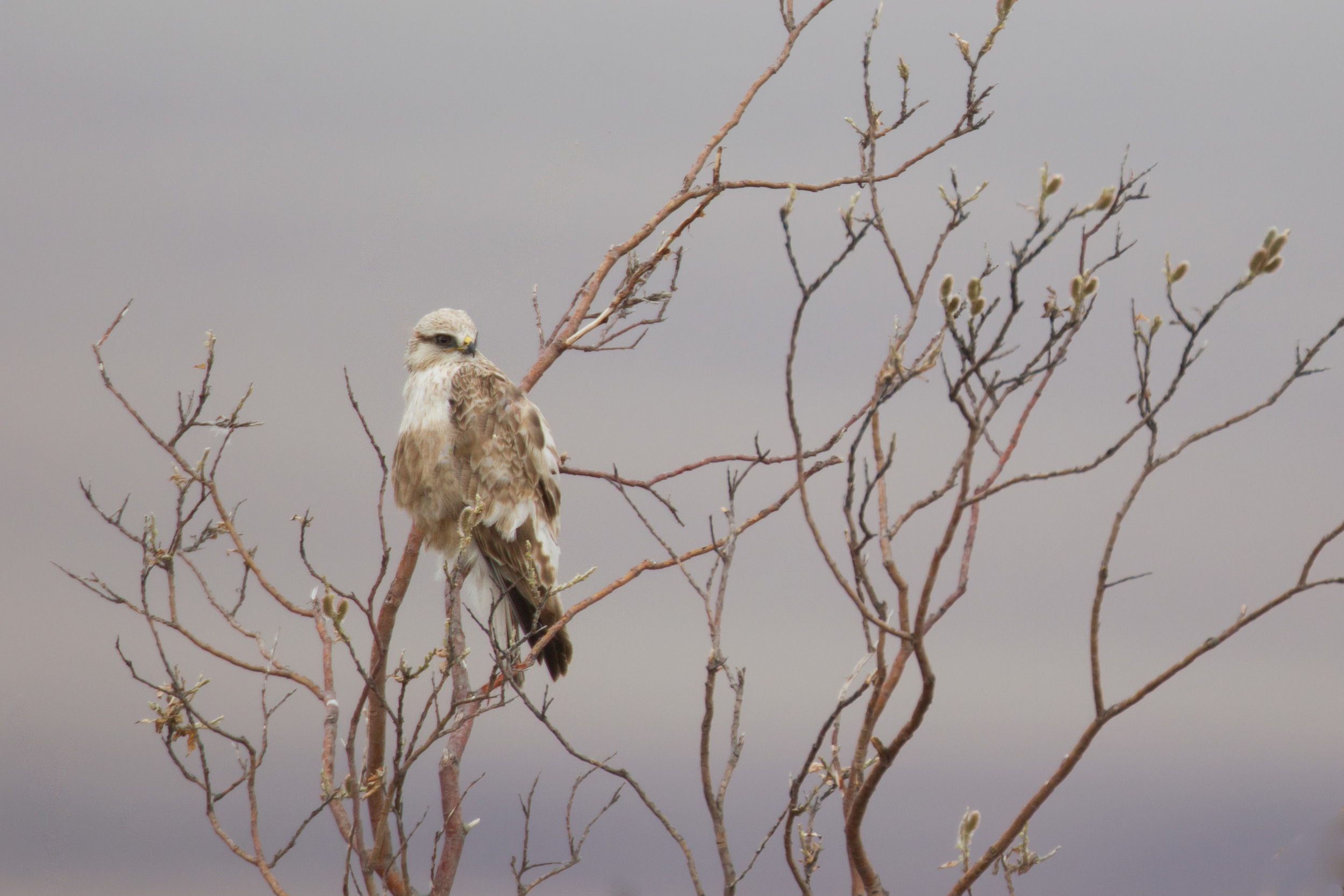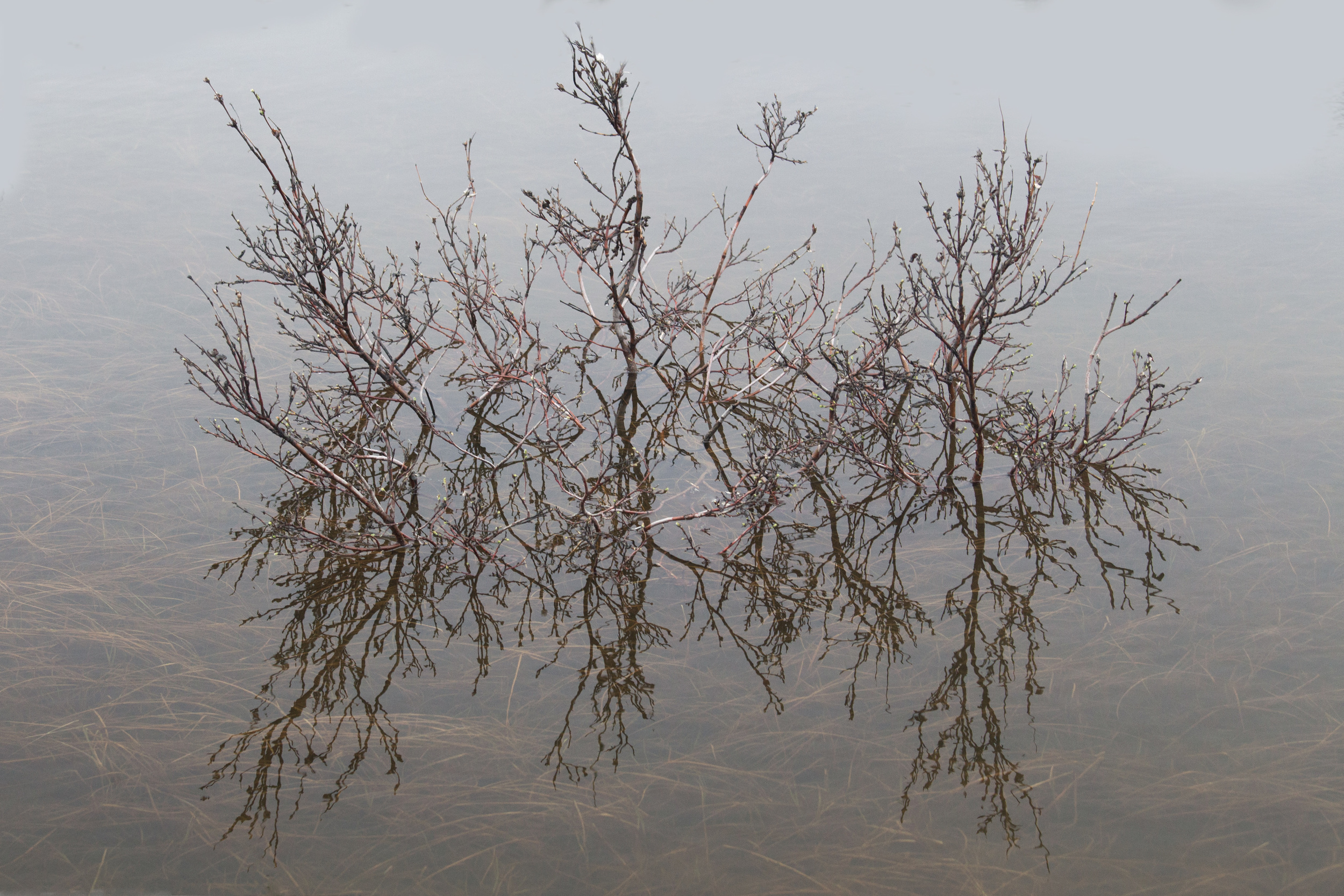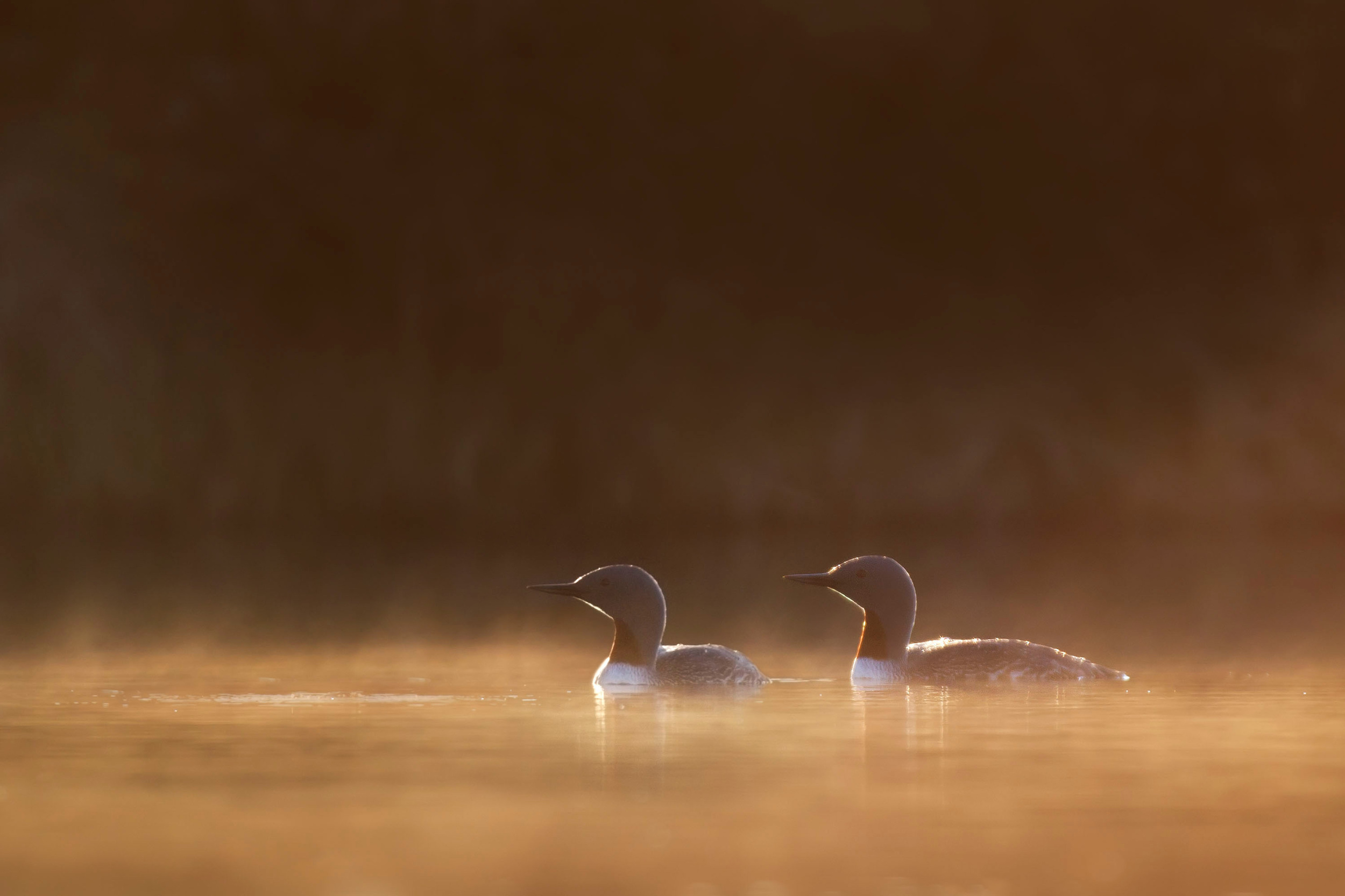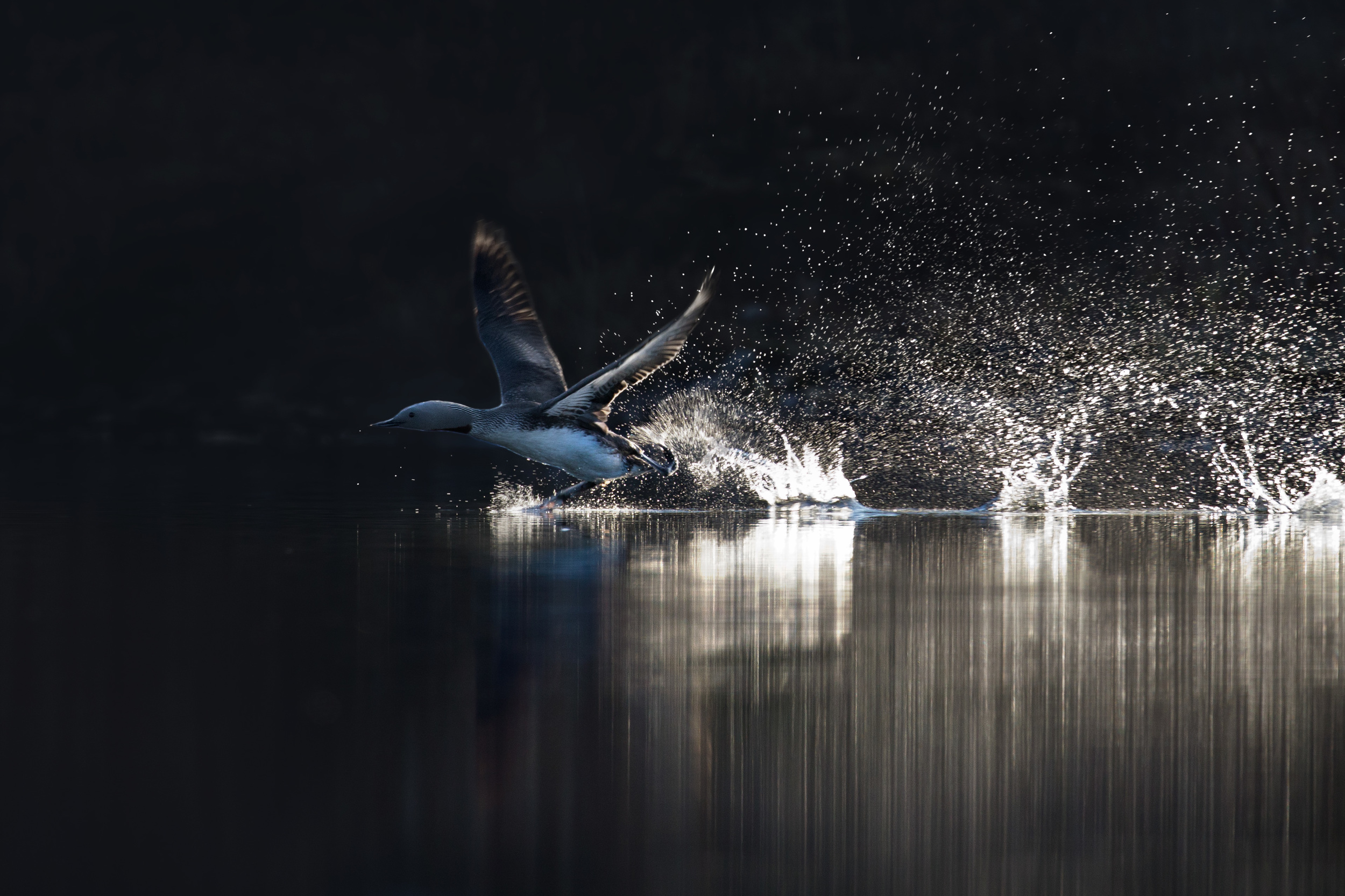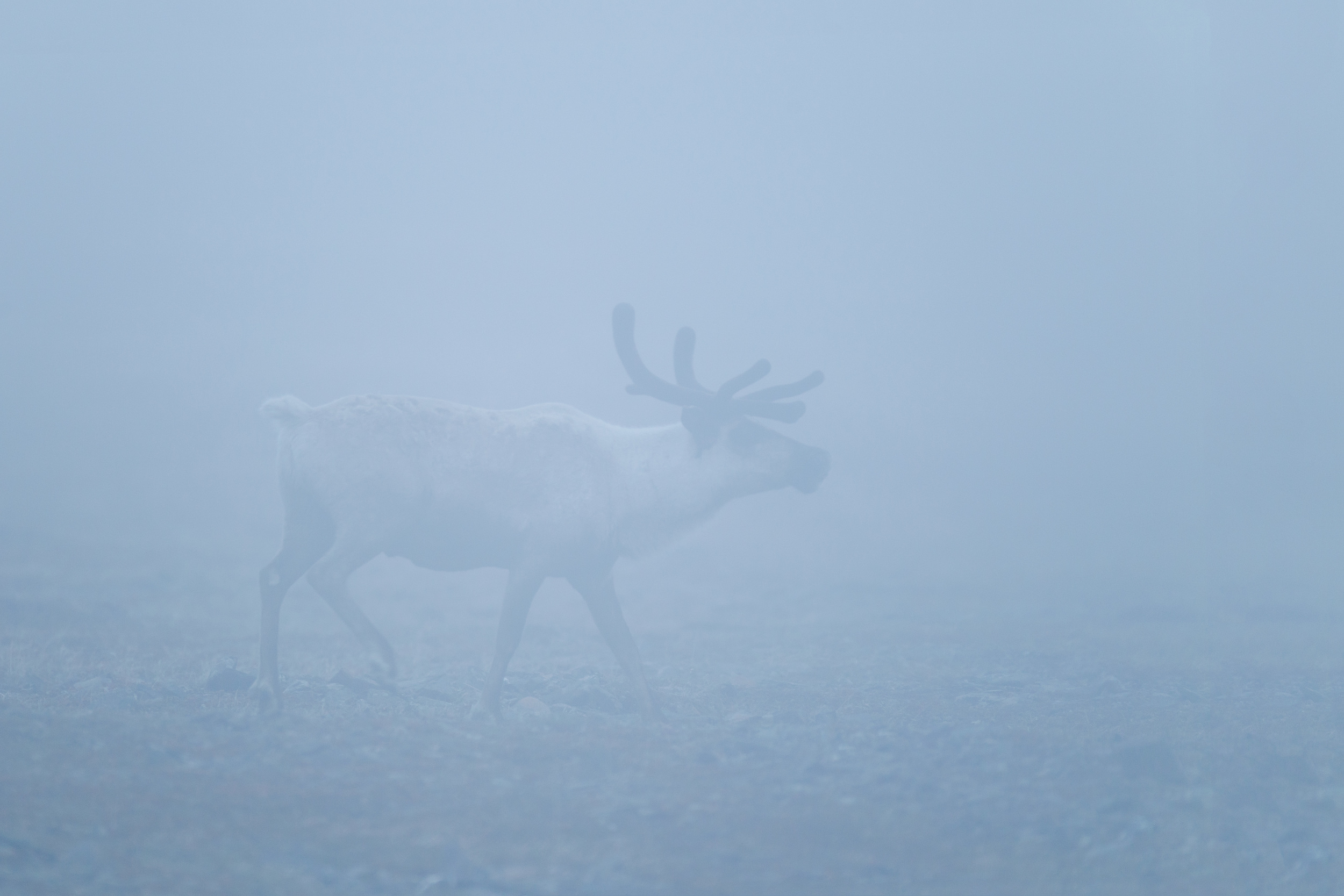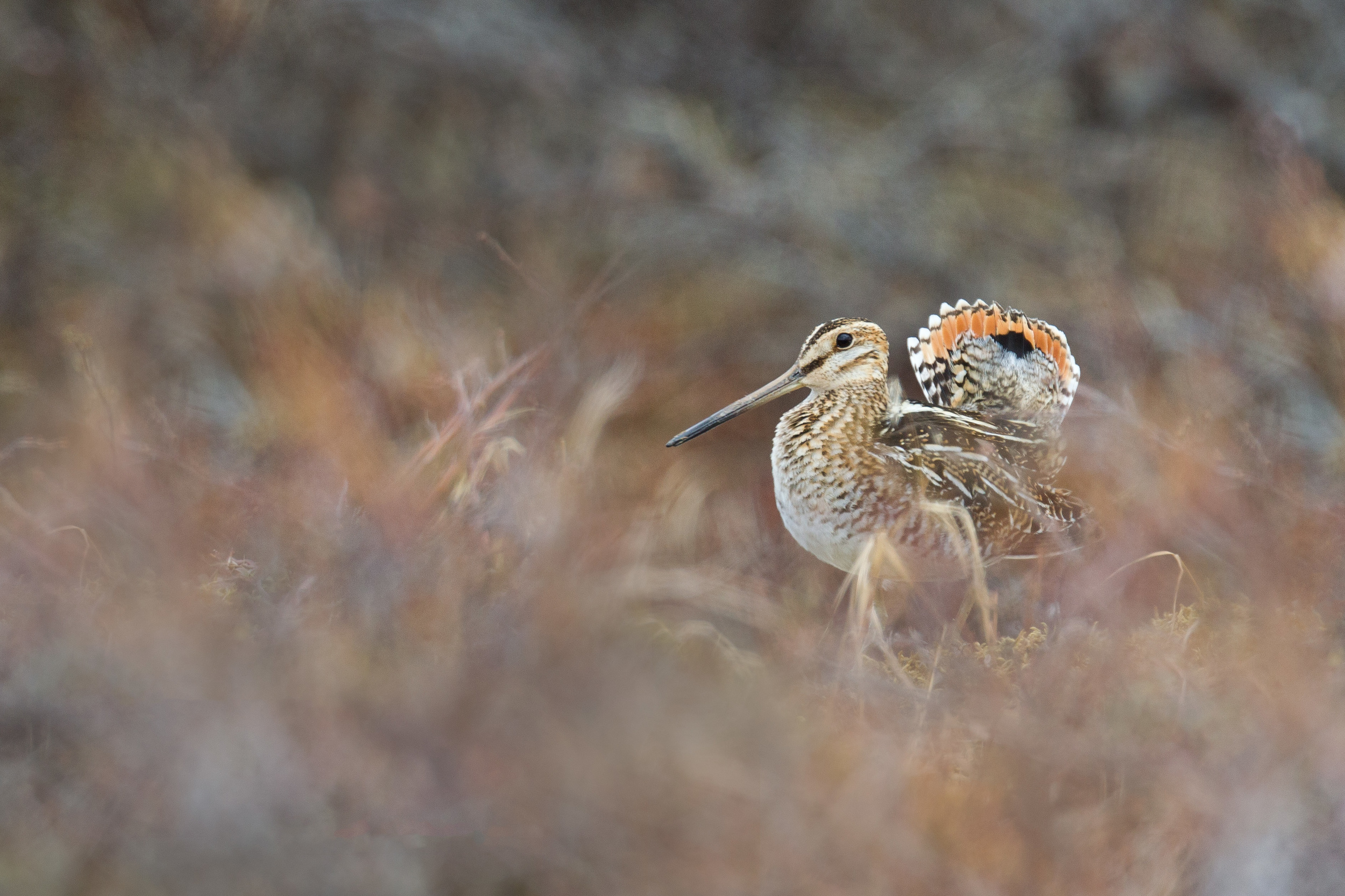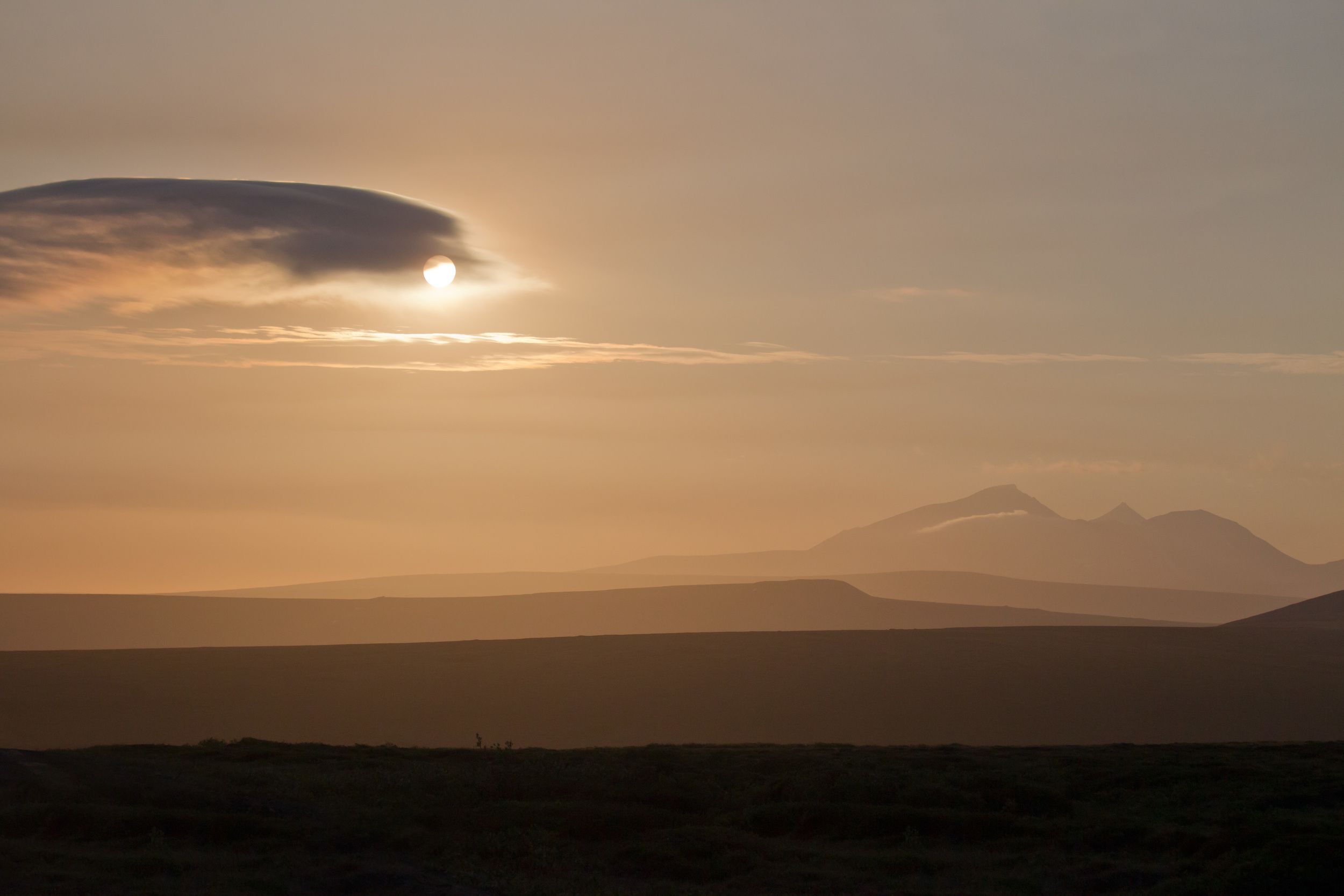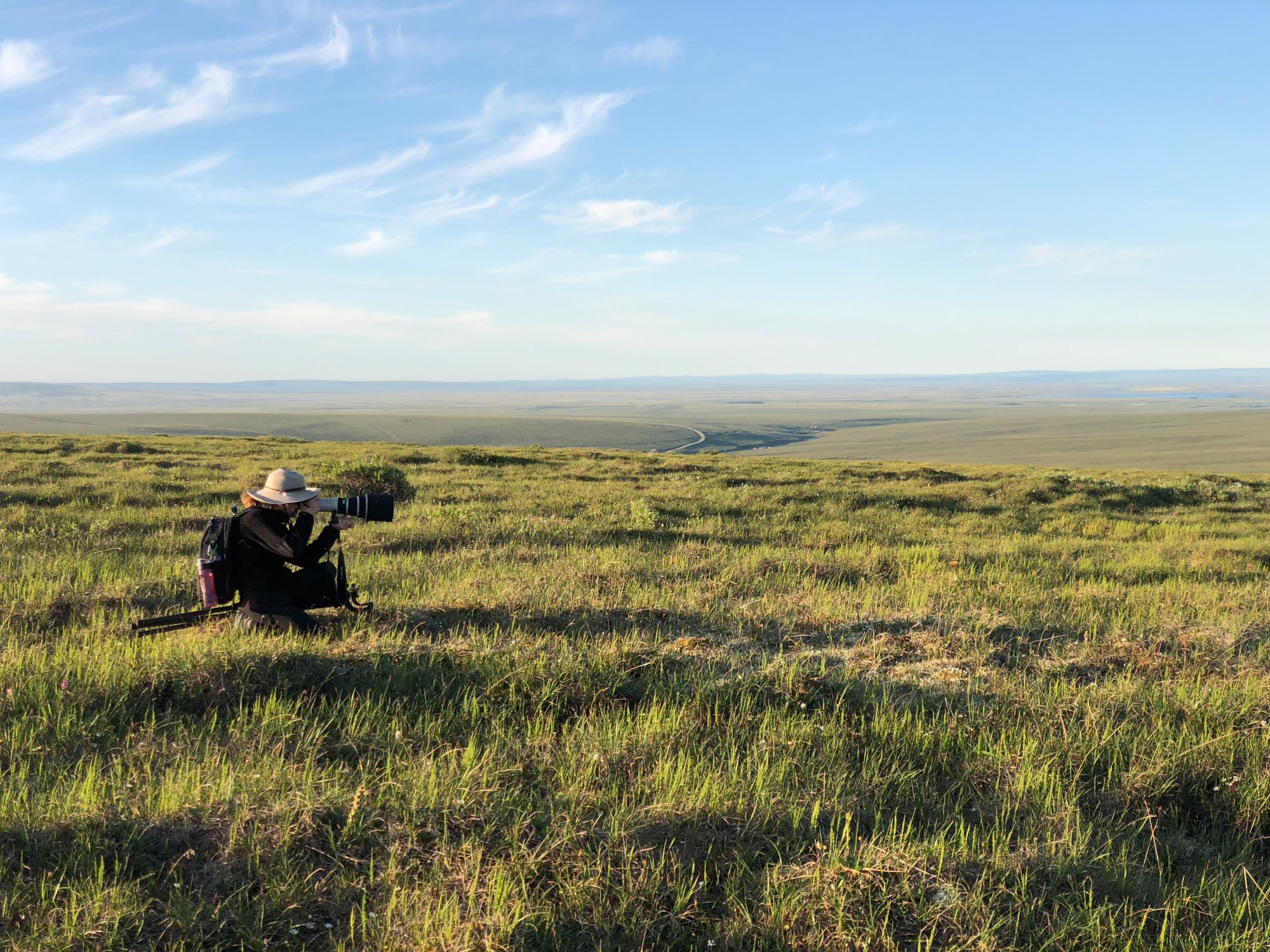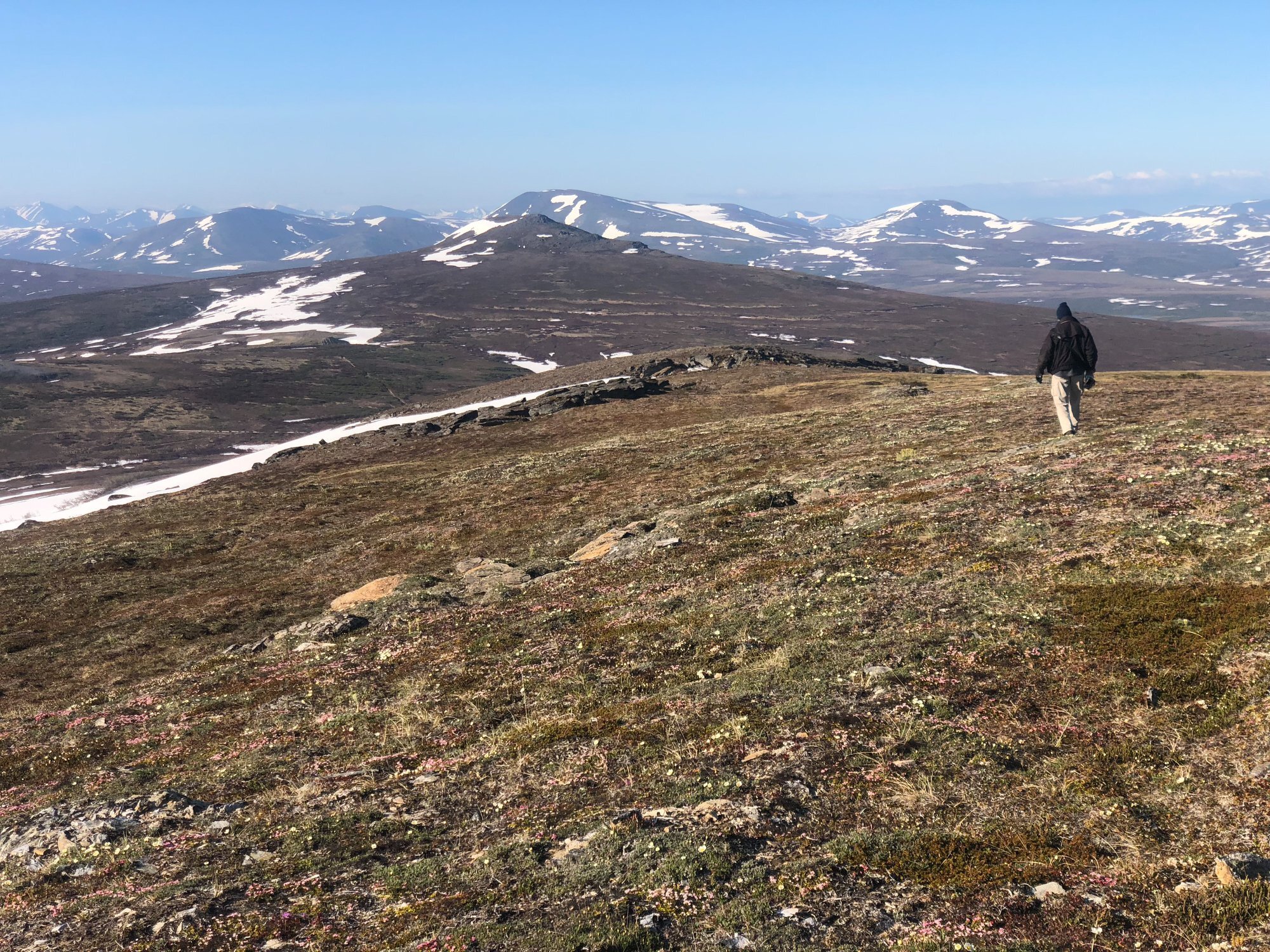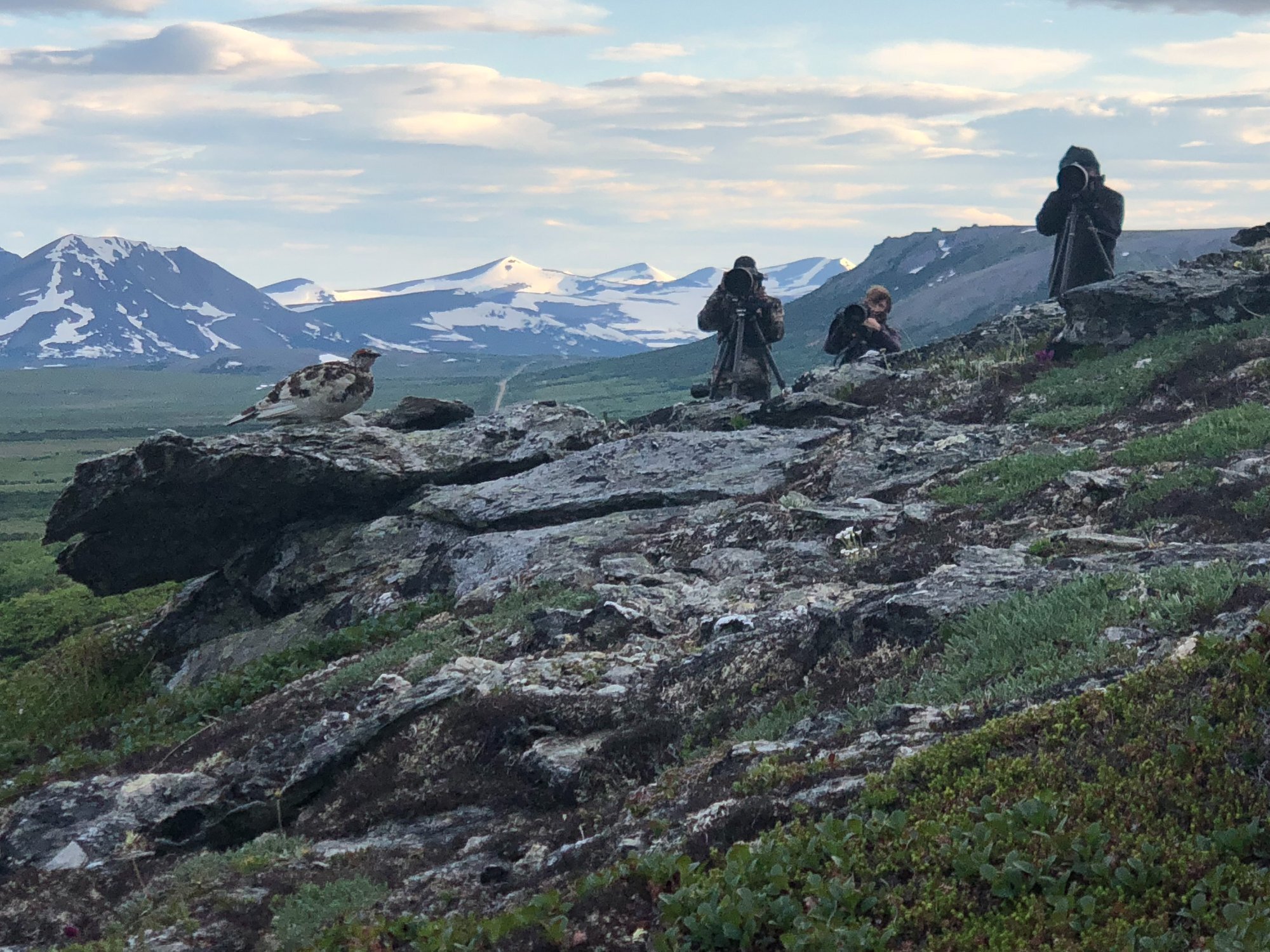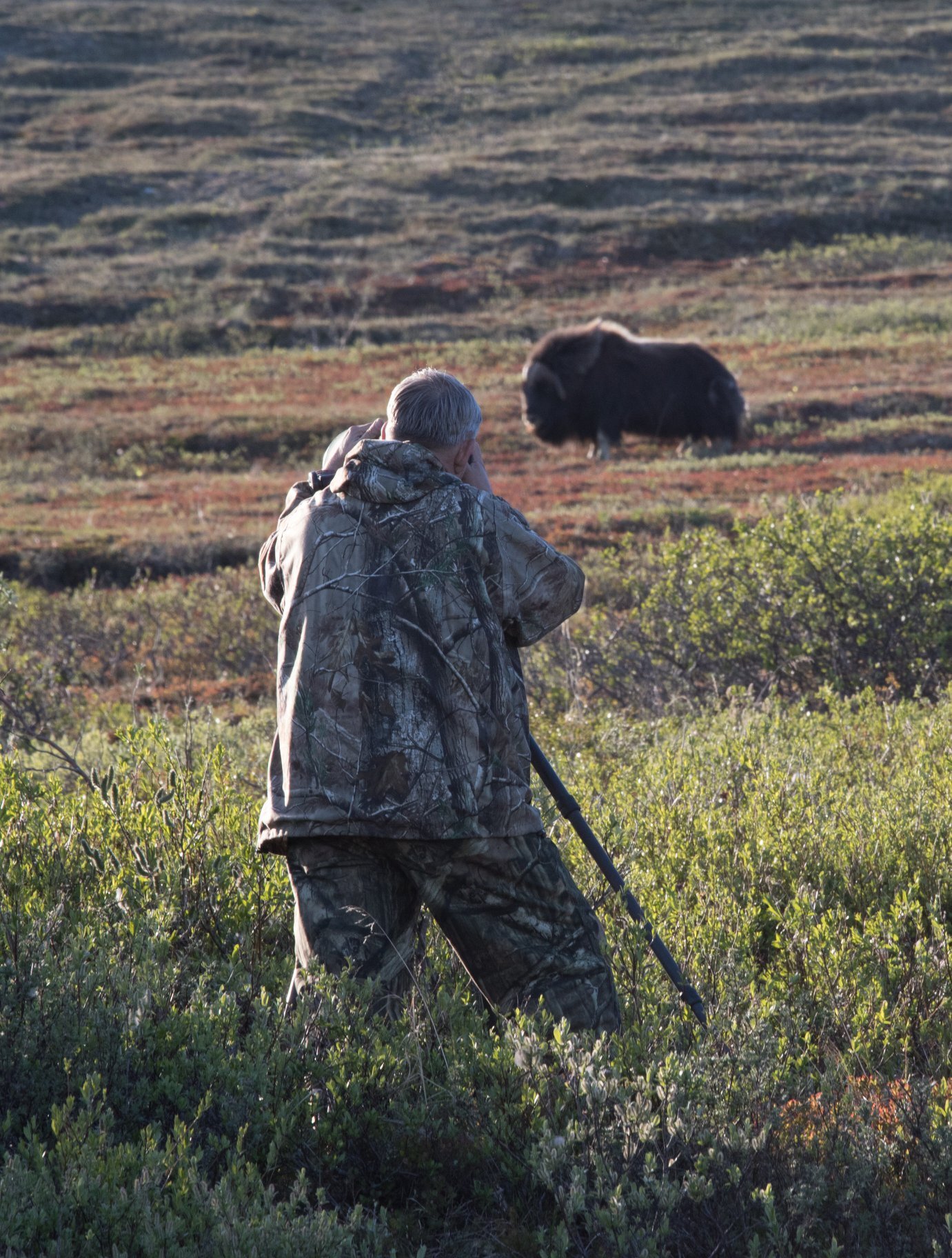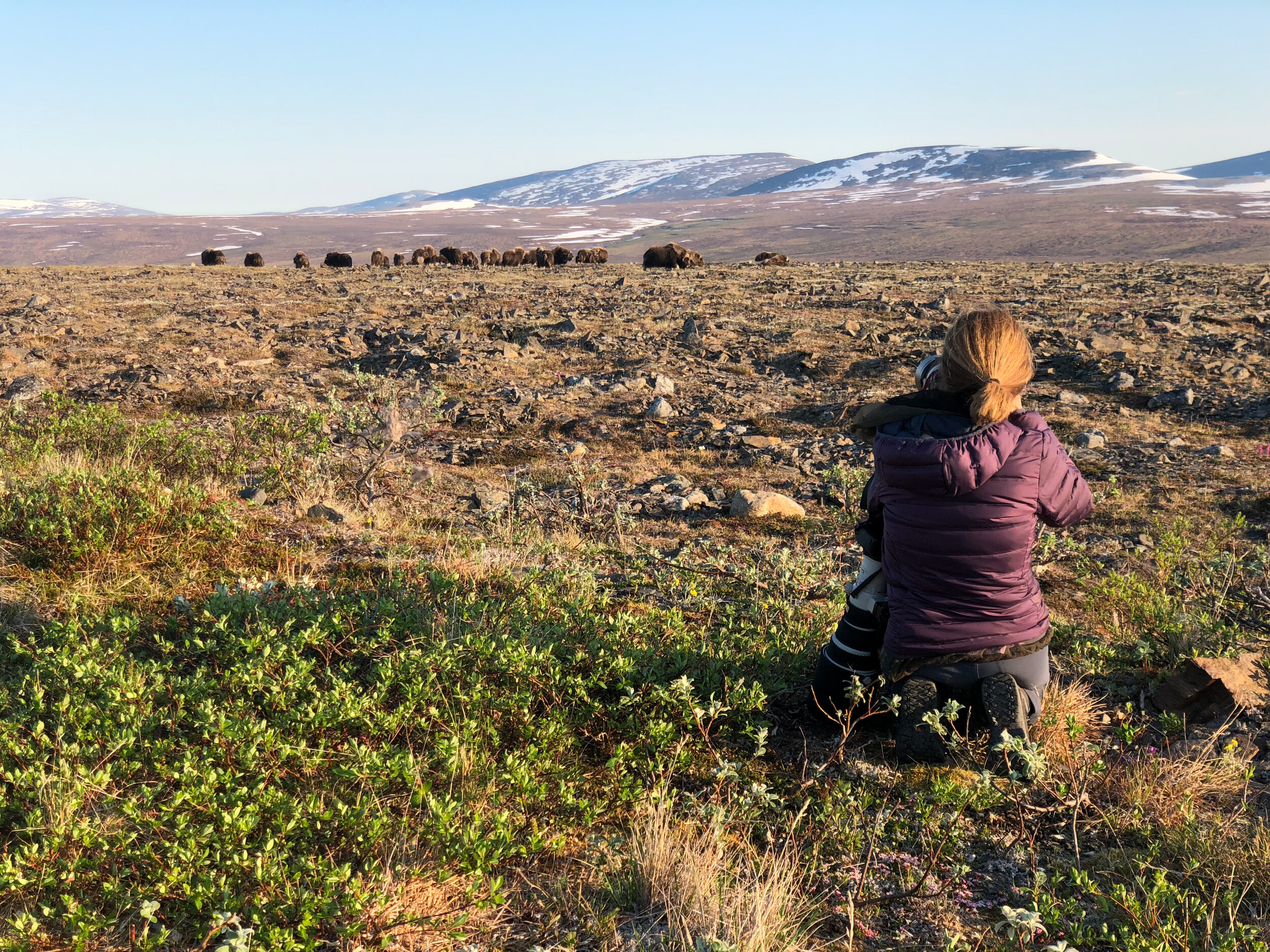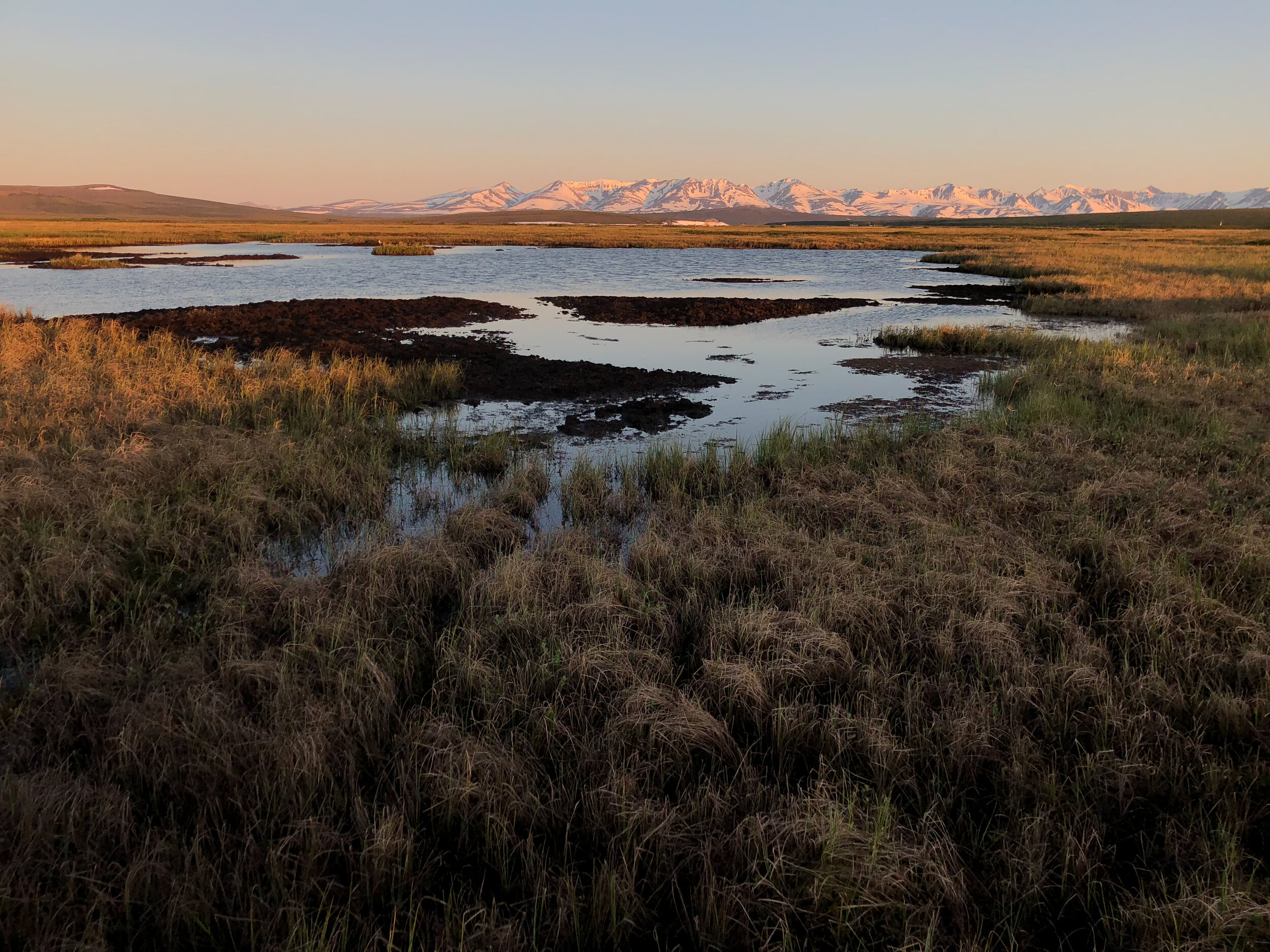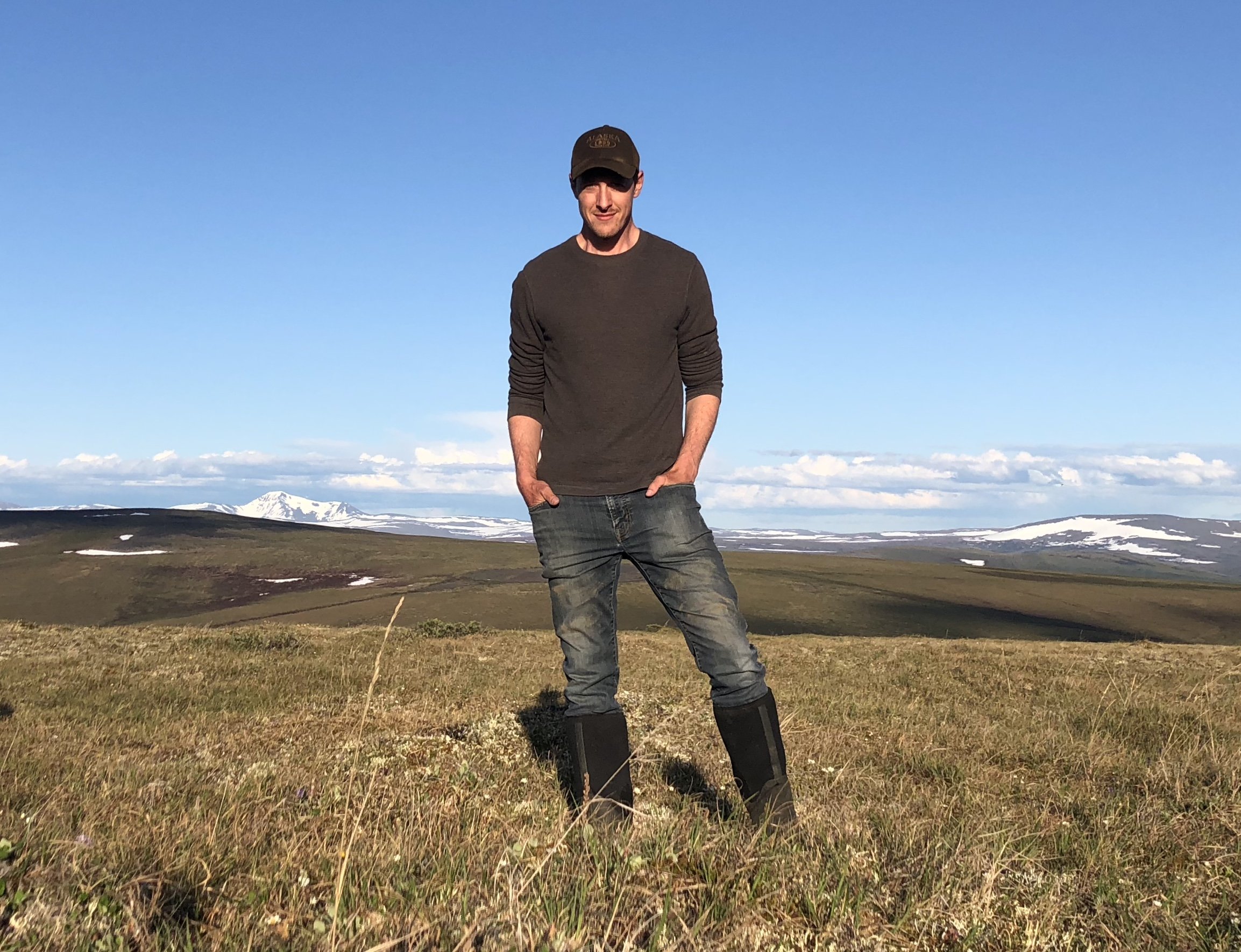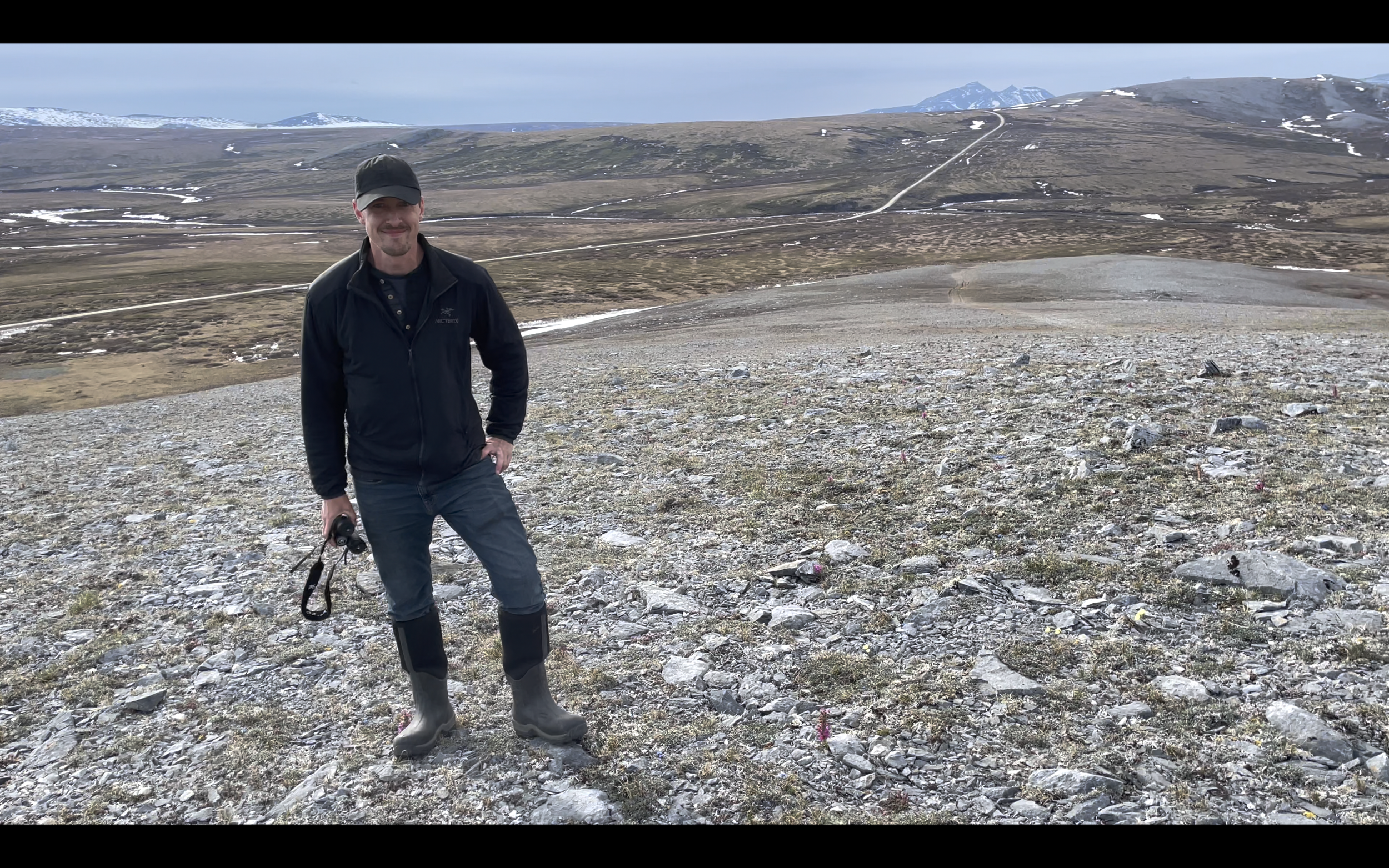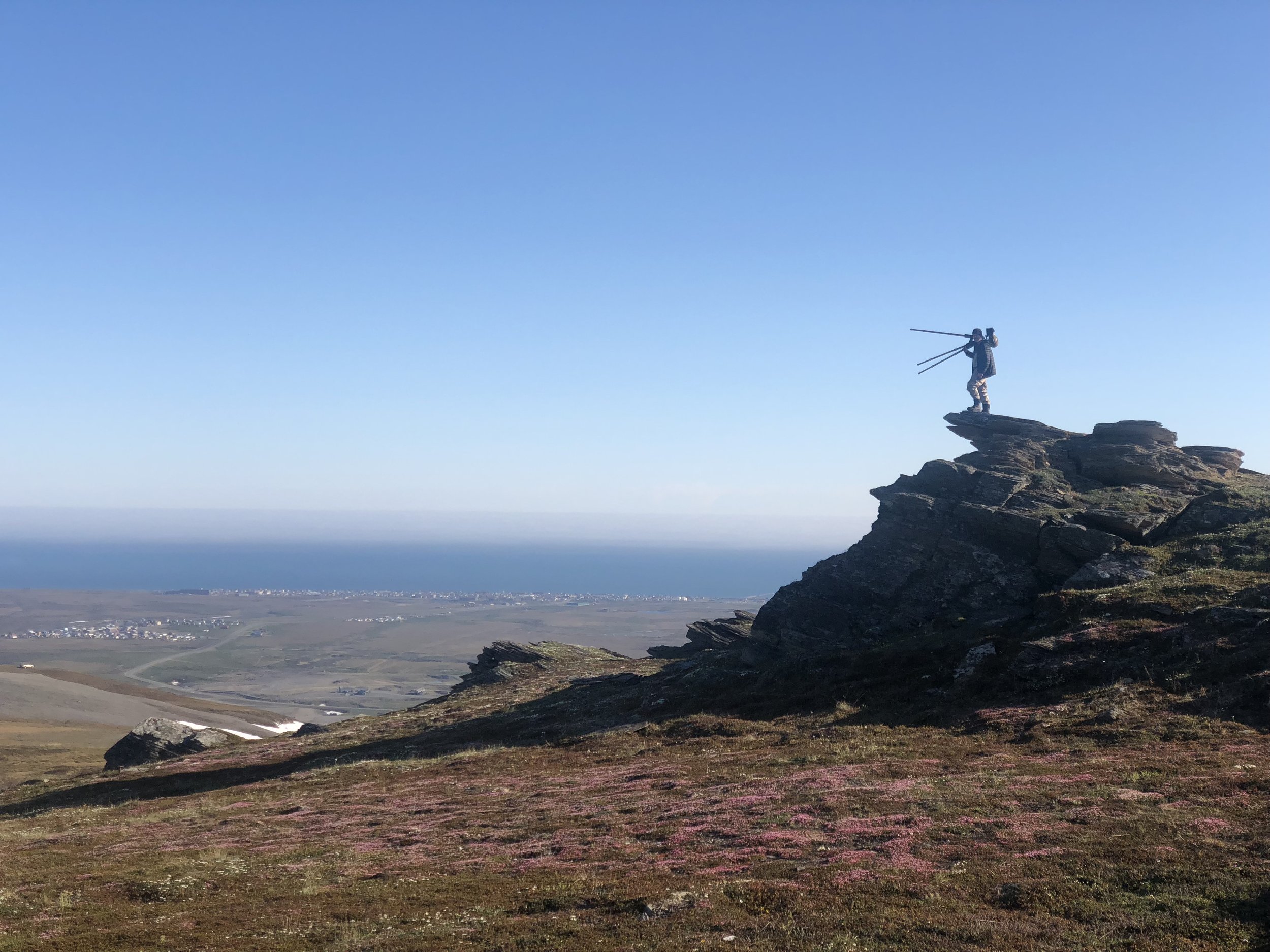Nome, Alaska 2025
Dates: June 7 - 12, 2025
Fee: $4600 includes 6 days total shooting in the field, ground transportation, I'll help coordinate your hotel reservation as well. The photo tour fee does not cover hotel or meals during the photo tour.
Deposit / hotel cost: $2280 - this SHOULD completely cover your hotel cost from the day before the trip starts through the morning after, but if the hotel raises their rates by more than $100 I will send you a bill for the balance. Inflation has made this difficult to predict so far in advance.The hotel fee is separate from the tour fee of $4600 which will be due 180 days before the trip begins. If you prefer to book and pay for your own room elsewhere let me know and your balance will decrease accordingly.
From: Nome, Alaska
Leader: Matthew Studebaker. With fifteen years of leading trips to Nome, it is Matthew’s goal is to be far and away the world expert at photographing birds and wildlife in Nome.
Target group size: 5
Photograph Bluethroats and warblers in willow thickets, arctic tundra nesting shorebirds, and Asian strays all in the same day. Nome is incredibly beautiful and diverse. Almost 200 miles of roads lead out of the main city. I know where and when to photograph each specialty species. As a birder as well as a photographer, I have all the bird songs memorized in order to quickly locate birds for the group. I promise to work tirelessly to create photogenic situations, set-ups, and get the group close to the target species. 2024 will be my 14th year photographing in Nome and I can’t wait to go back and share it with you.
Travel considerations: Fly into Nome, AK
Equipment: I recommend bringing a digital SLR with matching lens. On this photo tour, the longer your lens the easier it will be to make outstanding photos. Anything less than a 500mm prime lens will probably not be enough.
Physical Activity Requirements: Moderate activity. Much of the shooting will be within a hundred feet of the car, but on occasion we may need to venture up to 1/4 mile from the road. You don't have to be an athlete, but if you aren't in good physical condition this photo tour is not for you. If you have knee or back problems, or have difficulty walking while carrying your equipment, this photo tour is probably not for you. The sun in Nome only sets for a couple hours, and it's never quite dark. In order to take advantage of the best light, our shooting schedule wil involve splitting up the day's sleep into a short night's sleep, and then a longer mid-day's rest in the afternoon. Participants are required to bring chest waders. If anyone feels uncomfortable wading in knee deep water they may opt to stay in the van during our few photo shoots which require getting in the water (for Red-throated Loons, Long-tailed Ducks, and a few other species). All the other species can be photographed on dry land.
Click here to see photos by Tom Ingram from our 2017 Nome trip
Click here to see photos by Grace Scalzo from our first 2013 Nome trip here
Click here to see photos by Bill Pohley from our second 2014 Nome trip
Click here to see photos by Dan Behm from our first 2013 Nome trip
Click here to see photos by Alex Antal from our second 2014 Nome trip
Click here to see photos by Chantal Jacques from our first 2014 Nome trip
Click here to see photos by Angela McCain from our 2015 Nome trip
Check out the gallery below for some additional beautiful images by past participants on the Nome Photo Tour:
Likely Species on the Nome Birds Workshop - species in bold are species we are most likely to photograph
Tundra Swan (Cygnus columbianus))
American Wigeon (Anas americana)
Northern Pintail (Anas acuta)
Green-winged Teal (Anas crecca)
Greater Scaup (Aythya marila)
Harlequin Duck (Histrionicus histrionicus)
Long-tailed Duck (Clangula hyemalis)
Red-breasted Merganser (Mergus serrator)
Willow Ptarmigan (Lagopus lagopus)
Rock Ptarmigan (Lagopus muta)
Red-throated Loon (Gavia stellata)
Pacific Loon (Gavia pacifica)
Red-necked Grebe (Podiceps grisegena)
Black-bellied Plover (Pluvialis squatarola)
American Golden-Plover (Pluvialis dominica)
Pacific Golden-Plover (Pluvialis fulva)
Semipalmated Plover (Charadrius semipalmatus)
Wandering Tattler (Tringa incana)
Whimbrel (Numenius phaeopus)
Bristle-theighed Curlew
Wilson's Snipe
Bar-tailed Godwit (Limosa lapponica)
Ruddy Turnstone (Arenaria interpres)
Semipalmated Sandpiper (Calidris pusilla)
Western Sandpiper (Calidris mauri)
Rock Sandpiper
Surfbird
Red Knot
Red-necked Phalarope (Phalaropus lobatus)
Short-billed Gull (Larus canus)
Glaucous Gull (Larus hyperboreus)
Aleutian Tern (Onychoprion aleuticus)
Arctic Tern (Sterna paradisaea)
Parasitic Jaeger (Stercorarius parasiticus)
Long-tailed Jaeger (Stercorarius longicaudus)
Short-eared Owl (Asio flammeus)
Northern Shrike (Lanius excubitor)
Common Raven (Corvus corax)
Horned Lark (Eremophila alpestris)
Cliff Swallow (Petrochelidon pyrrhonota)
Arctic Warbler (Phylloscopus borealis)
Bluethroat (Luscinia svecica)
Northern Wheatear (Oenanthe oenanthe)
Gray-cheeked Thrush (Catharus minimus)
Eastern Yellow Wagtail (Motacilla tschutschensis)
American Pipit (Anthus rubescens)
Orange-crowned Warbler (Vermivora celata)
Yellow Warbler (Dendroica petechia)
Blackpoll Warbler (Dendroica striata)
Northern Waterthrush (Seiurus noveboracensis)
Wilson's Warbler (Wilsonia pusilla)
American Tree Sparrow (Spizella arborea)
Savannah Sparrow (Passerculus sandwichensis)
Fox Sparrow (Passerella iliaca)
White-crowned Sparrow (Zonotrichia leucophrys)
Golden-crowned Sparrow (Zonotrichia atricapilla)
Lapland Longspur (Calcarius lapponicus)
Snow Bunting (Plectrophenax nivalis)
Rusty Blackbird (Euphagus carolinus)
Common Redpoll (Carduelis flammea)
Hoary Redpoll (Carduelis hornemanni)
Trip Details:
Flights – Nome airport (airport code OME) has several 737 flights per day from Anchorage or Fairbanks. Flying to Nome should be easy. Please arrive the day before the trip begins (or earlier) and fly out the day after the trip ends (or later). We will be taking photos all day for the entire day on each scheduled tour date.
Waders: We will only NEED waders about 5-10% of the time for photographing loons, grebes, and maybe a few shorebirds. When we do wade into ponds and lakes I don't intend to get deeper than about two feet, but I recommend chest waders so that we can set our cameras low to the water and can crouch down and photograph at a low angle. Even when we are photographing on top of a small mountain the tundra still tends to be spongy so it is vital that your hiking boots are waterproof. I found a very comfortable pair of canvas waders this year. They feel more like wearing jeans, so I may opt to wear those more often that not just so that I can sit or kneel down without getting wet. If you don't plan on wearing waders most of the time, I at least strongly recommend just bringing a pair in the car with you. One year I wore neoprene waders and I hated them. They restricted movement and were heavy and uncomfortable. I recommend going to your local sporting goods store and trying on several different types to find a comfortable pair before making a selection if you haven't already.
Boots: As mentioned, a pair of sturdy, waterproof hiking boots will be a welcome break from the waders at times we are staying higher and drier but the waders should be close at hand (ie. in the van) at all times as the tundra is generally wet due to the permafrost. If possible, something higher than your ankles will be necessary Some years the tundra can be a little sloppy. I prefer “muck boots” or something that goes to mid-calf. Neos work well. It’s not always necessary but I have had a couple people get wet shoes over the last couple years when wearing only waterproof low profile shoes.
Jacket: Waterproof and breathable are imperative. Bring a jacket that is large enough to layer under and light enough to be worn on warmer days. Make sure your jacket (and all outerwear) is not white, reflective, or brightly colored.
Hat and Gloves: Waterproof gloves are often too bulky for operating camera controls. I prefer a light to mid weight glove for my right hand and will often wear a heavier waterproof glove on the left to aid in getting up off the wet tundra. Gloves and hats made of wind-stopper material is a plus in Nome as strong winds off the ice pack prevail when we are near town. I will be bringing at least two hats and up to 3 pairs of gloves. On warm days where mosquitoes are a problem, a good option is to bring medical latex gloves. This provides a barrier for the insects without being too warm.
Bug Spray: Could be necessary if the winds shift from the south and the temperature spikes up to near 70 degrees. Also bring a bug net for your head just in case we have an unusually warm spring and the insects are especially bad.
Eye Mask: I prefer complete darkness to sleep. The hotel will have curtains but light will still get into your rooms. If you need complete darkness to sleep definitely pack an eye mask.
Ear Plugs: We will sometimes be sleeping when most of the rest of the town will be up and about. Road noise and loud people in neighboring rooms should be planned for.
Cell Phones and Internet:
The hotel has wifi. It’s a bit on the slow side, but works fine for checking e-mail or the weather. We’ll have cell phone reception in town to about 5 miles outside town
Equipment to bring:
DSLR camera (or two)
Tripod that can get wet
Wide angle landscape lens
Super telephoto lens. Anything less than a 600mm will need a tele-extender attached.
Binoculars if desired
Weather and Schedule:
Most days it will be common to wake up in Nome and have an arctic wind which drops the temperature to the lower 30's. Traveling inland, some afternoons we could easily see the 60's or even 70's so dress in layers and be prepared for big temperature swings.
Nome is just south of the Arctic Circle so the sun does briefly set. Here is the sun data while we are there:
June: Alaska Daylight Time
SUN
Sunset 1:33 a.m.
Sunrise 4:29a.m.
Our schedule typically breaks up shooting and sleep into roughly six hour segments: Meet at 6:30 am and shoot until 12:30. Break. Then shoot again 6:30 pm to 12:30am.
Transportation and gas: that's included in the workshop fee during the scheduled trip dates. If you arrive early or want to stay late, please arrange your own transportation.
Early Arrivals: Feel free to arrive in town as early as you like and stay later. Unfortunately, I can’t accommodate early arrivals in my vehicle. I may not even have a large vehicle until the actual trip, and I won’t be doing much, if any bird photography before the photo tour starts – instead I’ll be trudging the tundra with binoculars trying to find the best places for us. Having other people along inevitably slows me down a lot as I move very fast and push very hard during my pre-trip research.
Meals: We'll be up too early to eat breakfast at a restaurant so on the first day I'll take us to the grocery store so we can buy ourselves some granola bars or cereal or whatever you like to tide yourself over in the morning until lunch. Lunch and dinner will be at one of the couple local restaurants.
Seating:
I will have two SUVs for the group so that we have plenty of room and each have our own door and window.
Learning / Slideshows:
I have good intentions and will be well prepared to have thought provoking and educational slideshows on the trip, but these will be more of a backup plan if we have heavy rain or something like that. Unless you tell me otherwise, I am presuming that everyone is taking this trip more to maximize productivity than anything else. In my experience, we'll be tired enough that if we have down time, everyone will fall asleep in about two seconds if I start yammering on about the history of 2D design and how it applies to bird photography. I will at least try to do a brief photoshop demo for some quick tips and tricks for editing the shots. I WILL try to talk about my photographic vision for each situation and spout off my camera settings in the field as well as peek over everyone's shoulder from time to time to check histograms and exposures. Aside from that, I'll need YOU to tell me if you have additional questions, learning objectives, or concerns. Photographers who take this trip usually know their way around their camera fairly well but please don't hesitate to let me know if you have questions. If I don't know the answer, I'll do my best to find out.
My job is to know the area, do many hours of research, know and be able to ID the birds instantly and understand their habitat and behaviors, drive you to the most productive areas at the right time of day, be prepared to attract the birds or assist the group in stalking them, advise on how to make the most of each photo op, ensure that everyone has their physical needs met, and ensure that everyone gets the most and highest quality images in the time we have.
Your job is to communicate your needs and have fun. No grouchy attitudes - bird photography takes optimism, and good attitudes ensure the rest of the people around you are able to have fun. I want to emphasize that each of you please communicate with me and always keep me aware of your needs.
Photographic Objectives:
This trip's date range will make it ideal for photographing most of the breeding bird species in Nome. We'll do the old "set-up and call the birds in" routine fairly often. Although birds are the star of the show in Nome, we will certainly spend a little time with the Musk Ox, Caribu, Moose, and maybe a few brief stops for some scenery. To those ends, please bring your longest lens and also a landscape lens. I don't anticipate having much of a need for mid-range lenses and I suggest only packing them if you have extra room. Please e-mail me at matthewstudebaker@gmail.com if you have any questions at all!
Cancellation Policy: Participant will receive a full refund of their deposit minus a $250 re-listing fee if we are able to fill the cancelled space. If we are unable to fill the cancelled space, we cannot issue a refund or credit of any kind.


